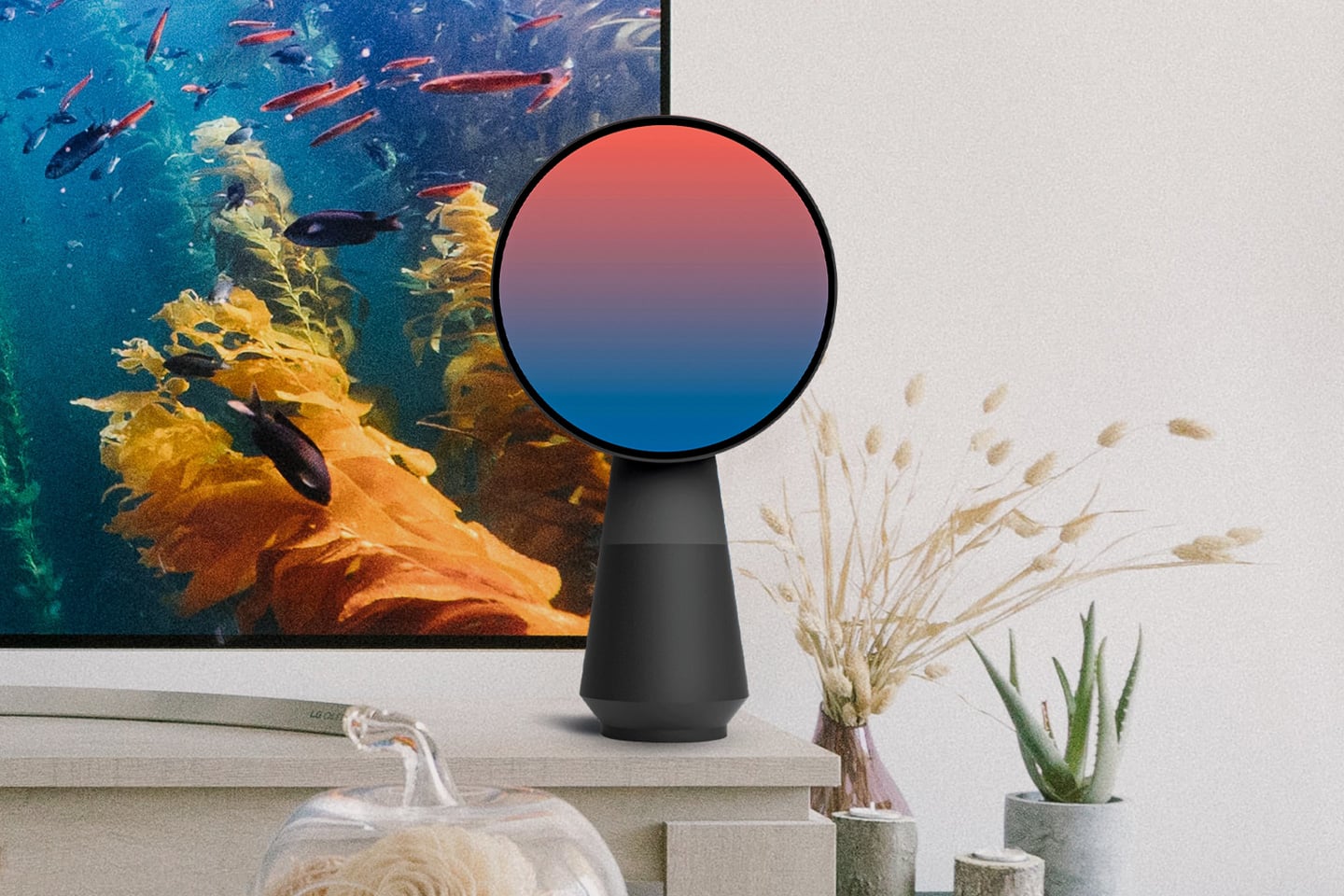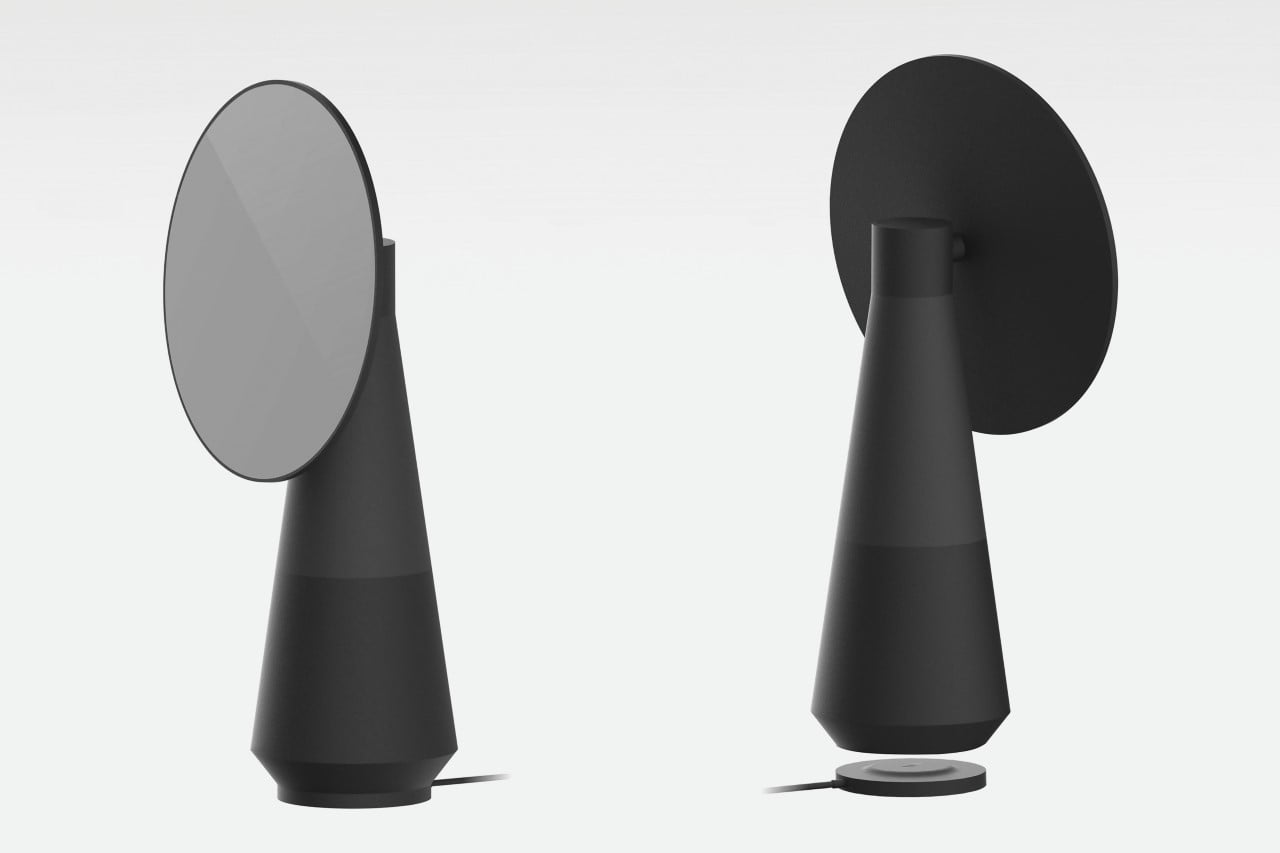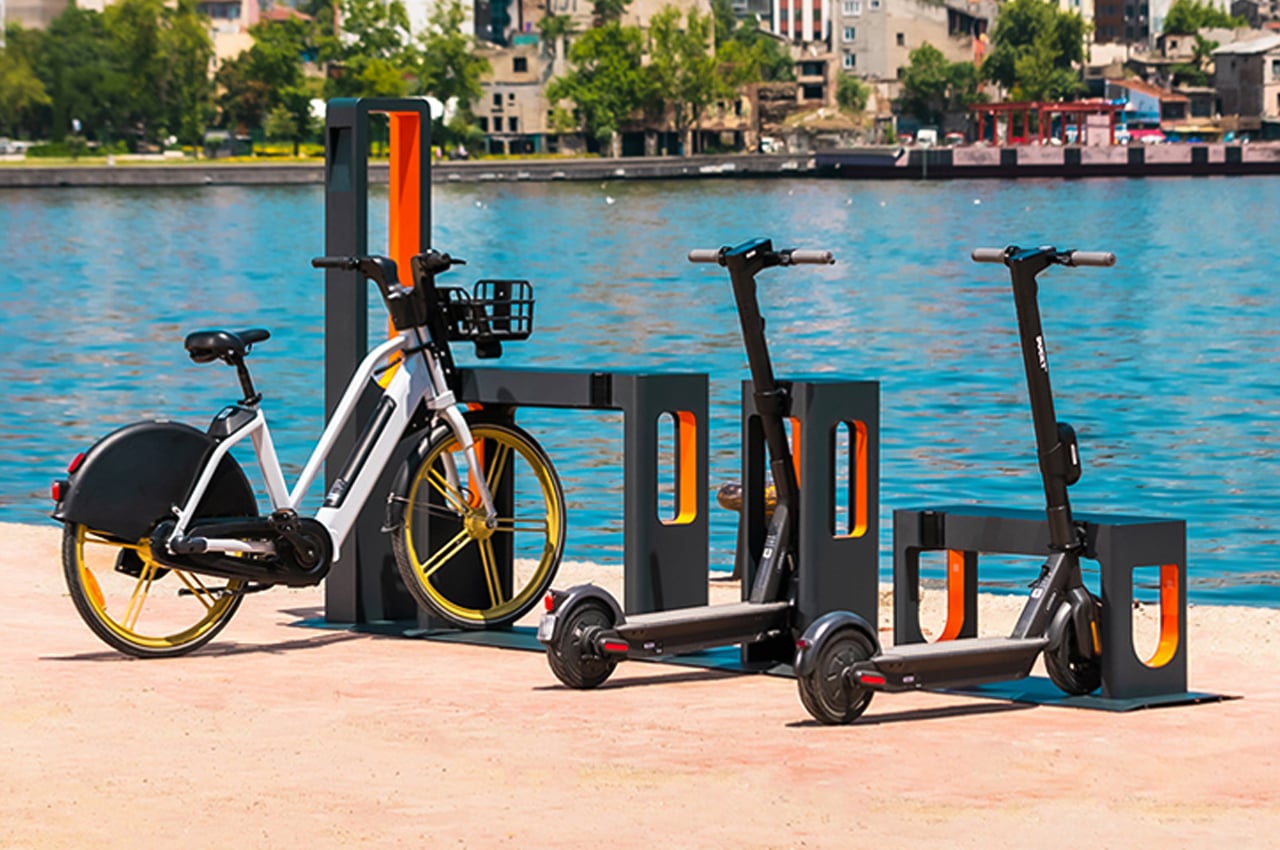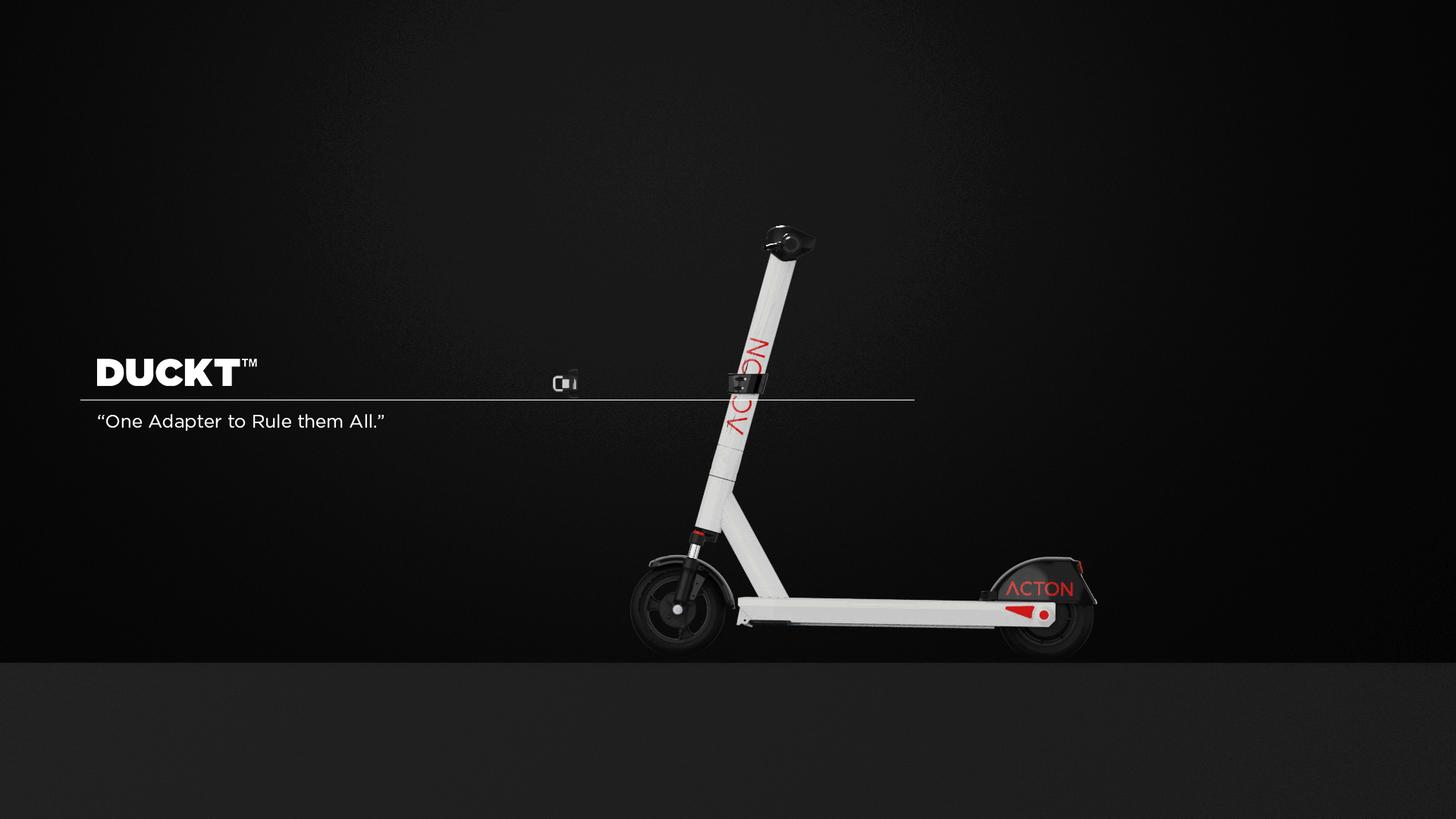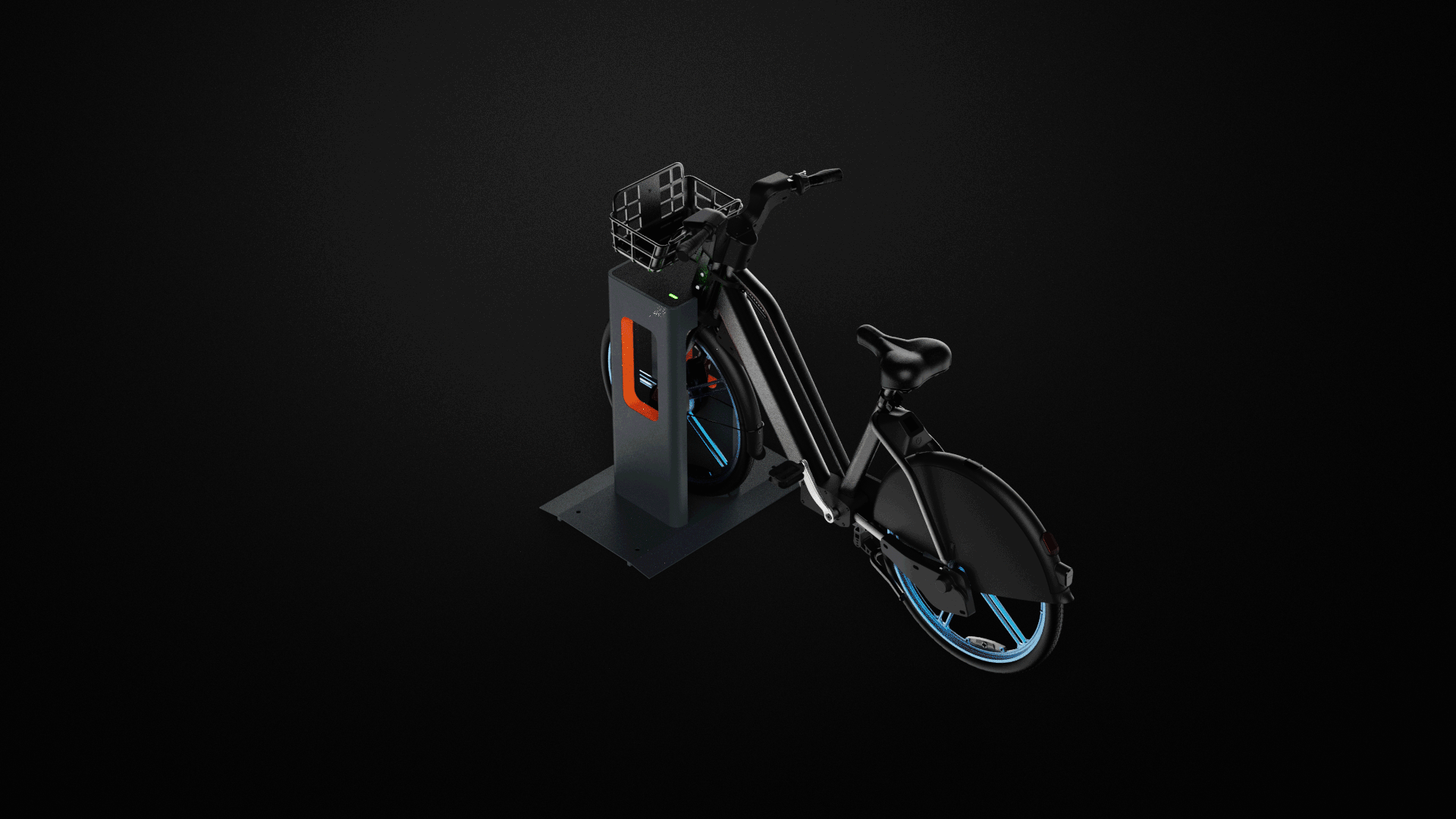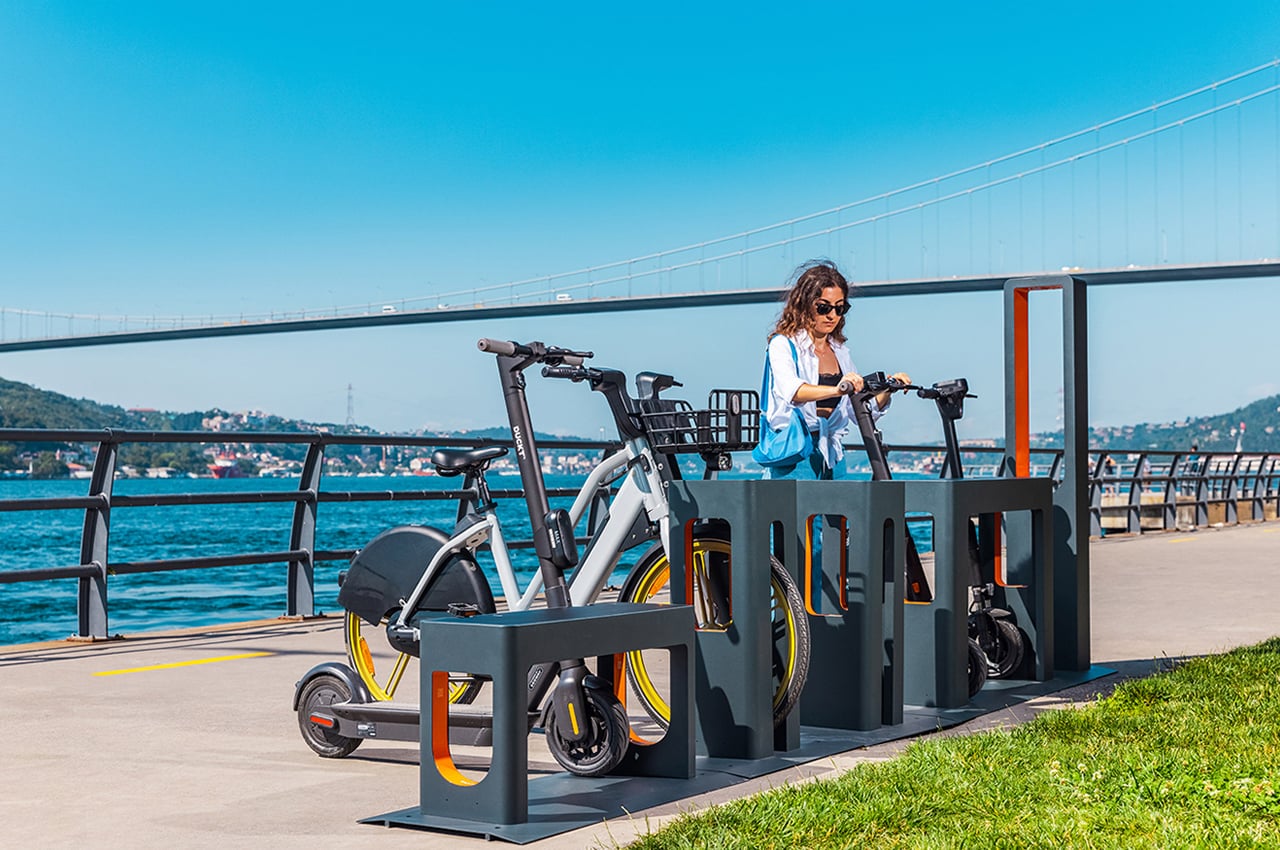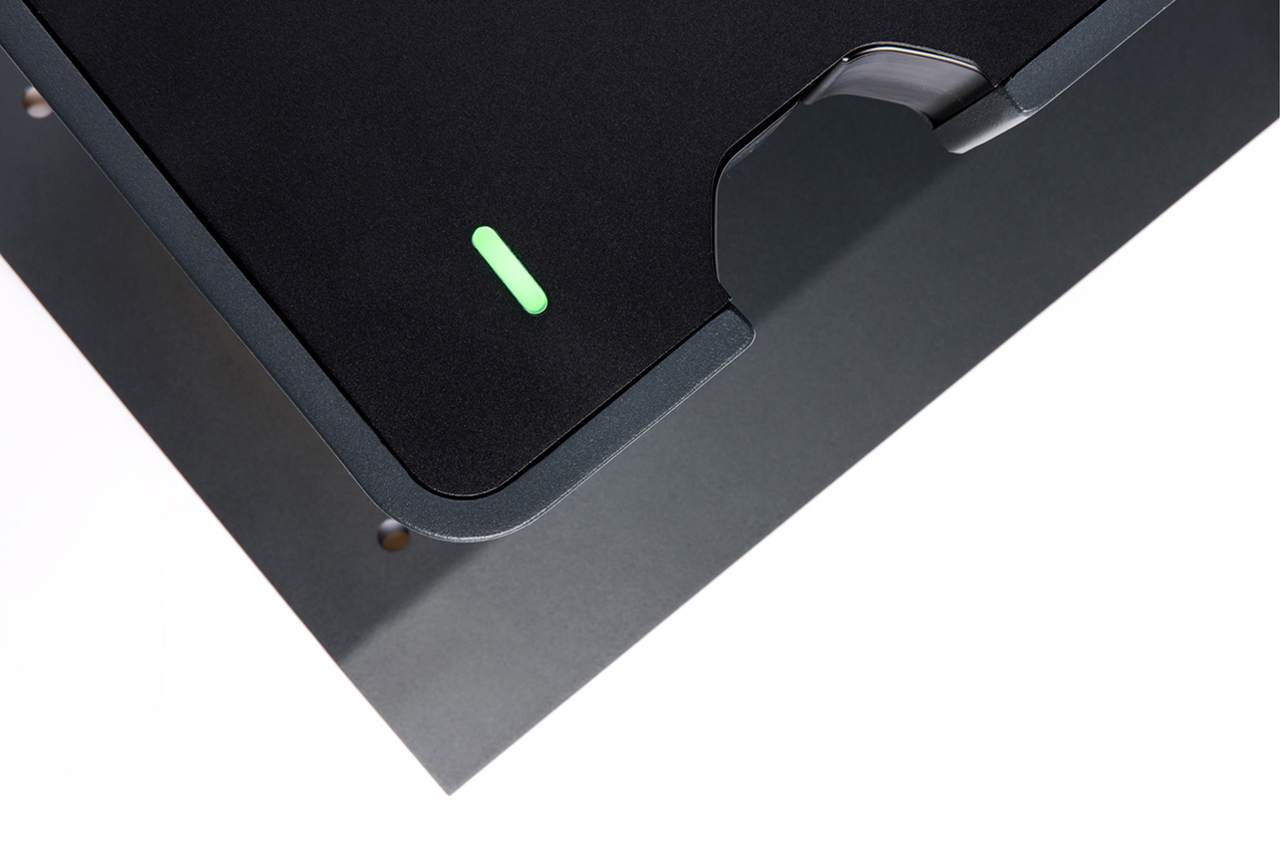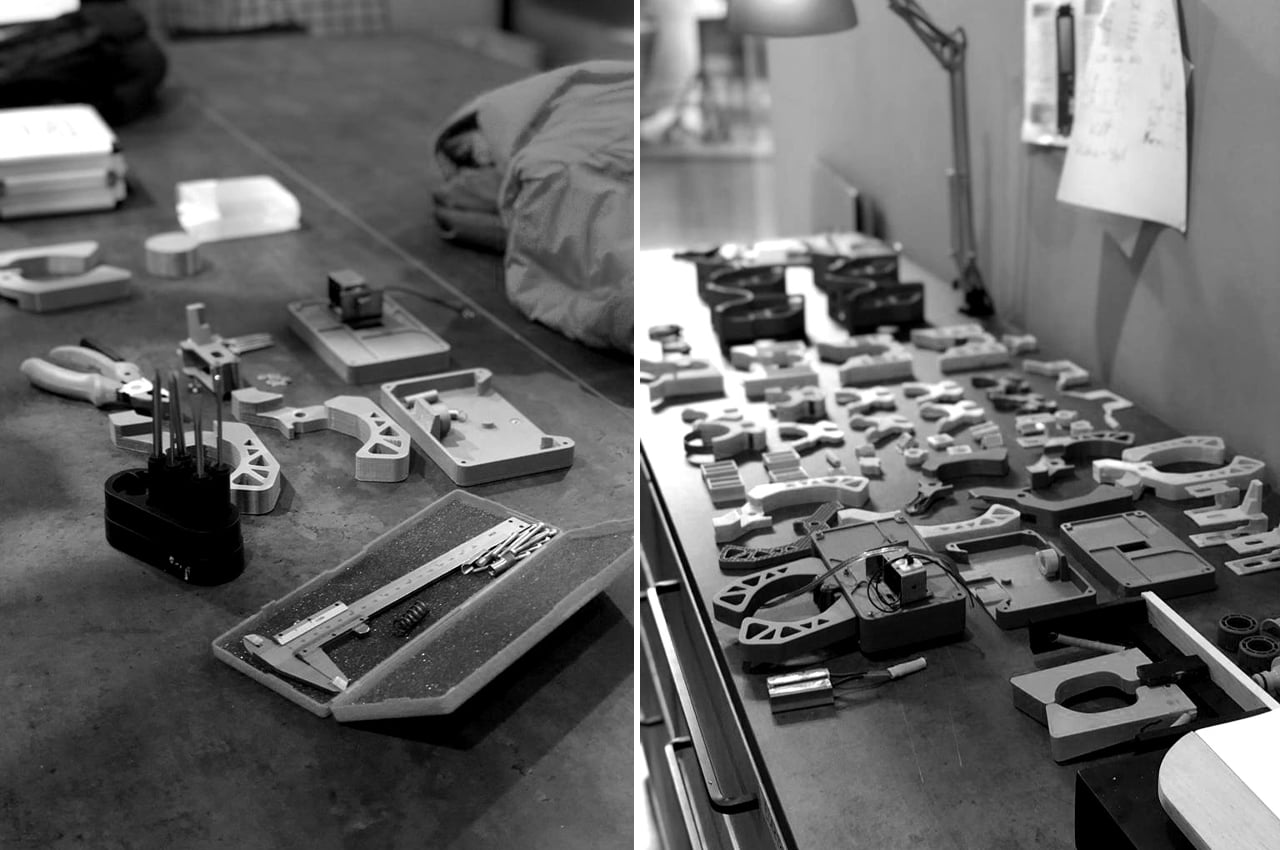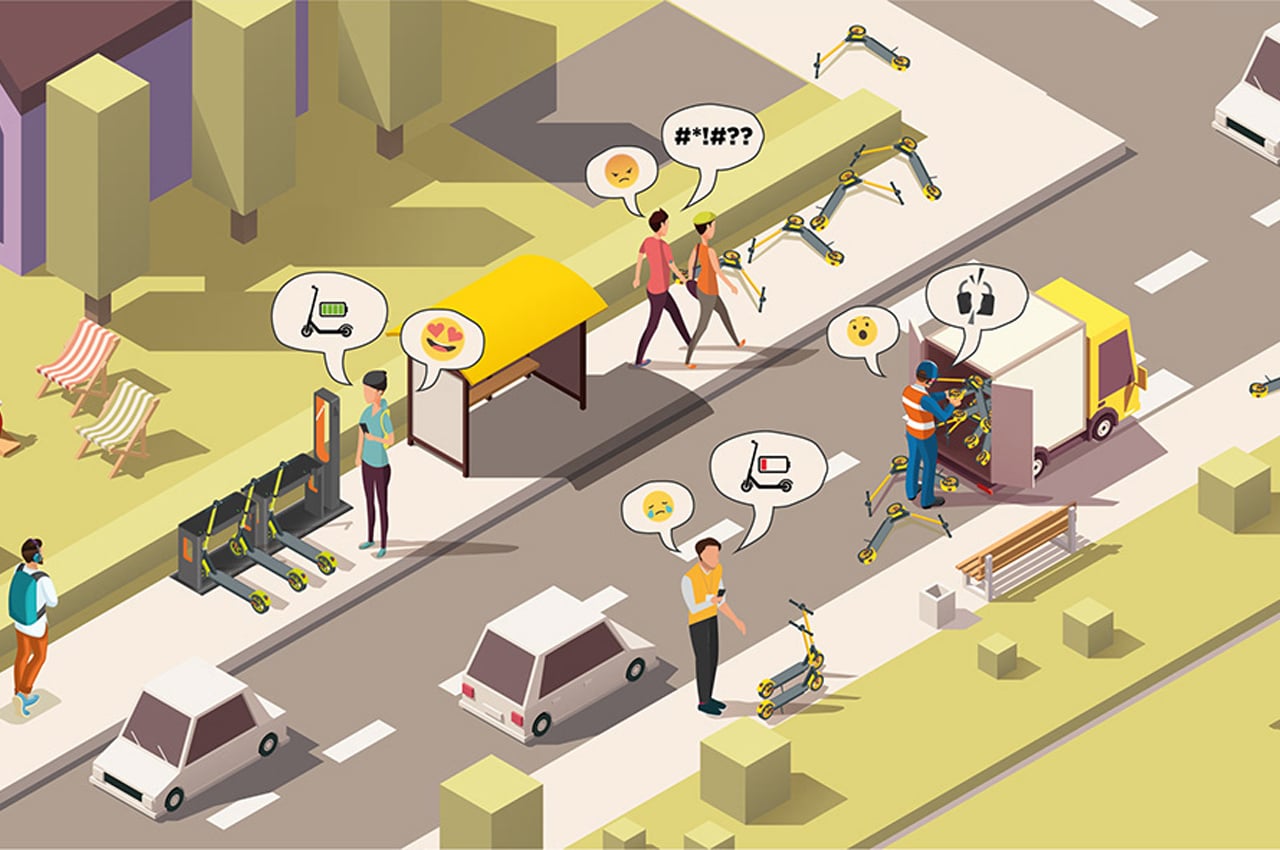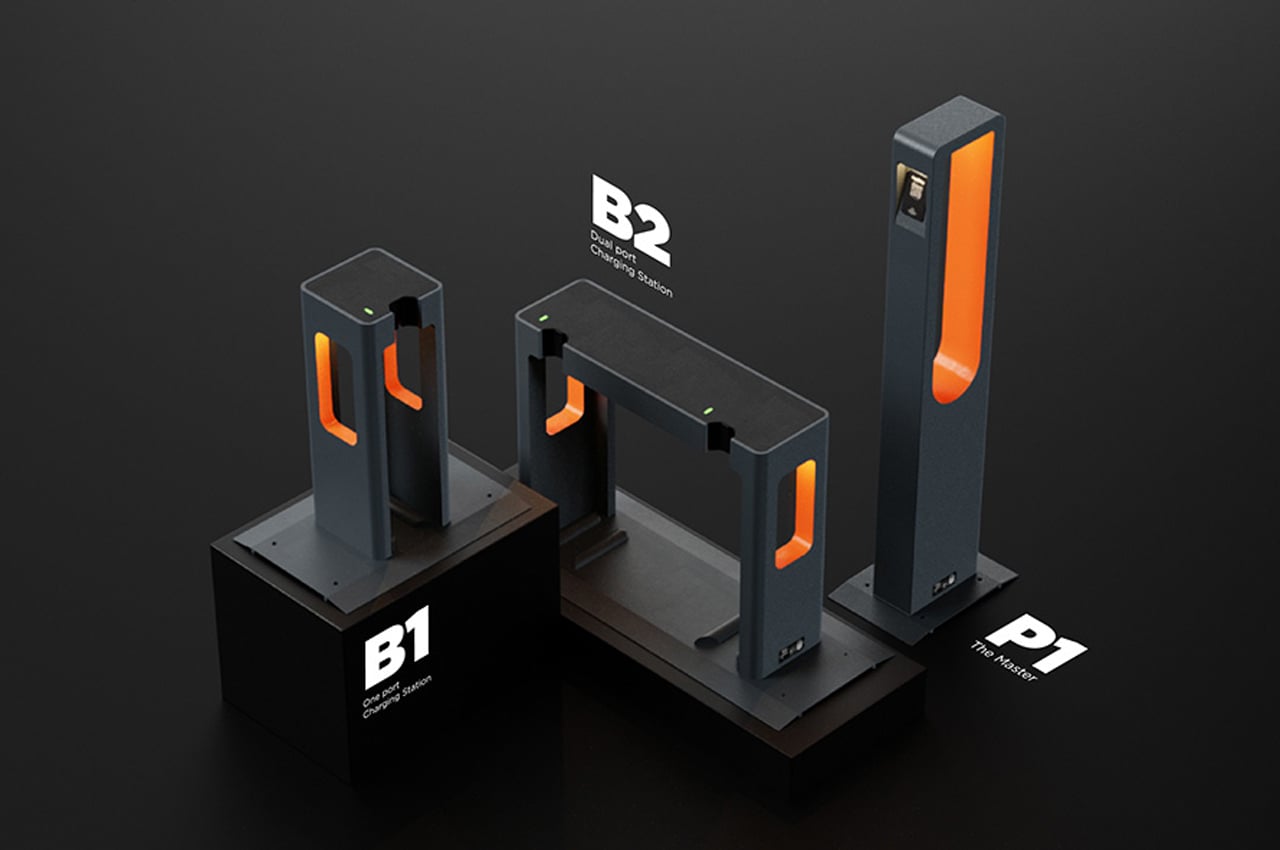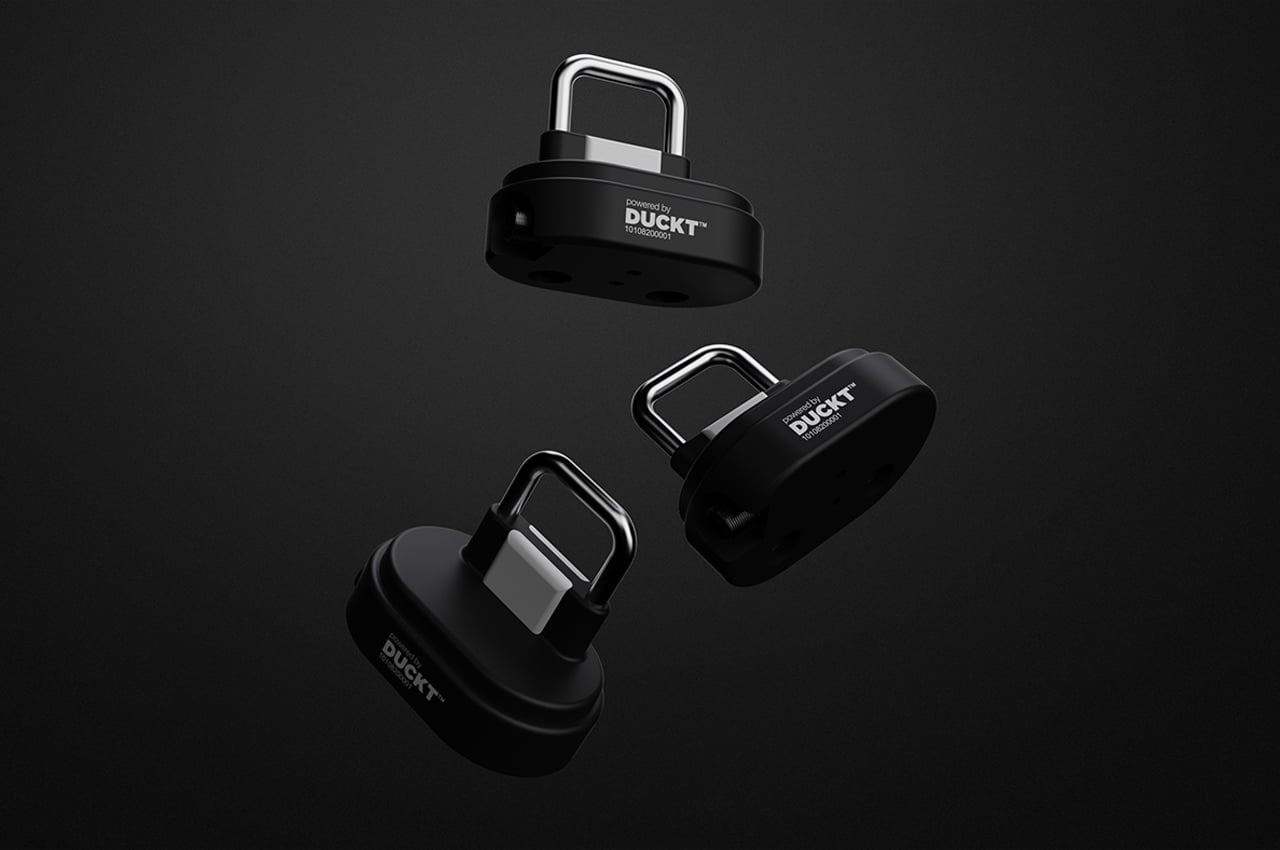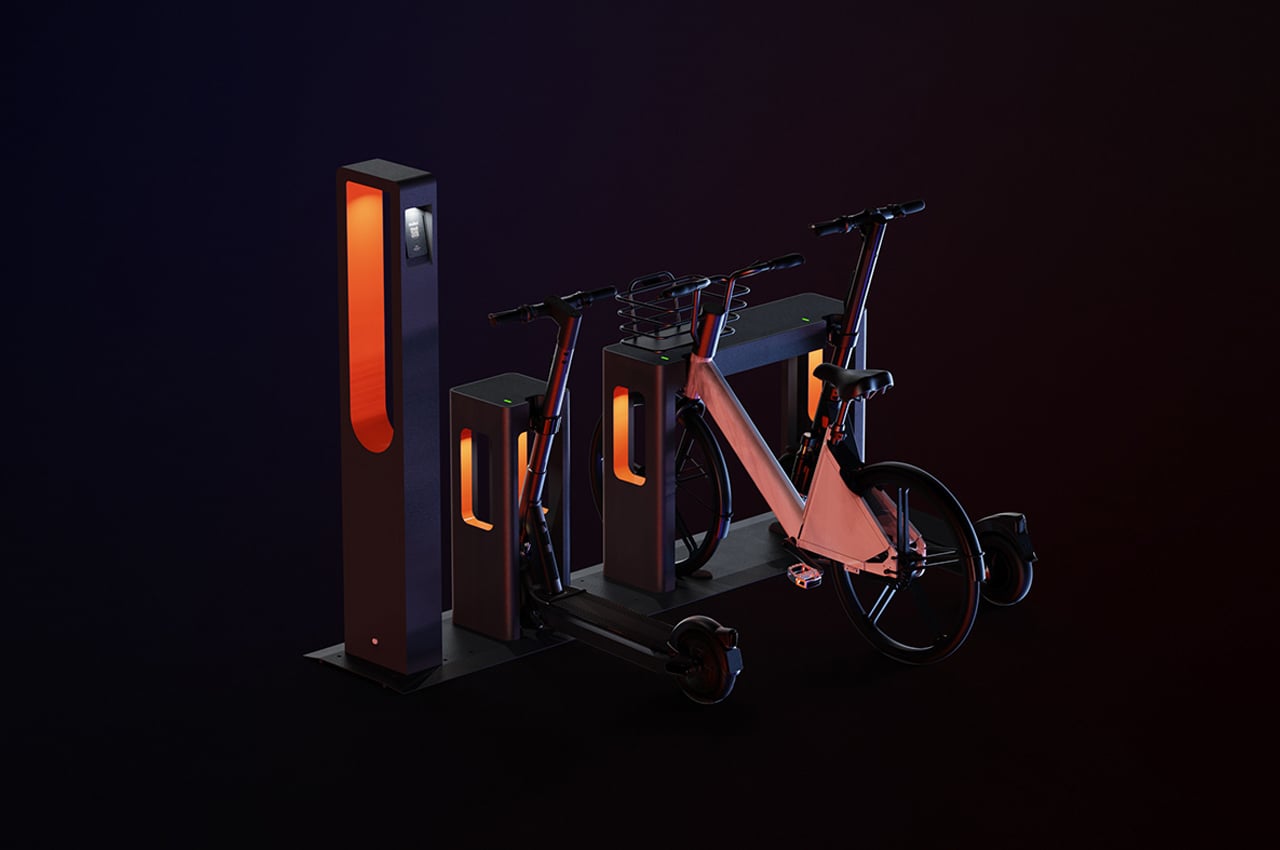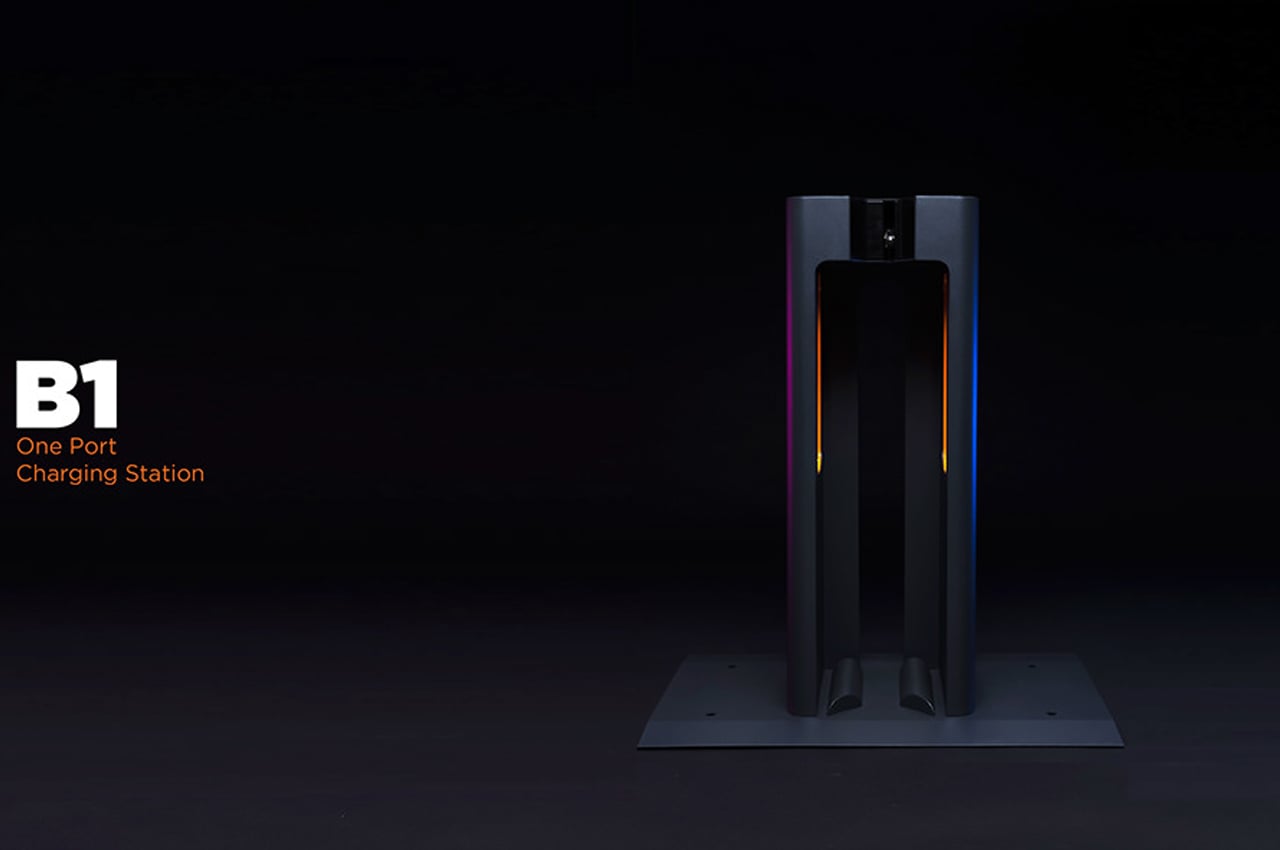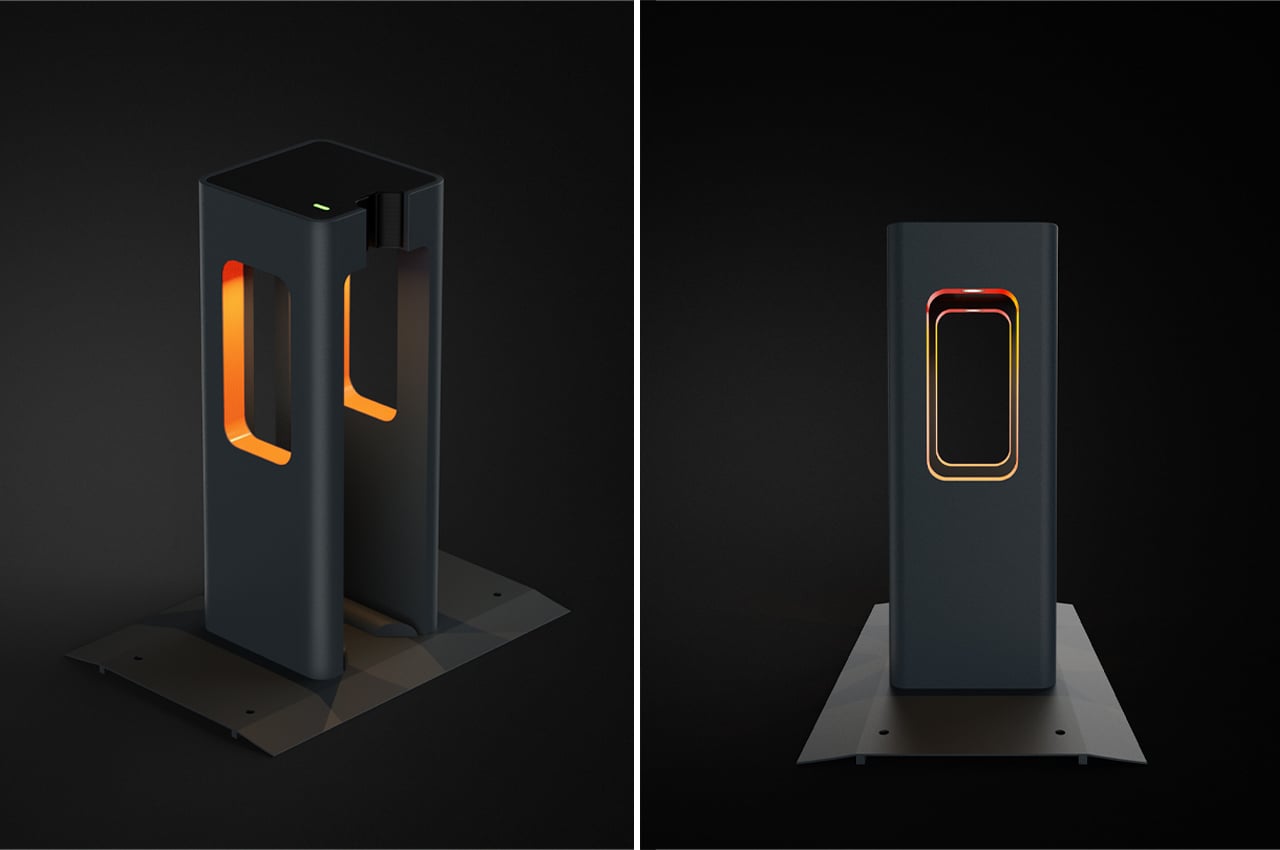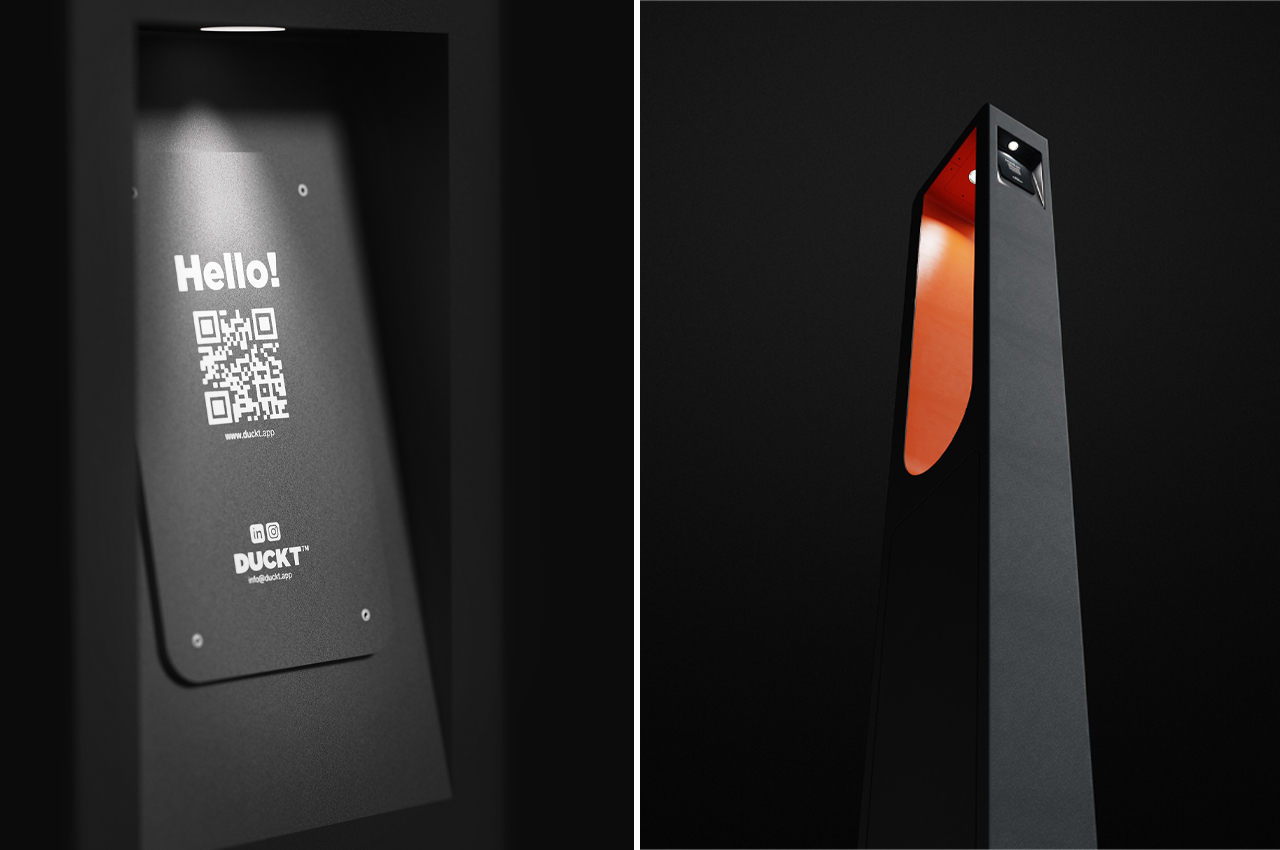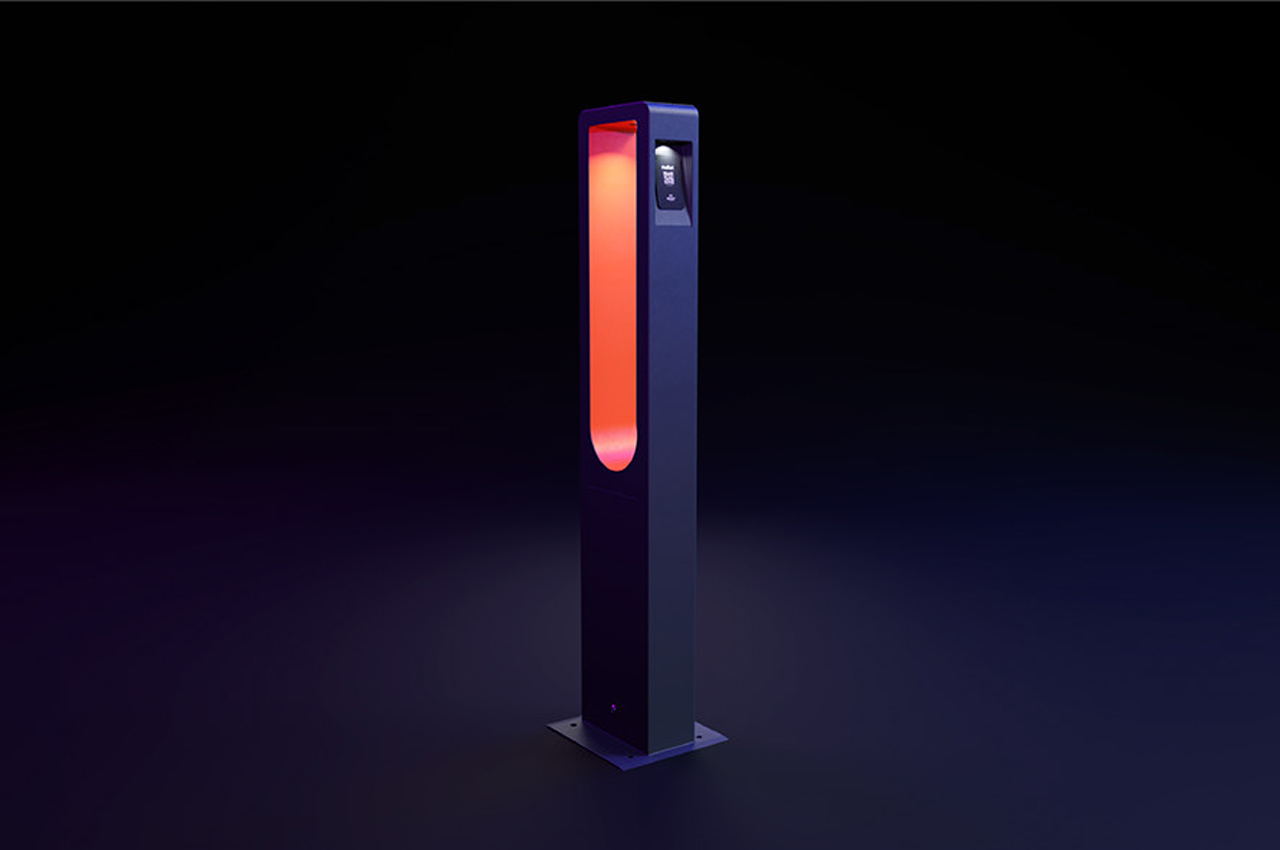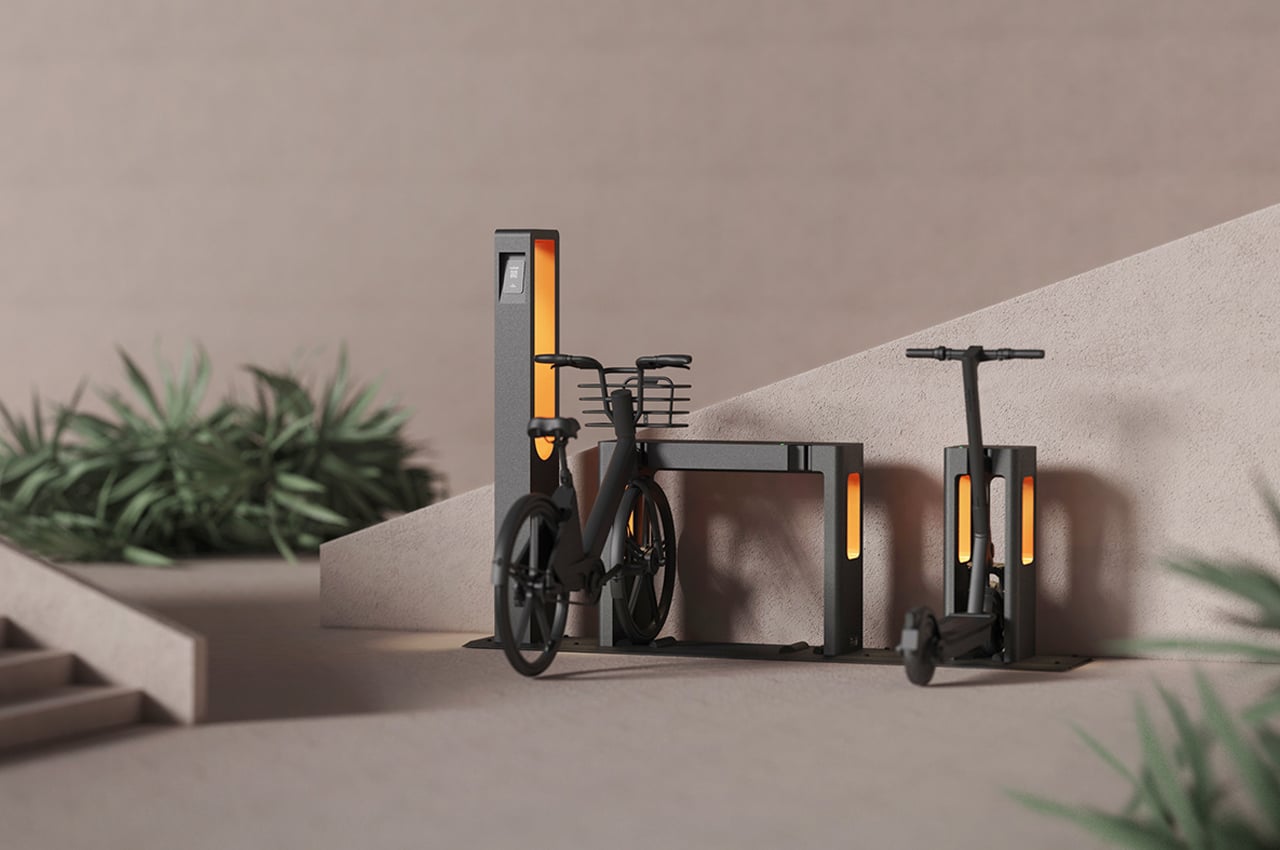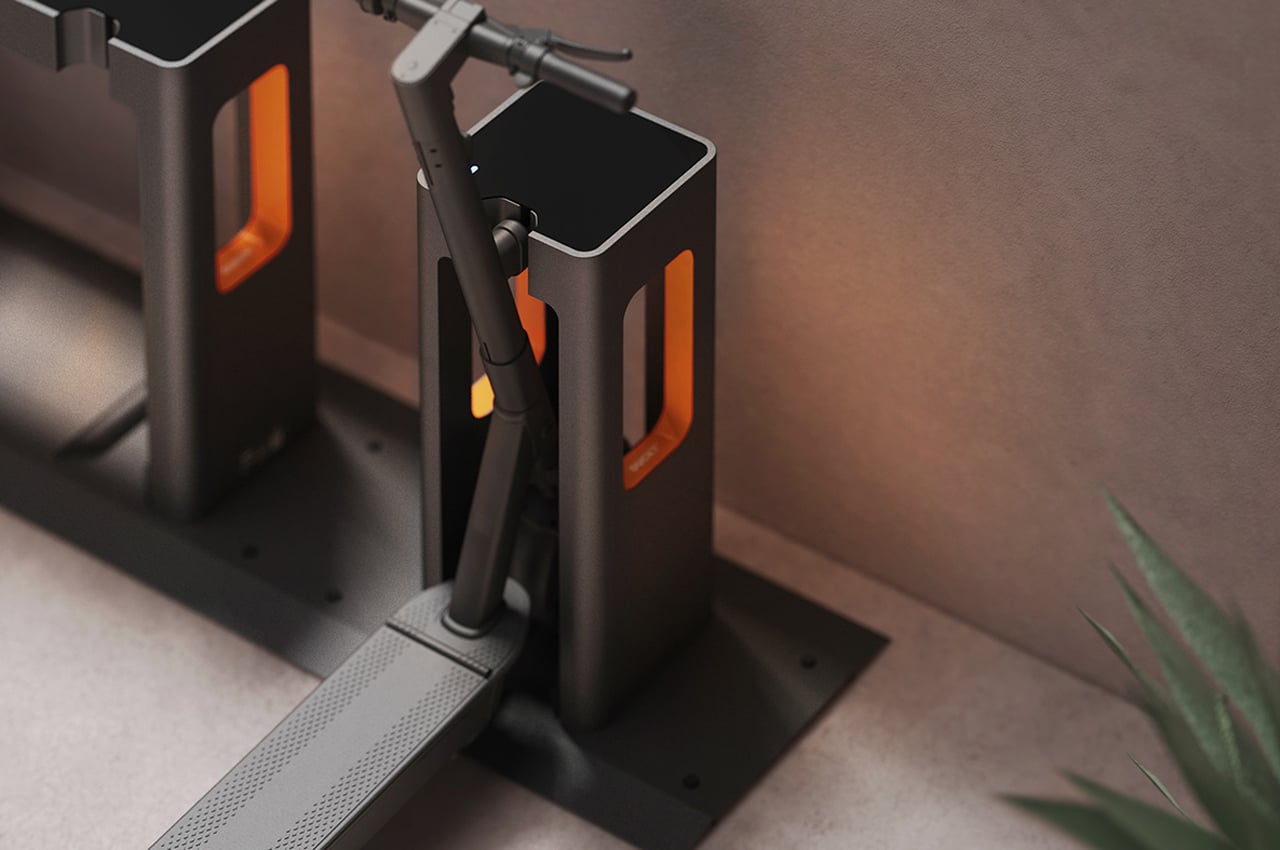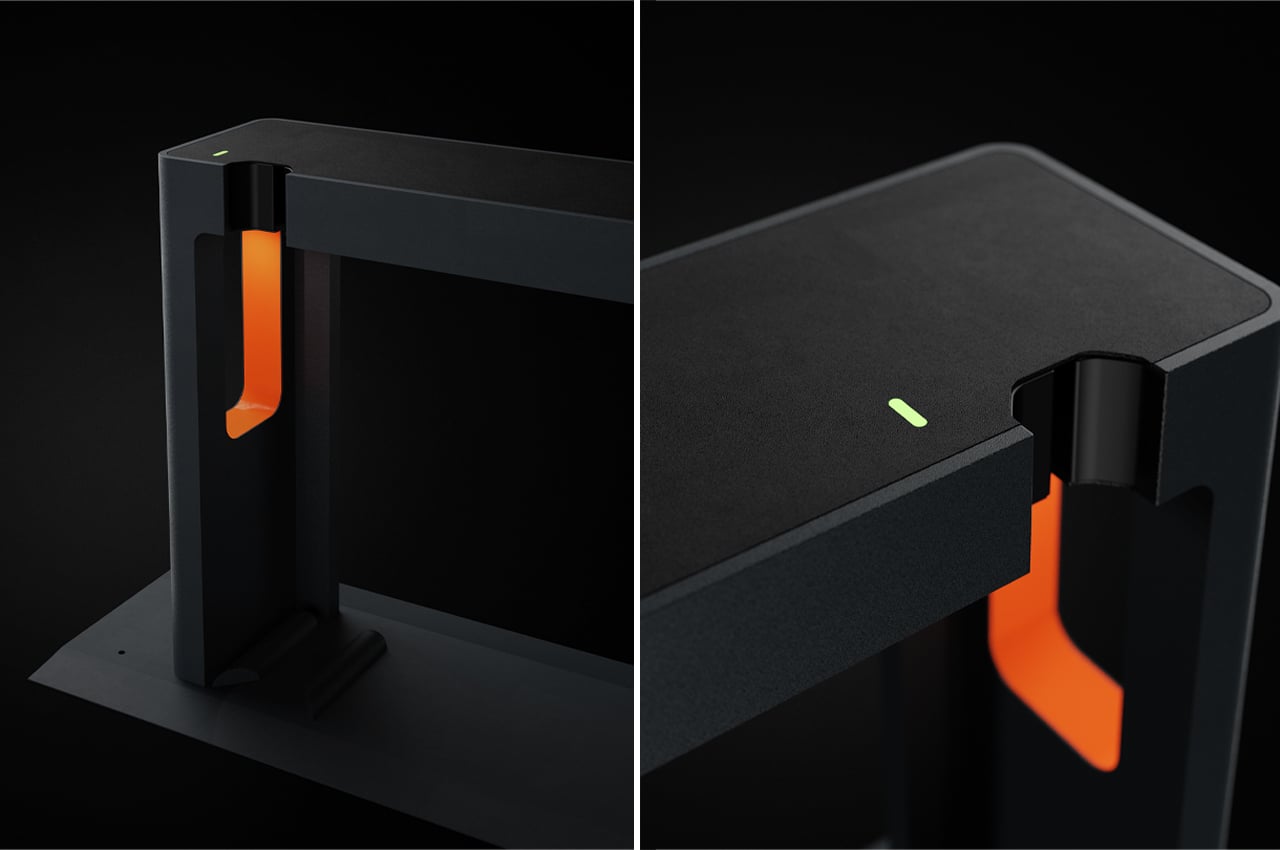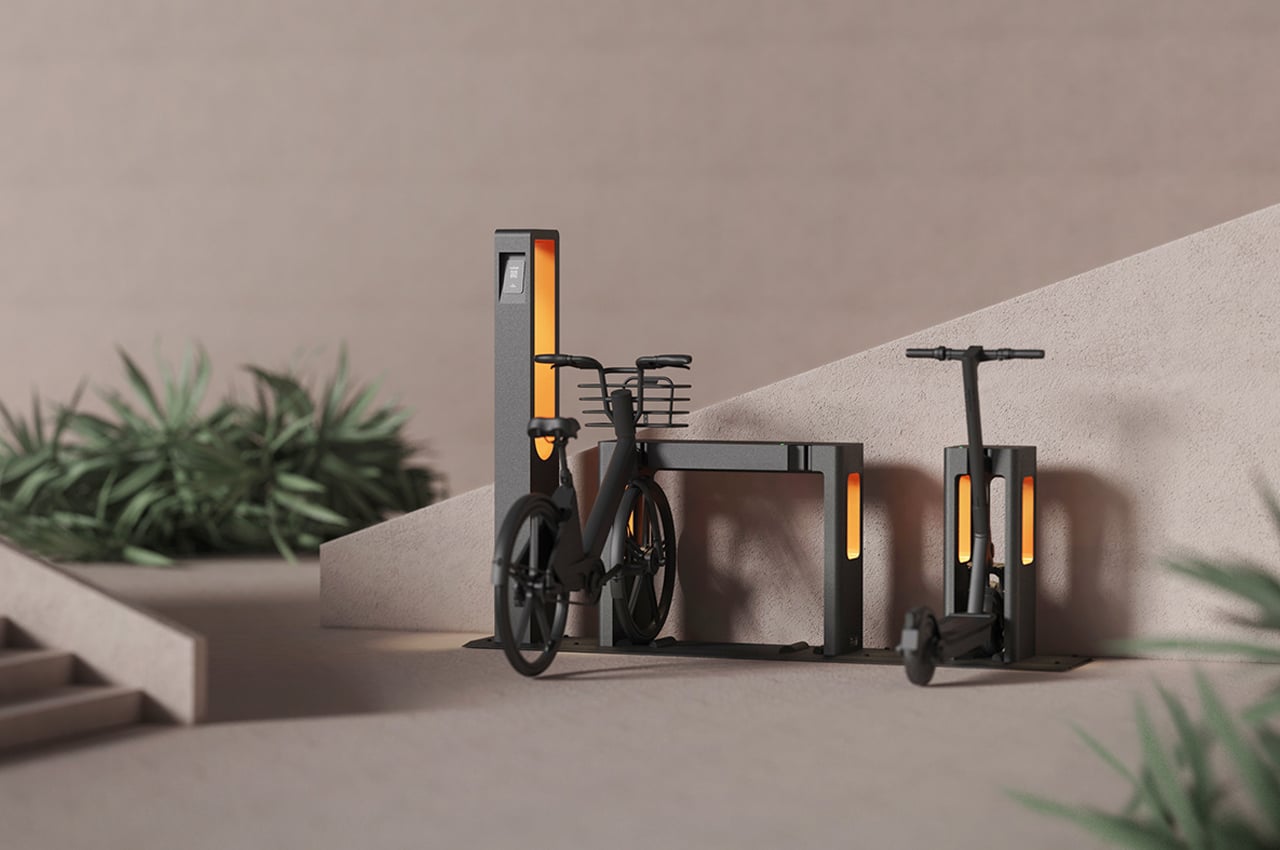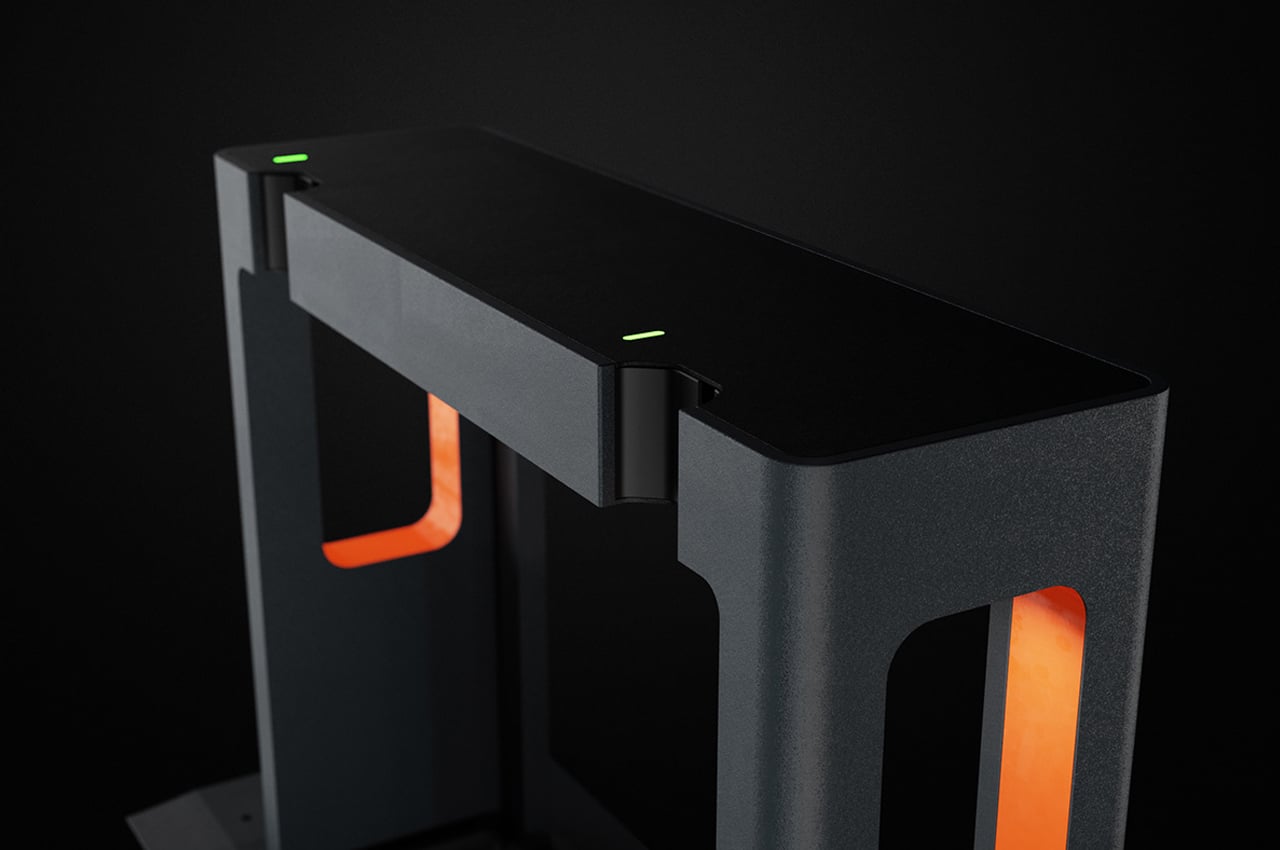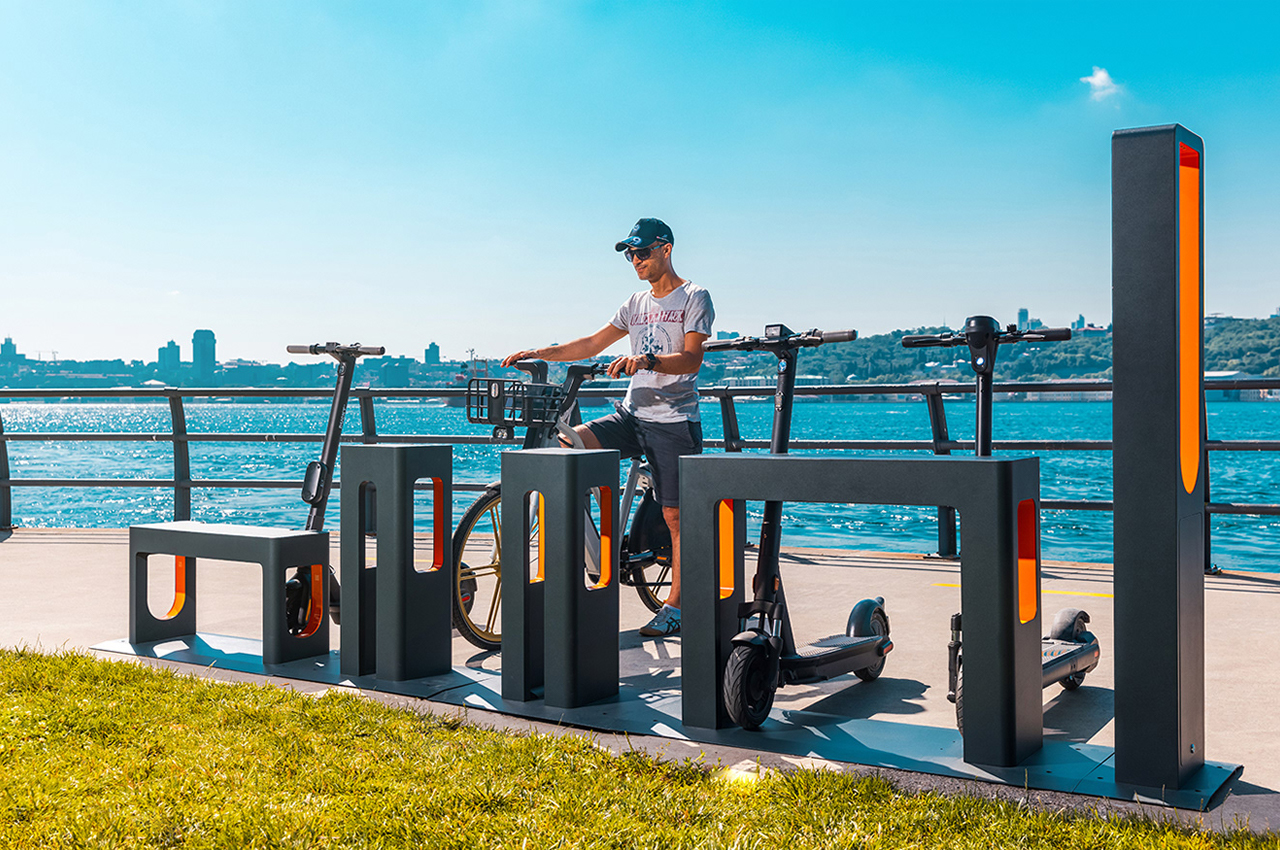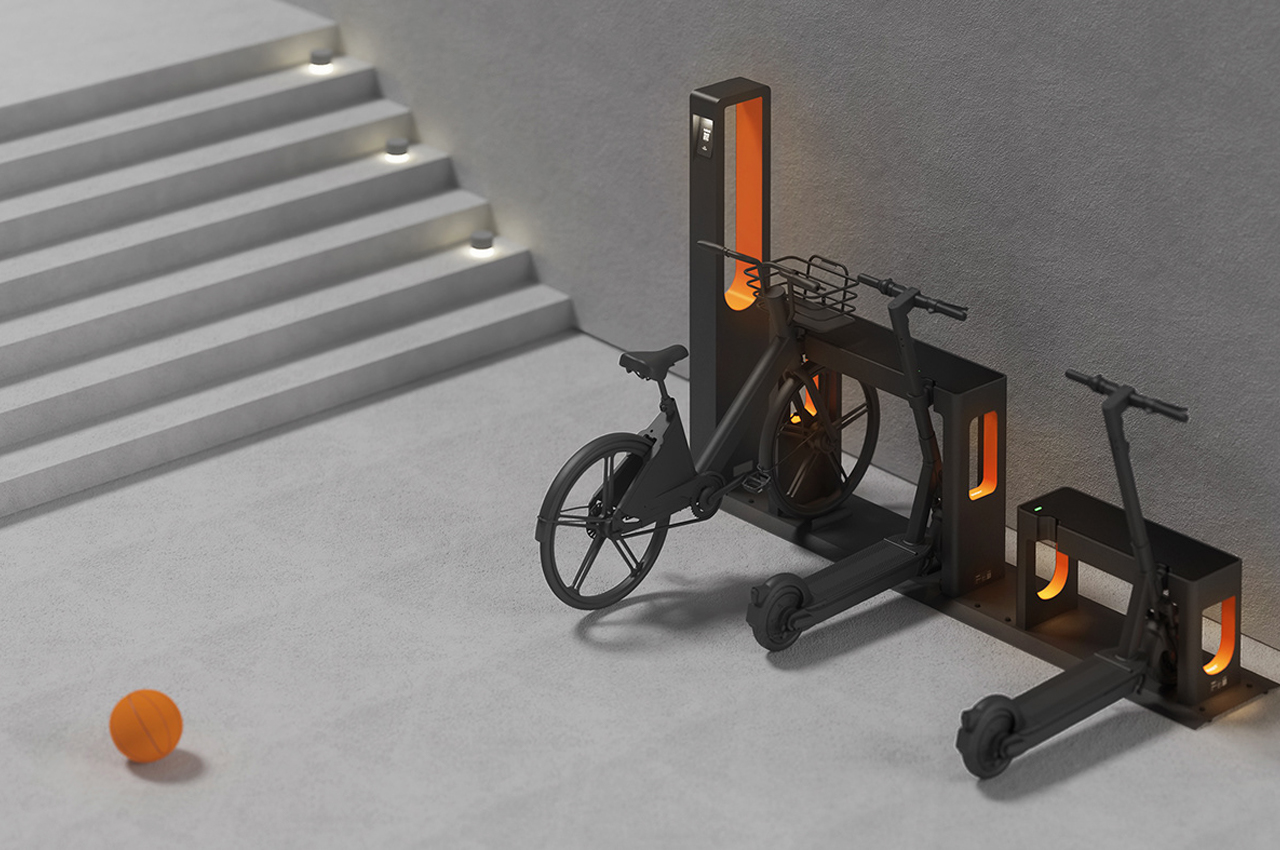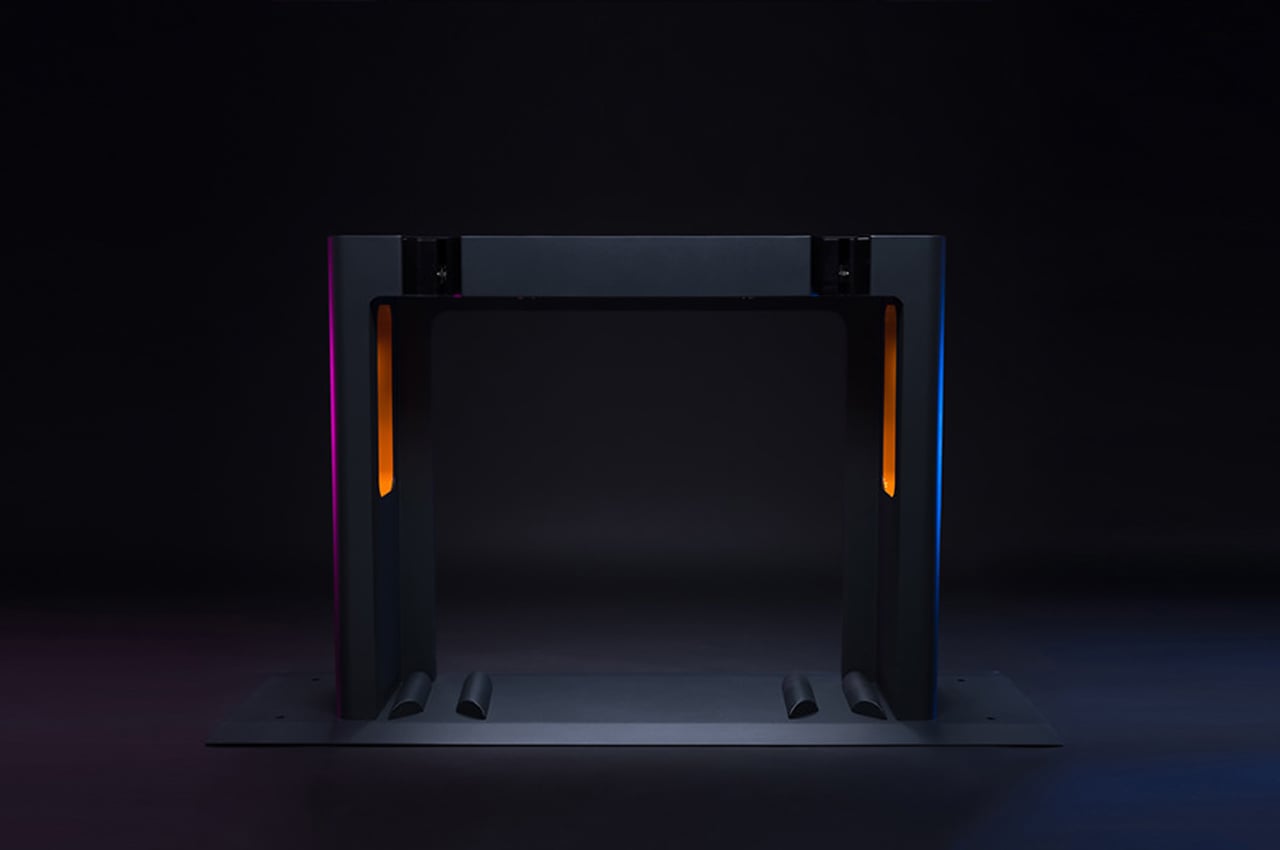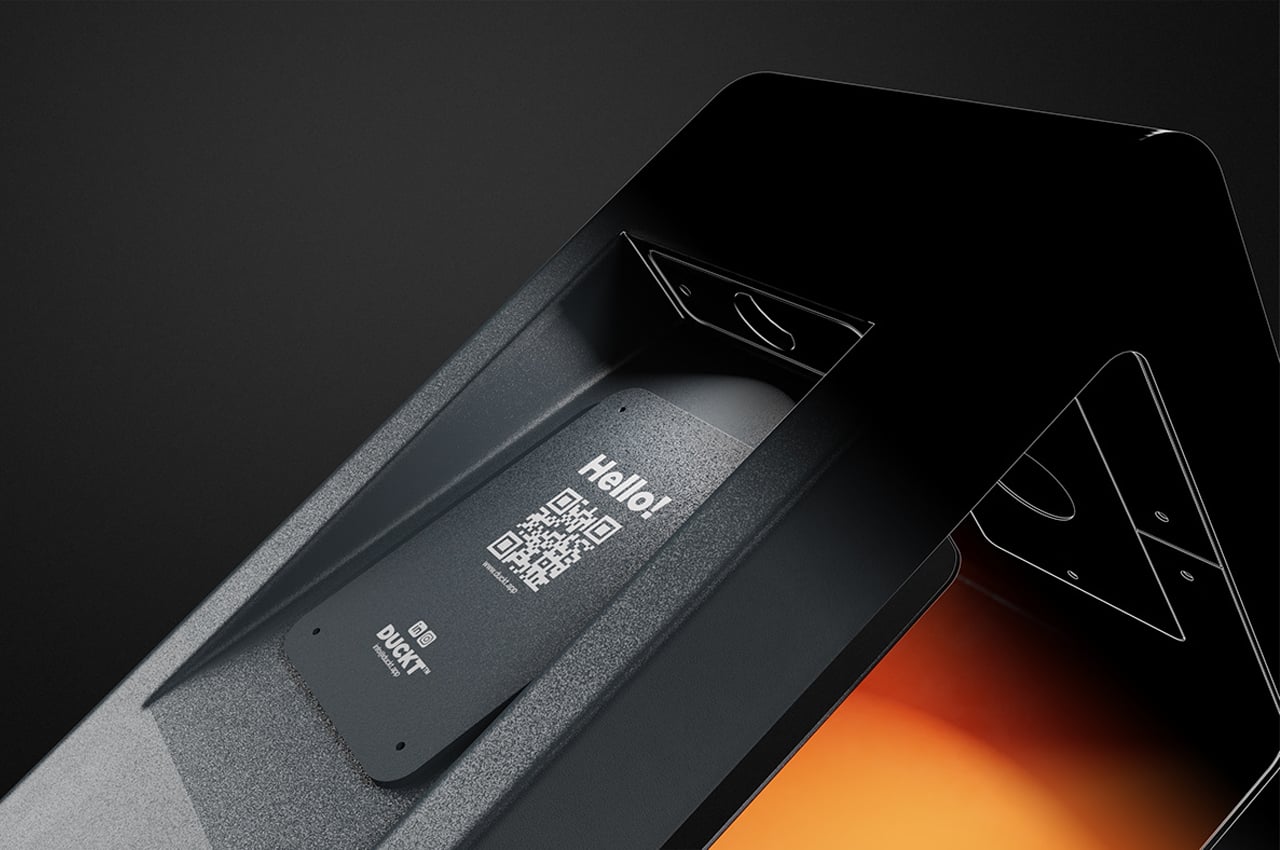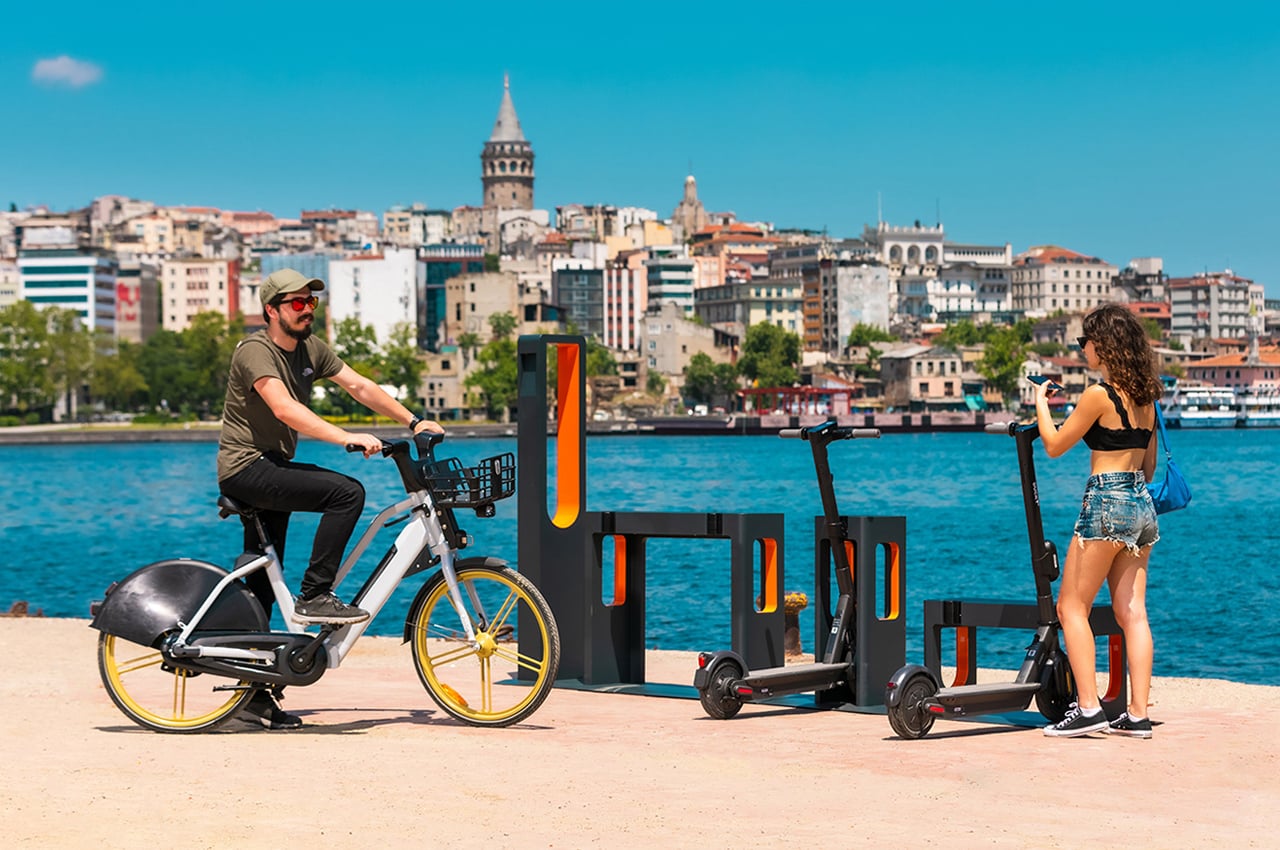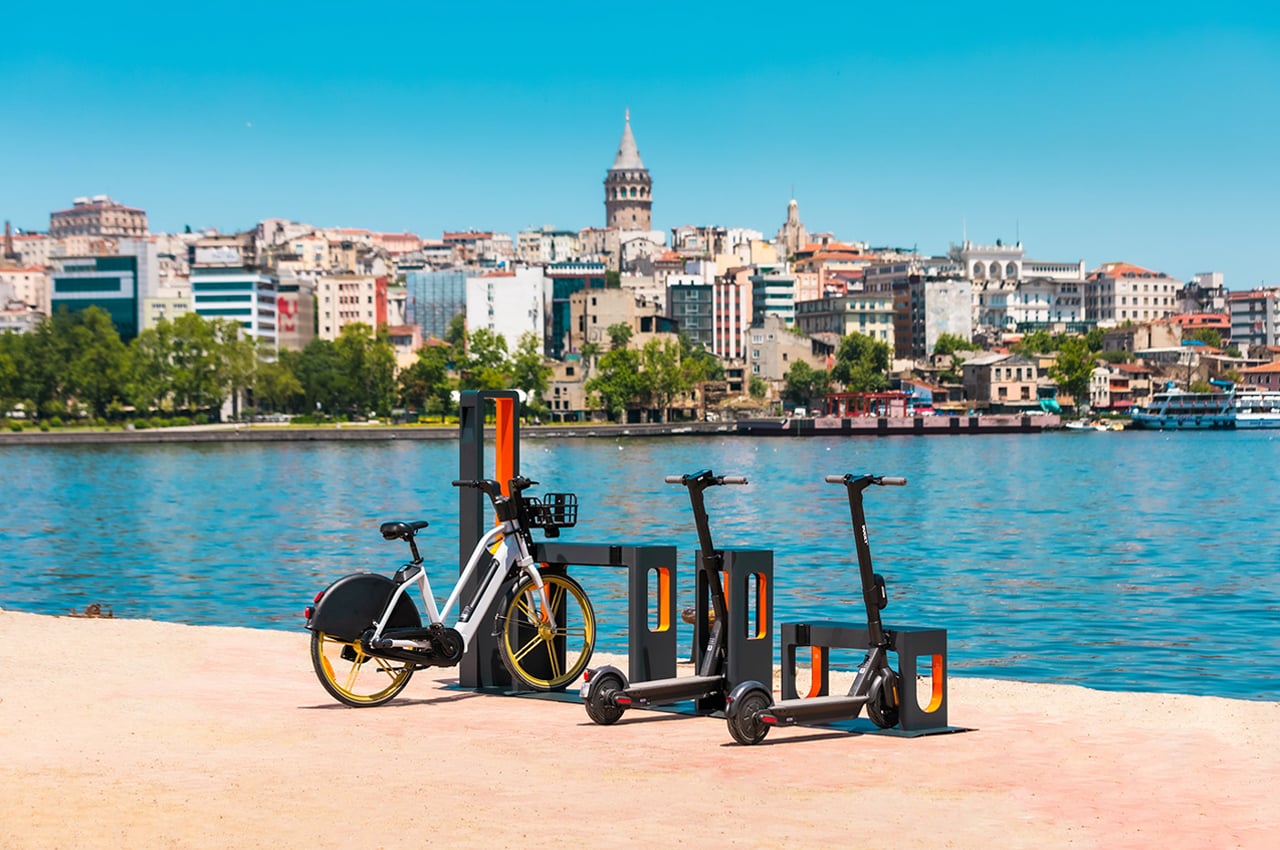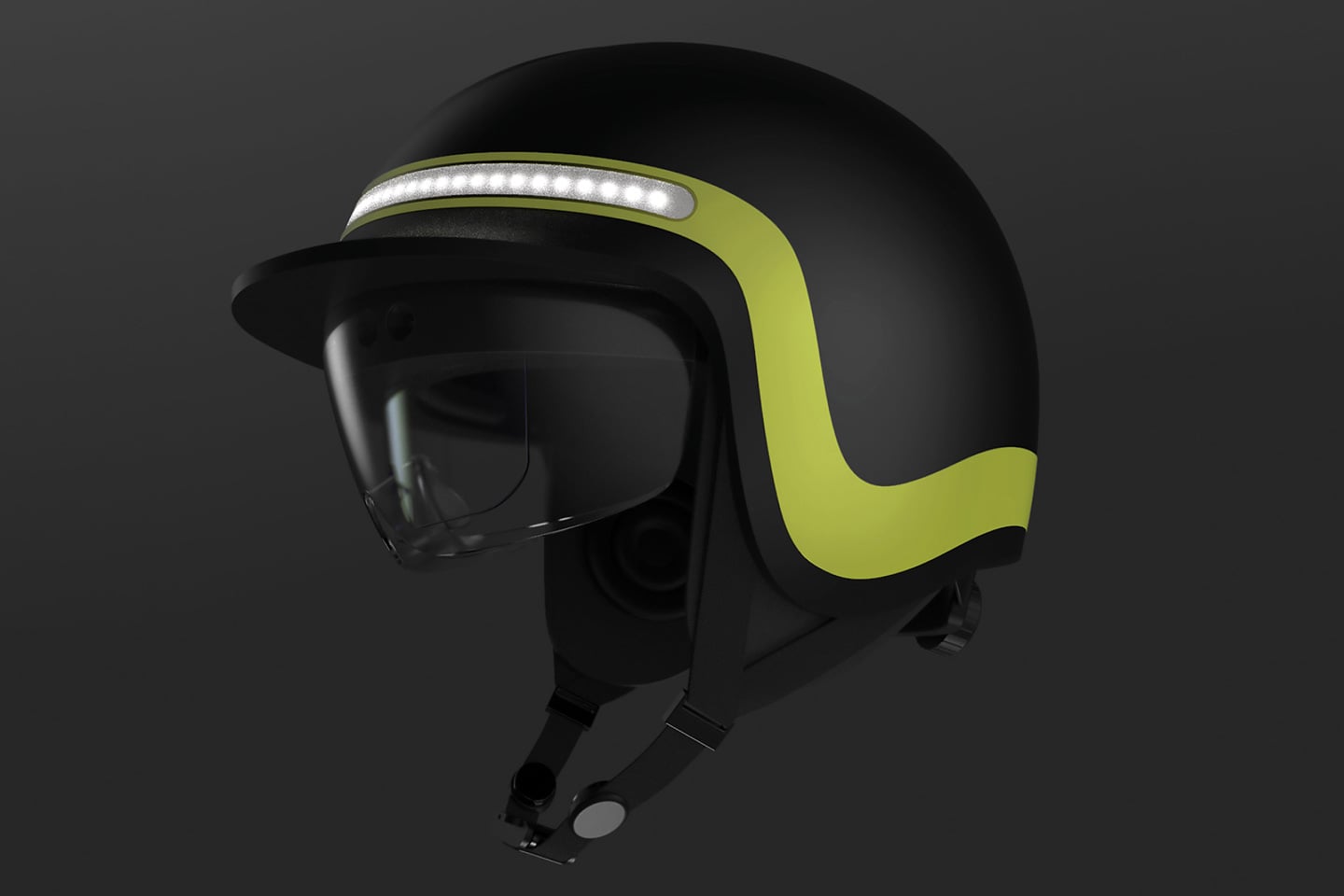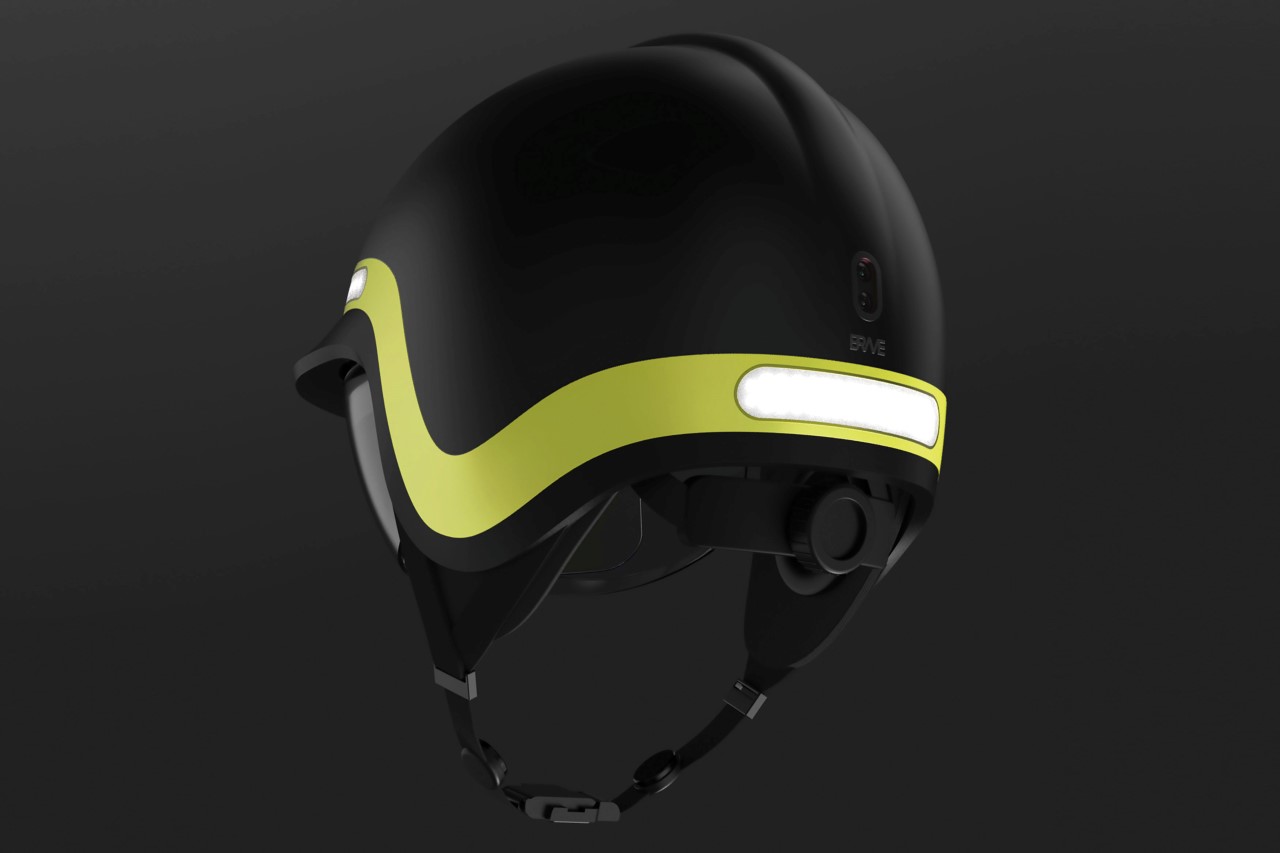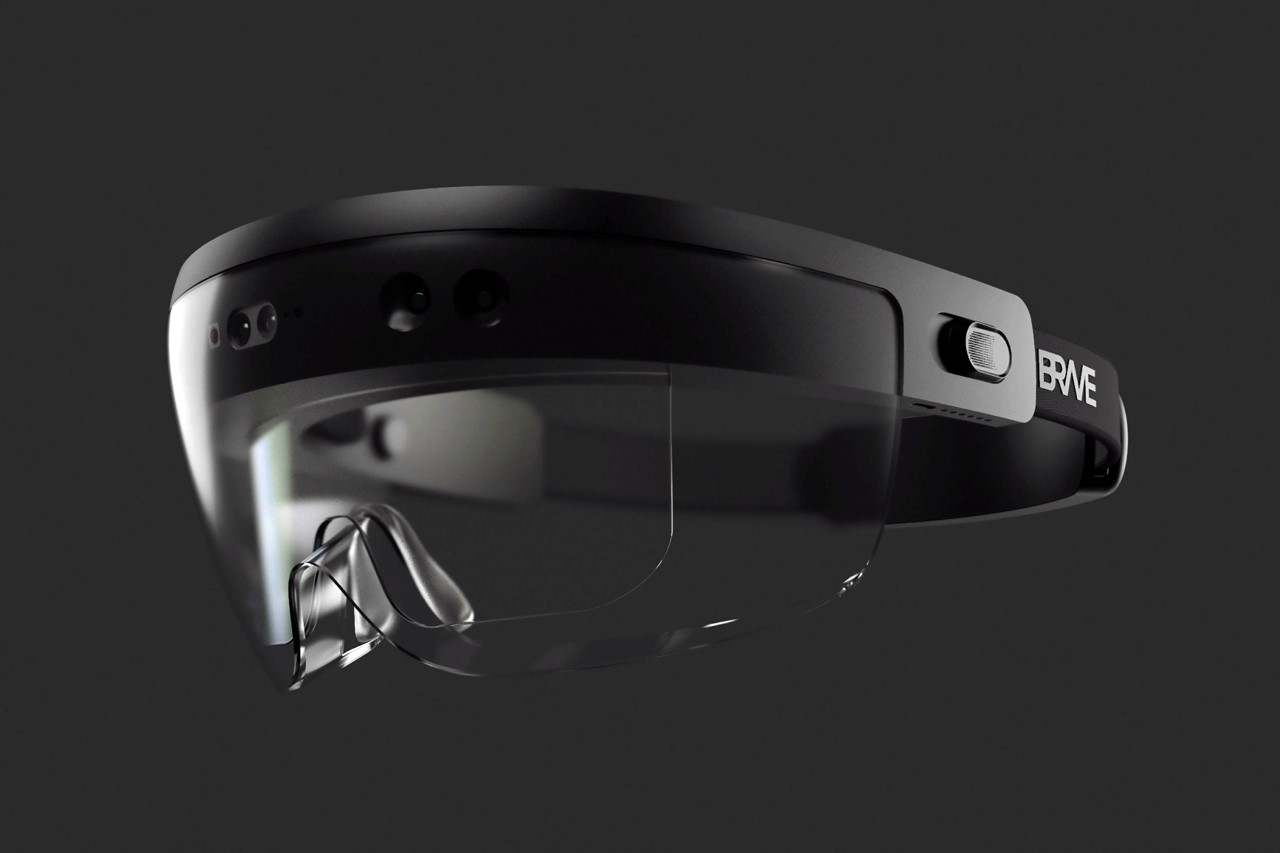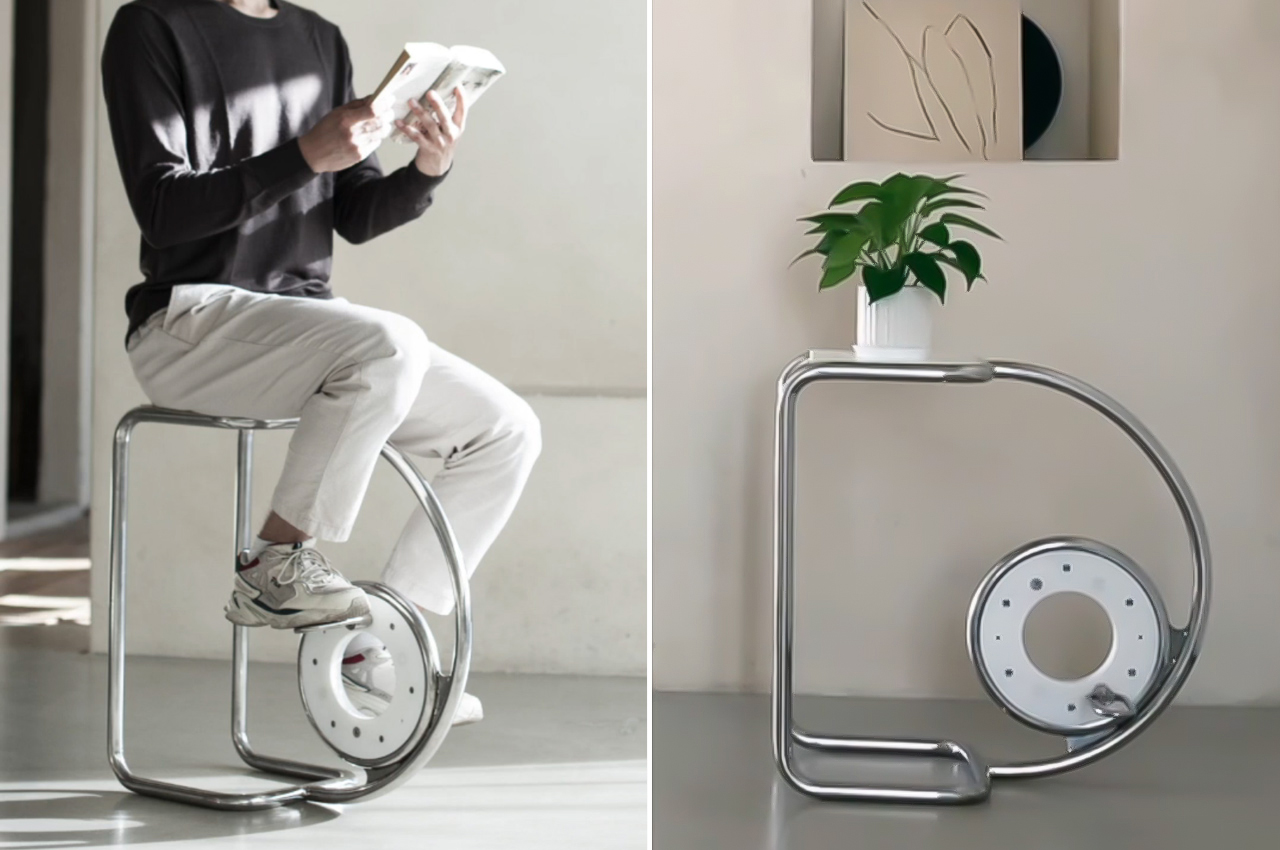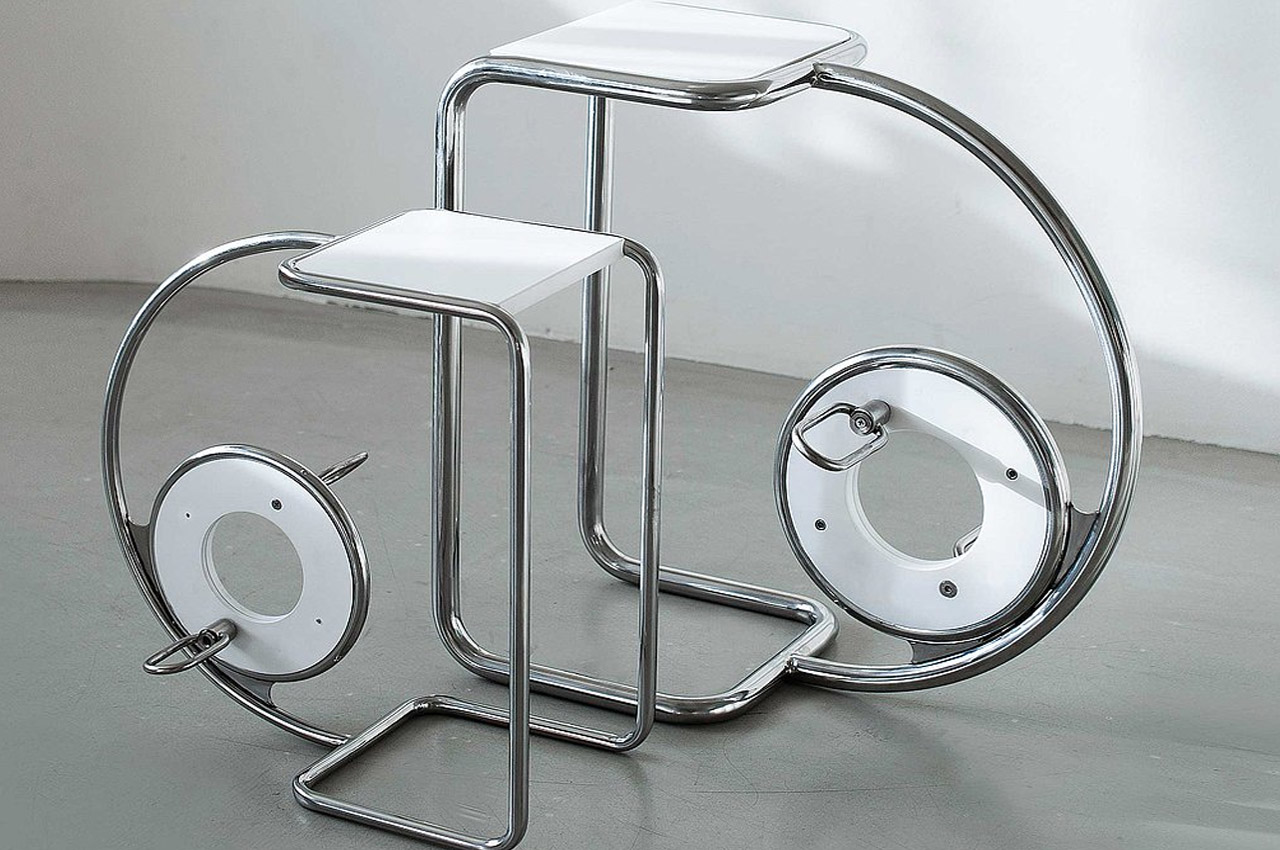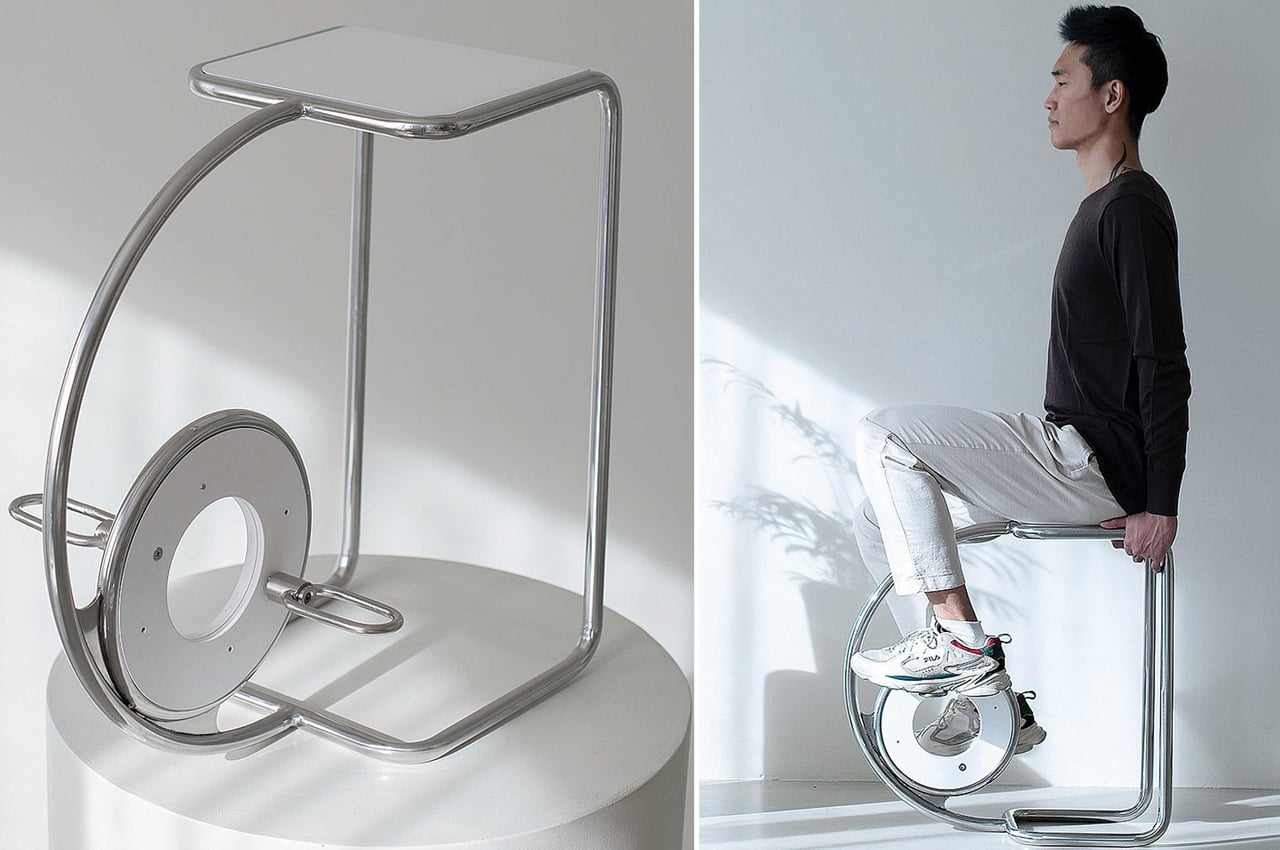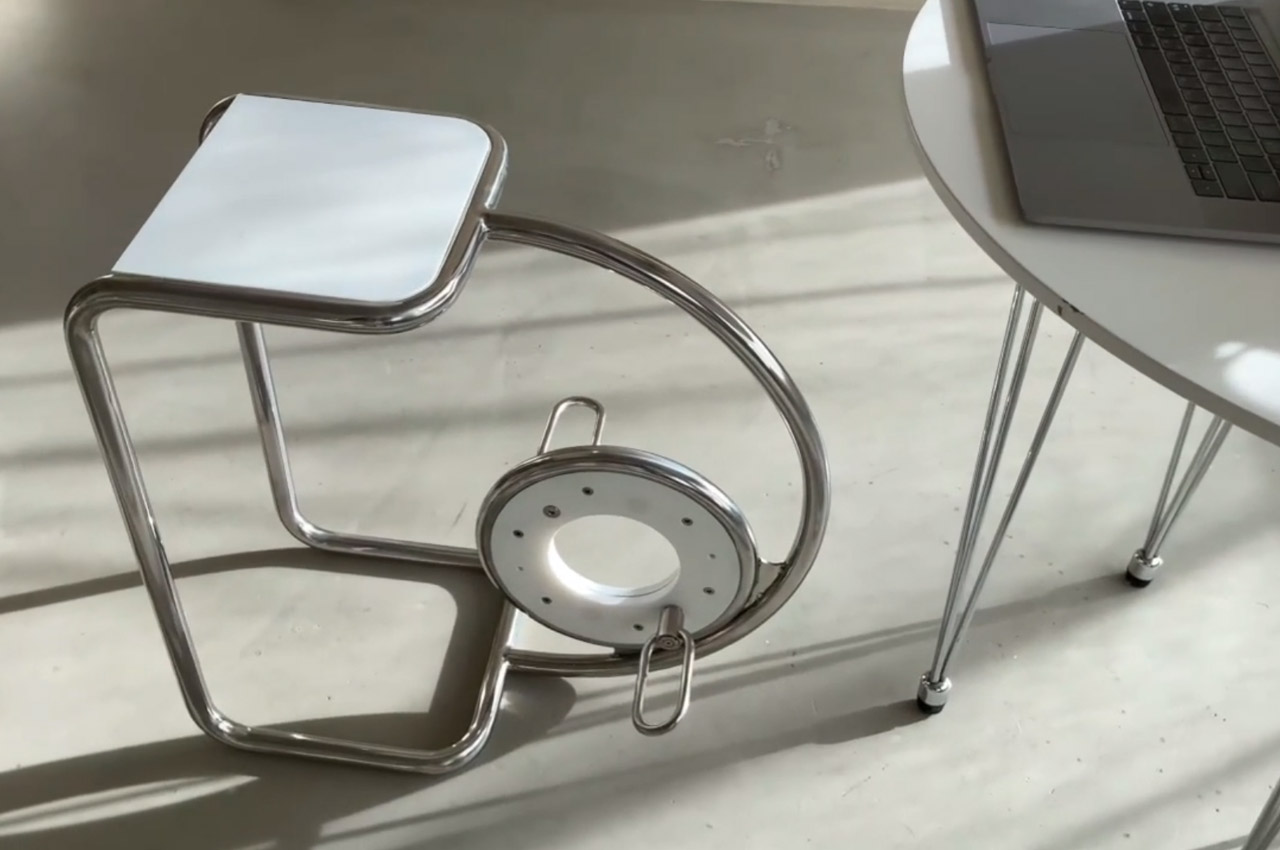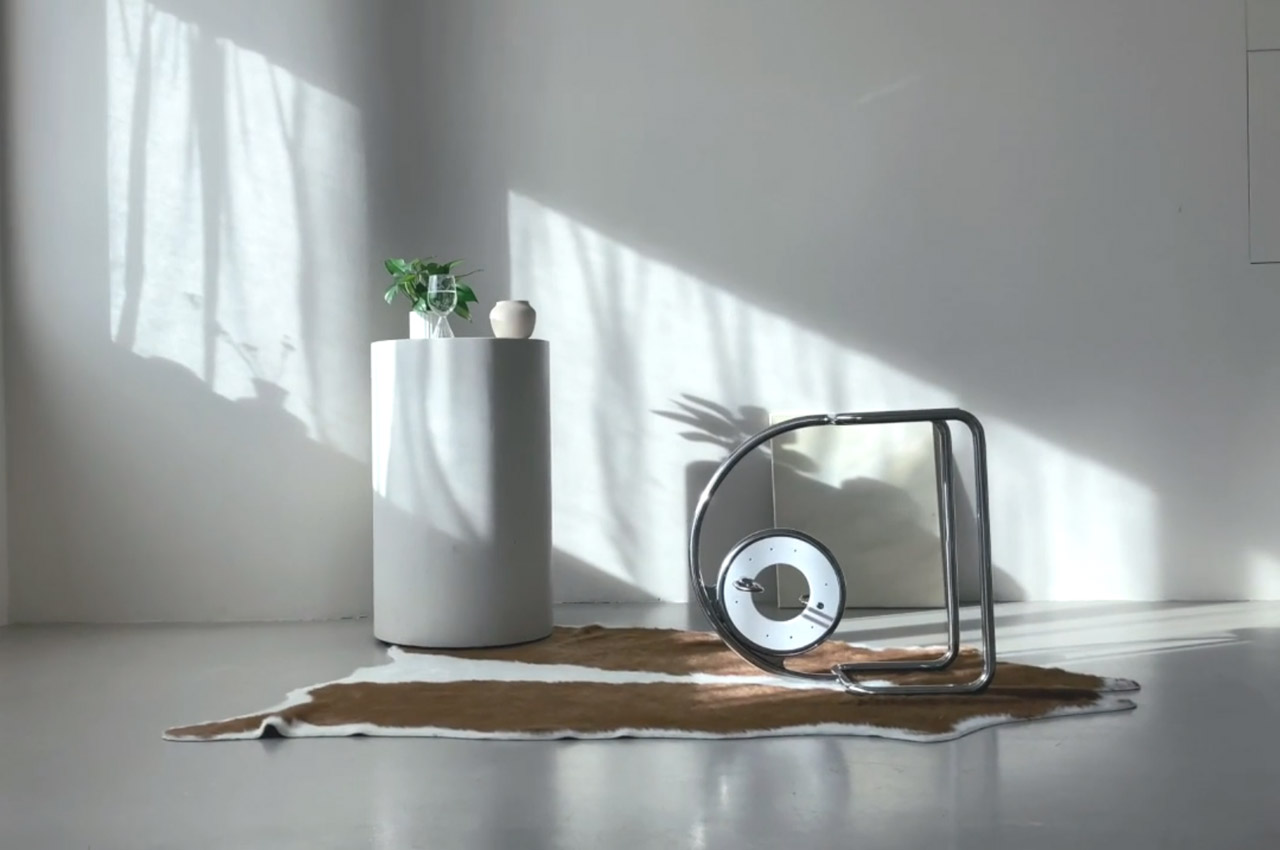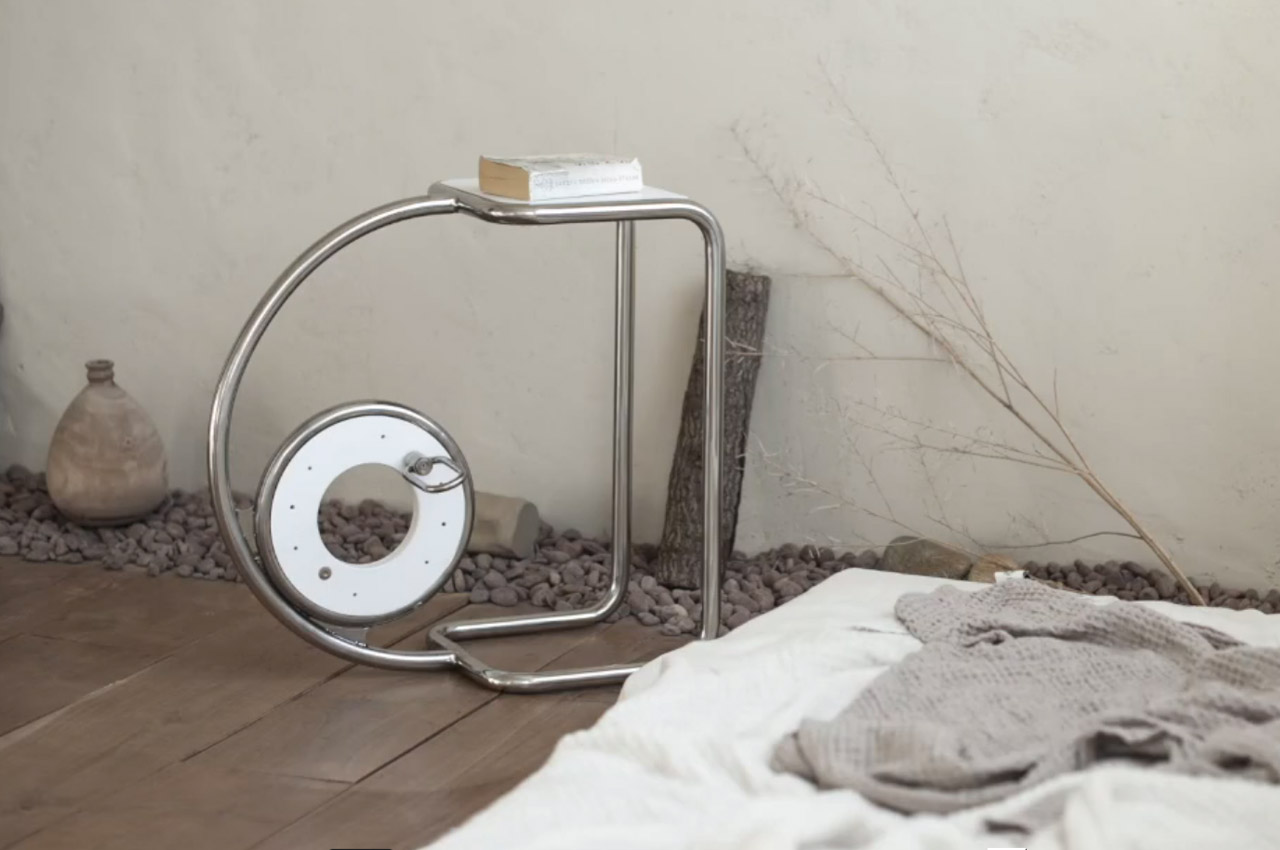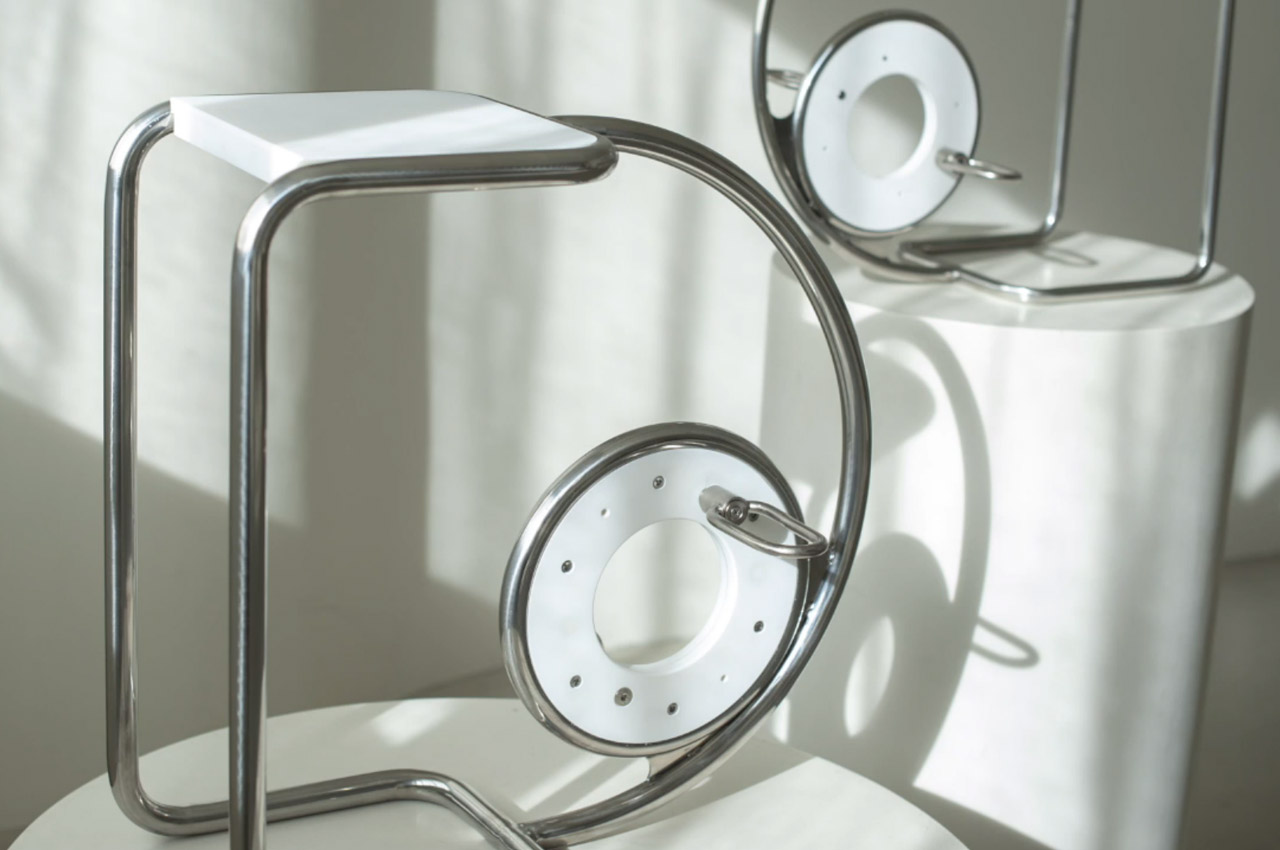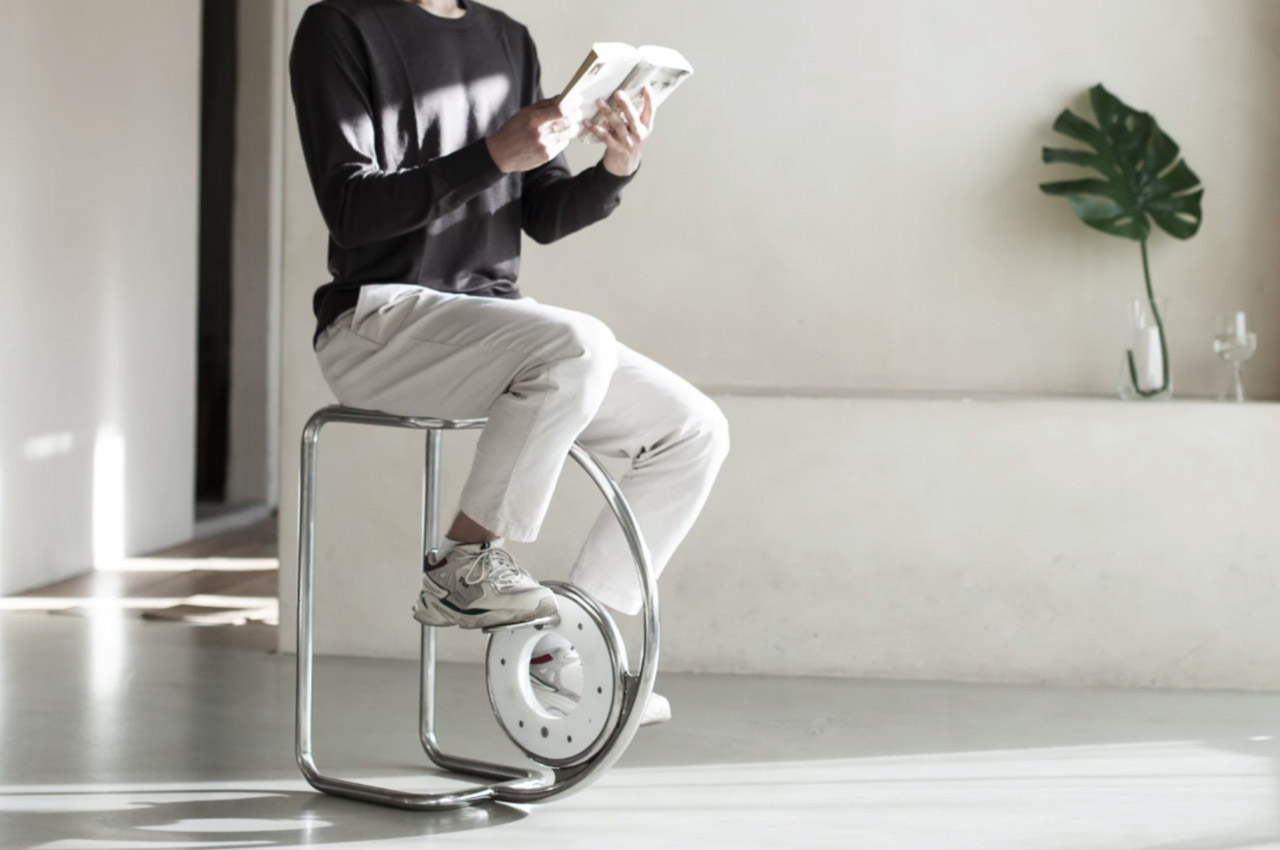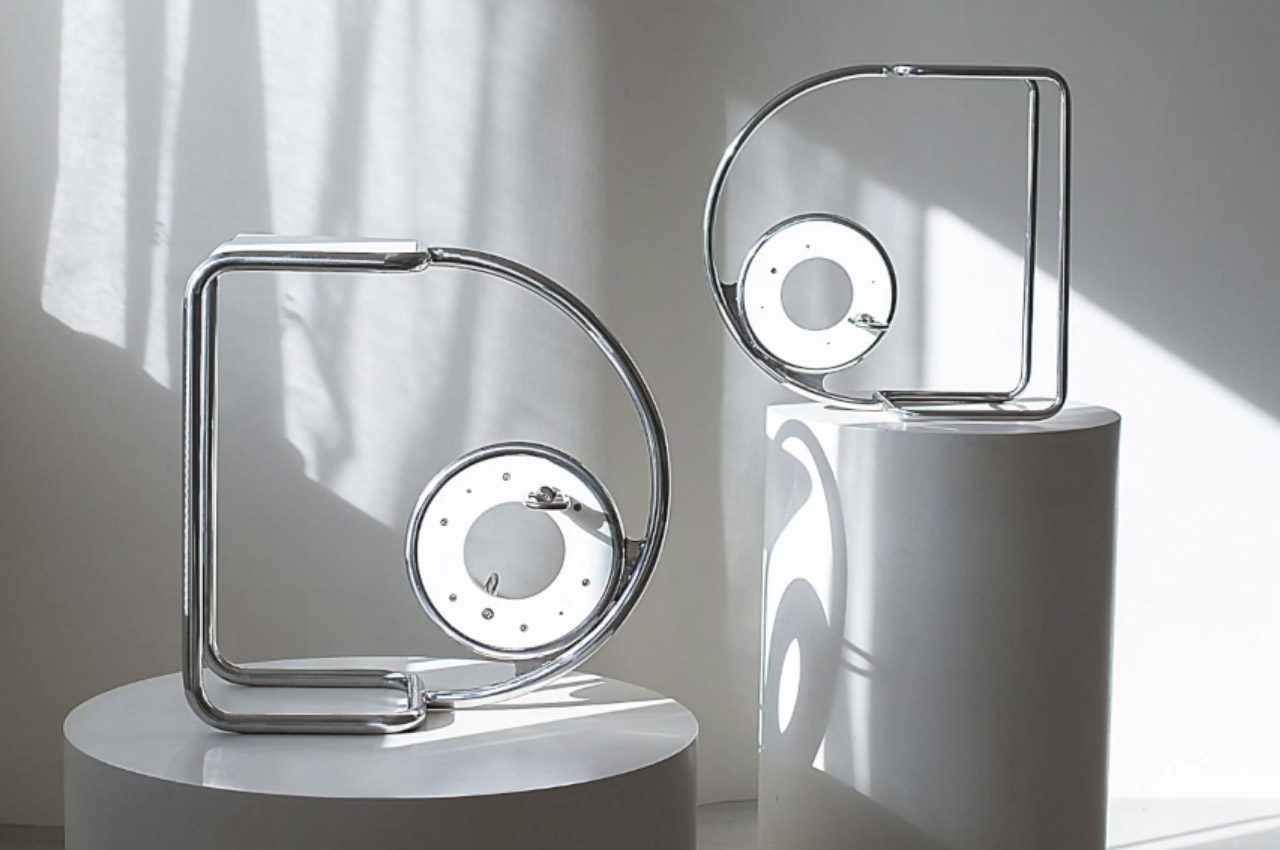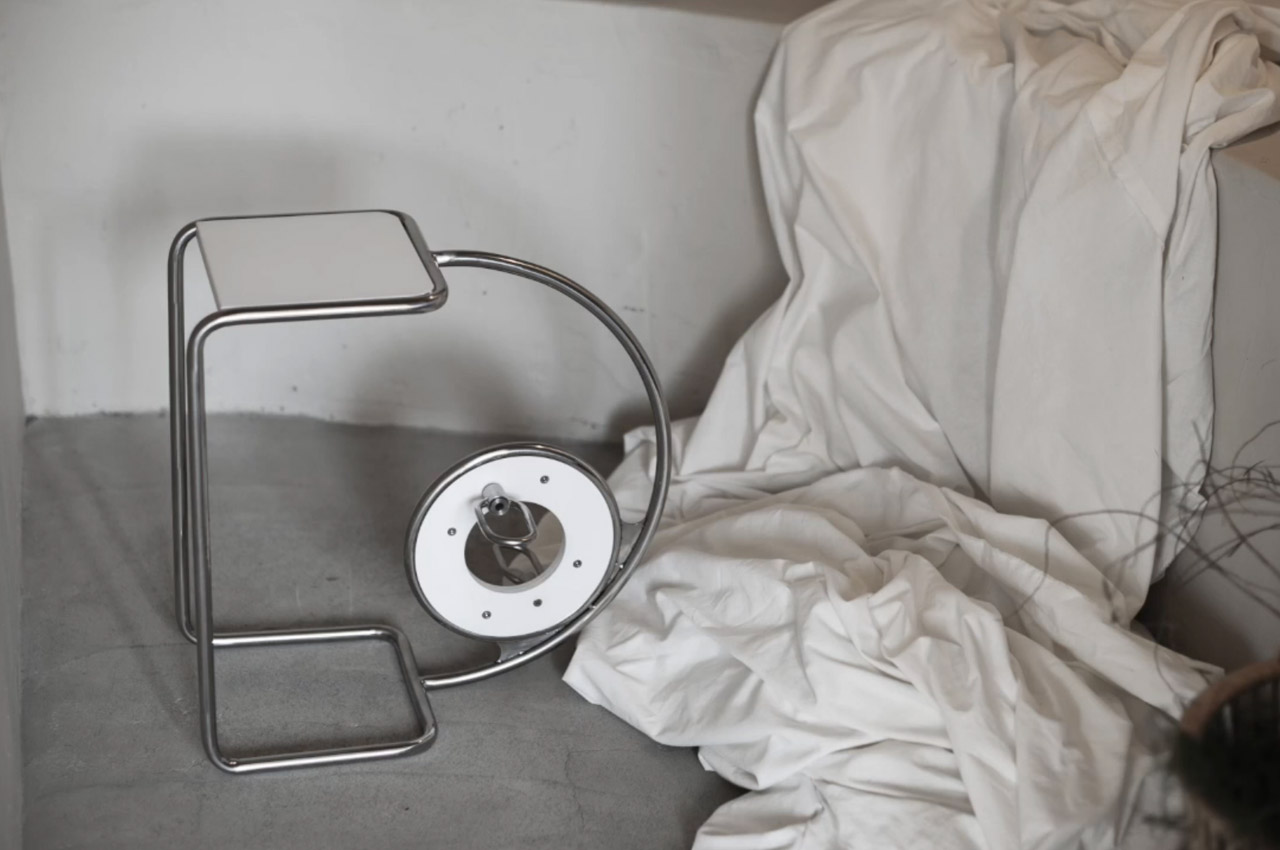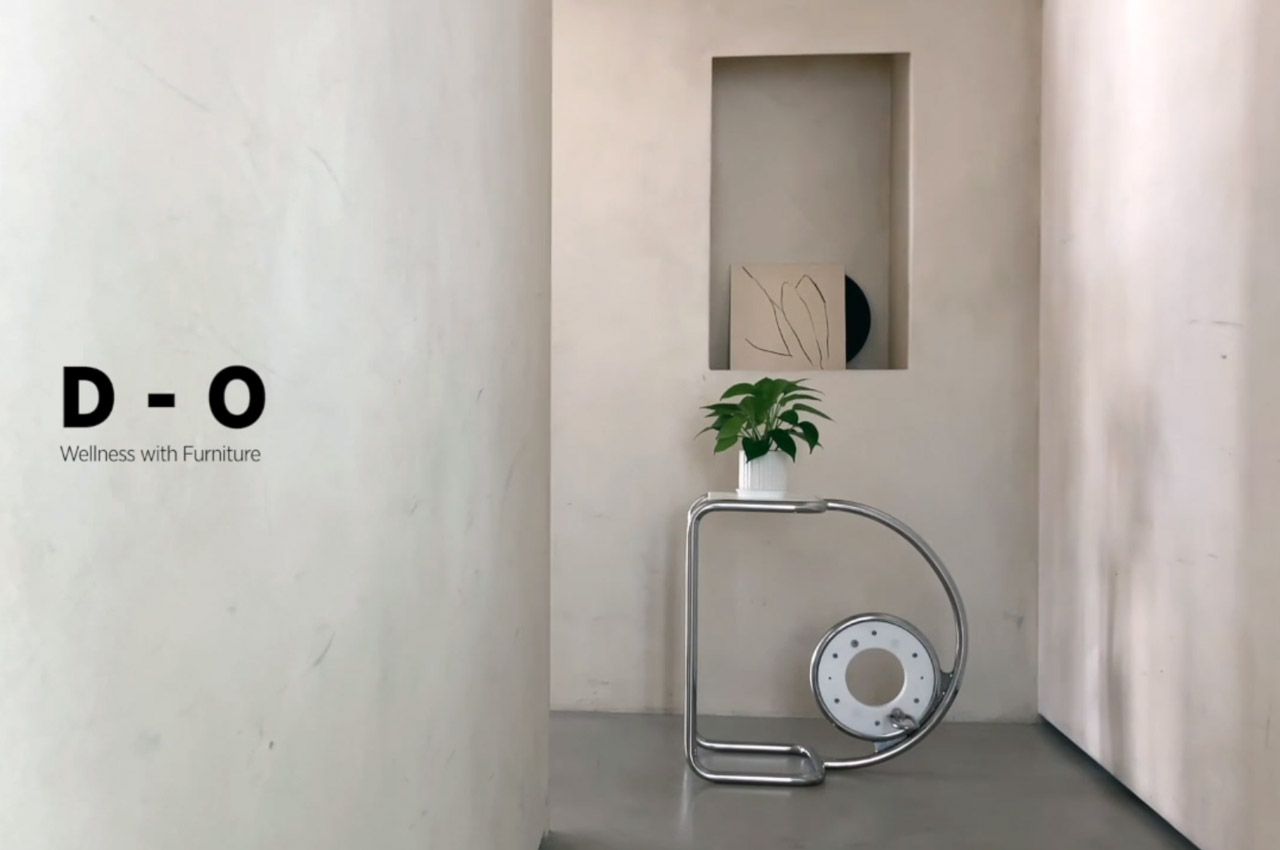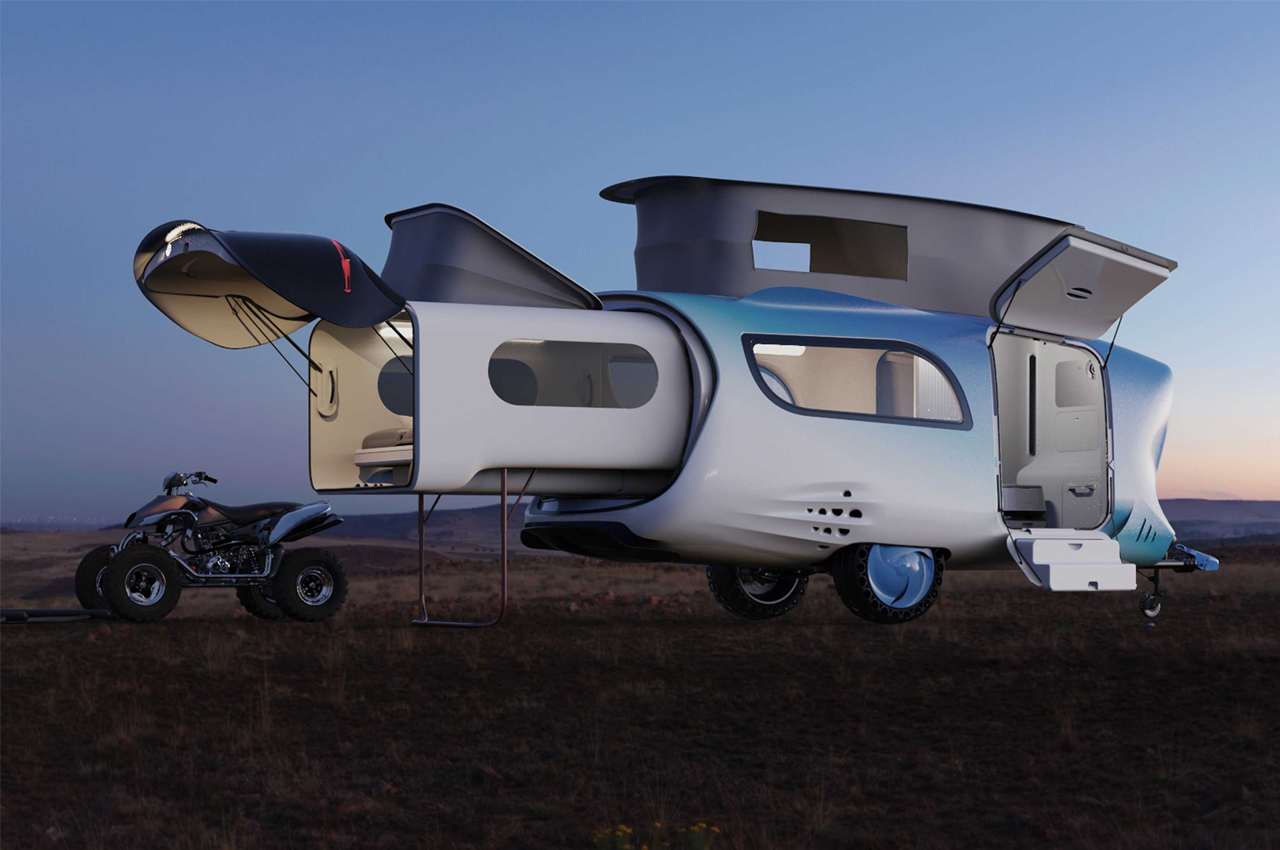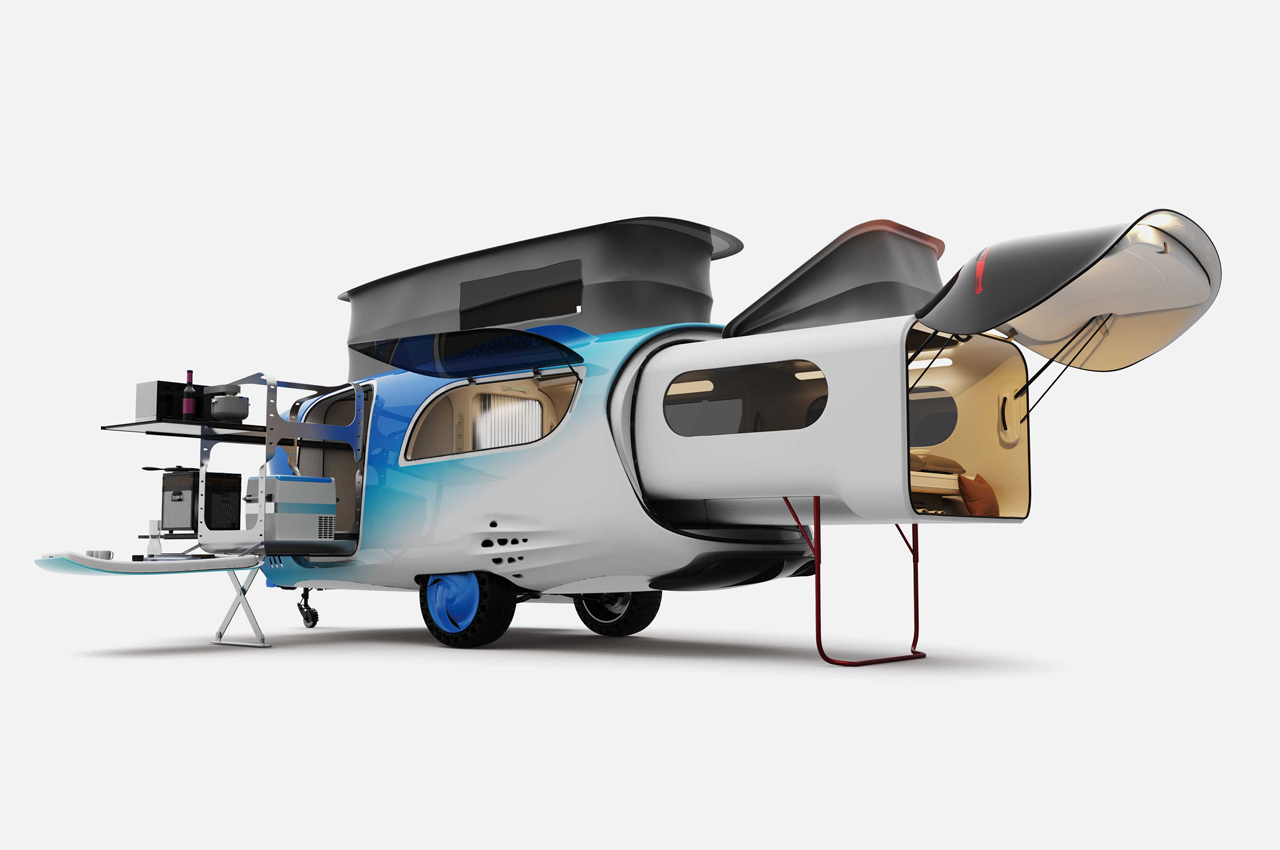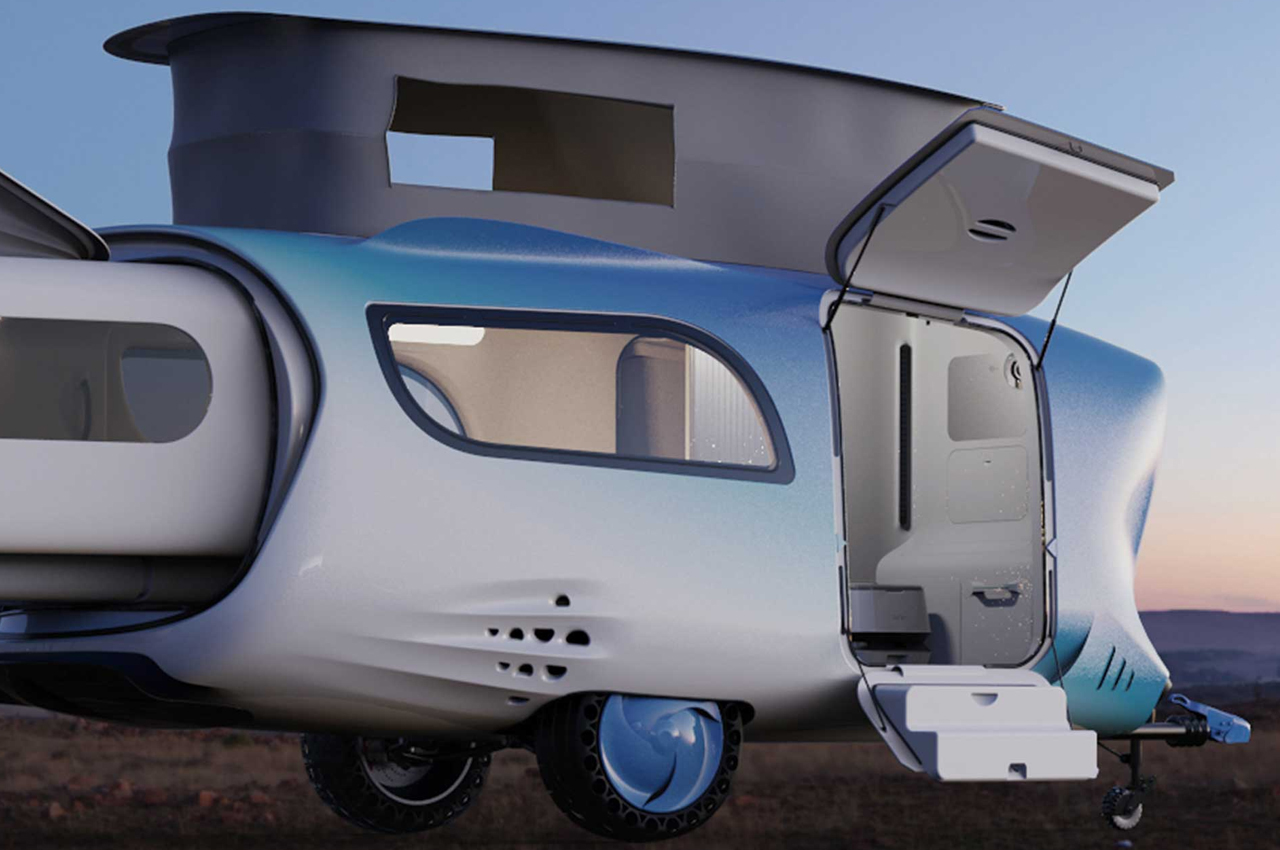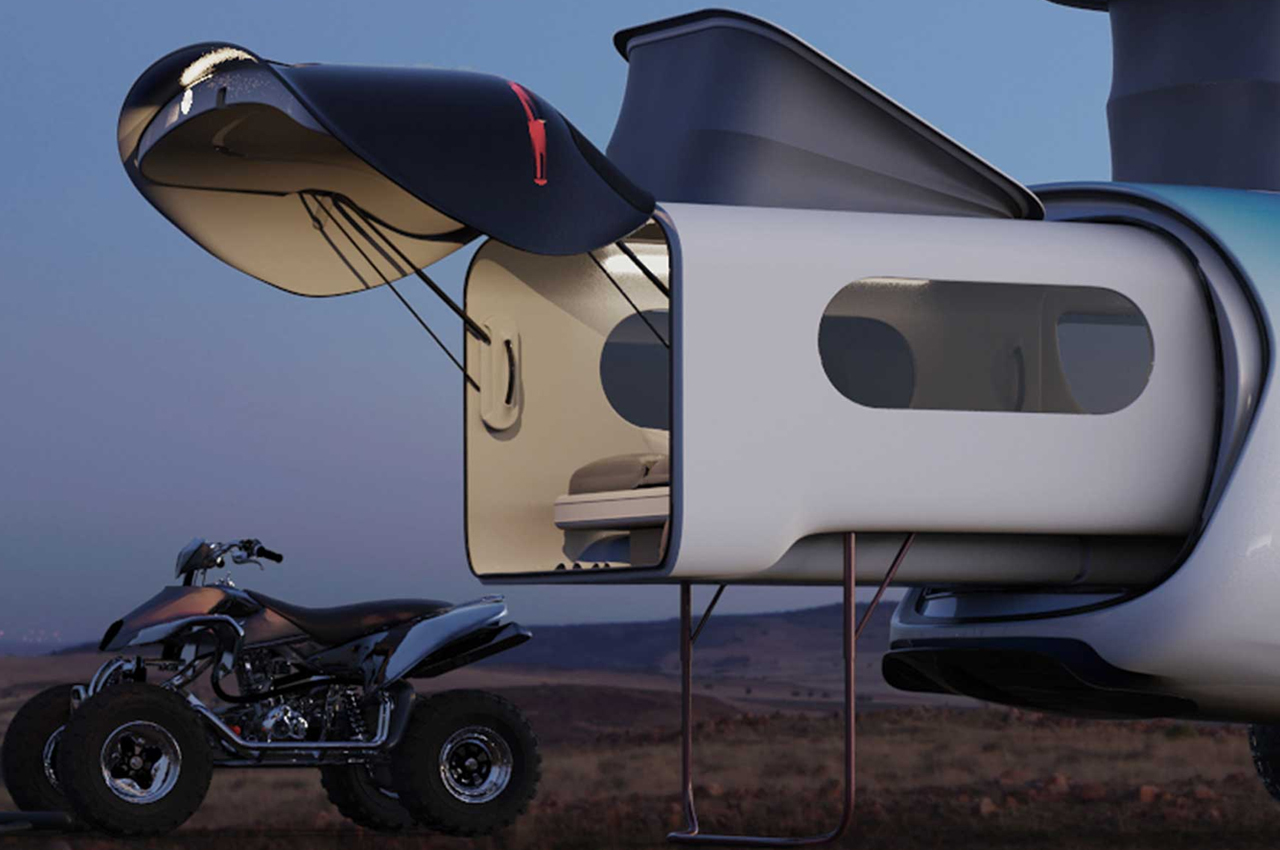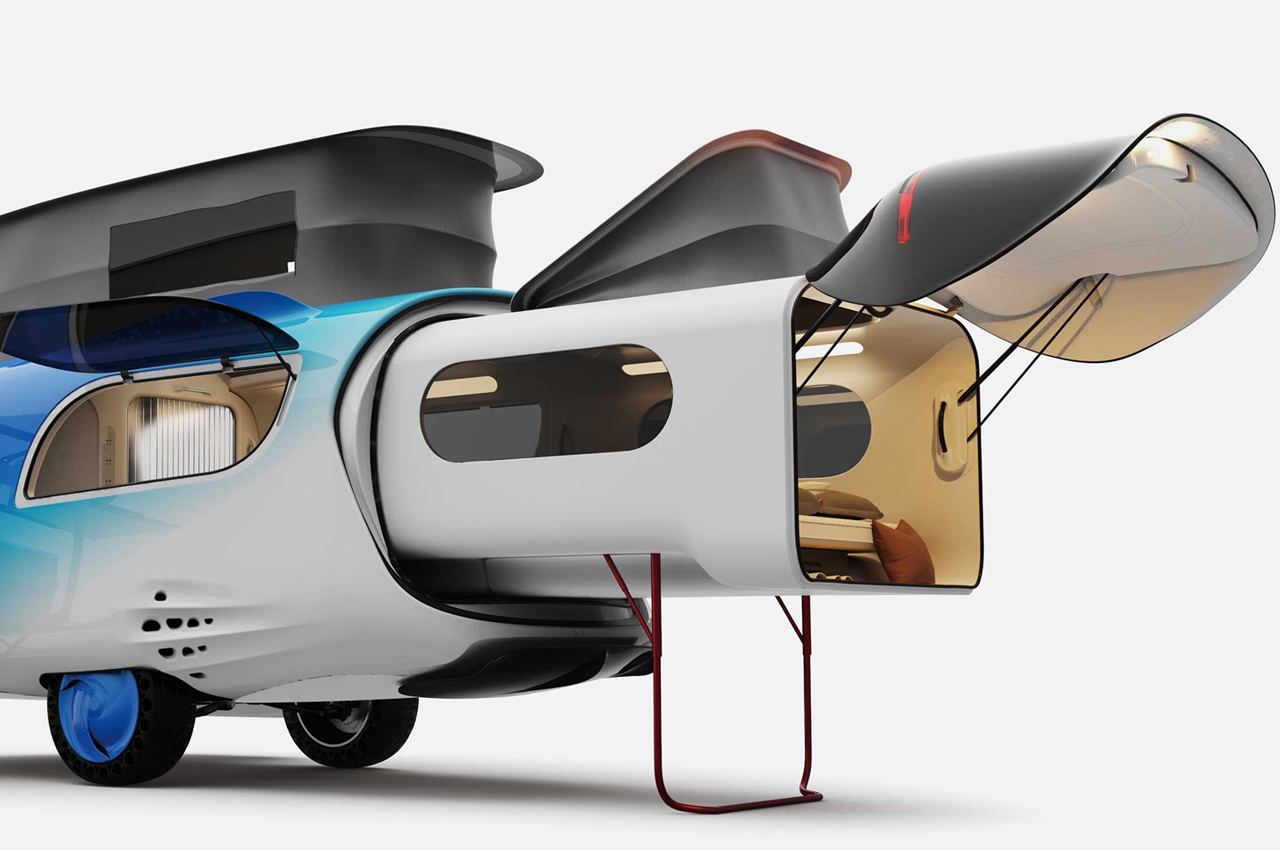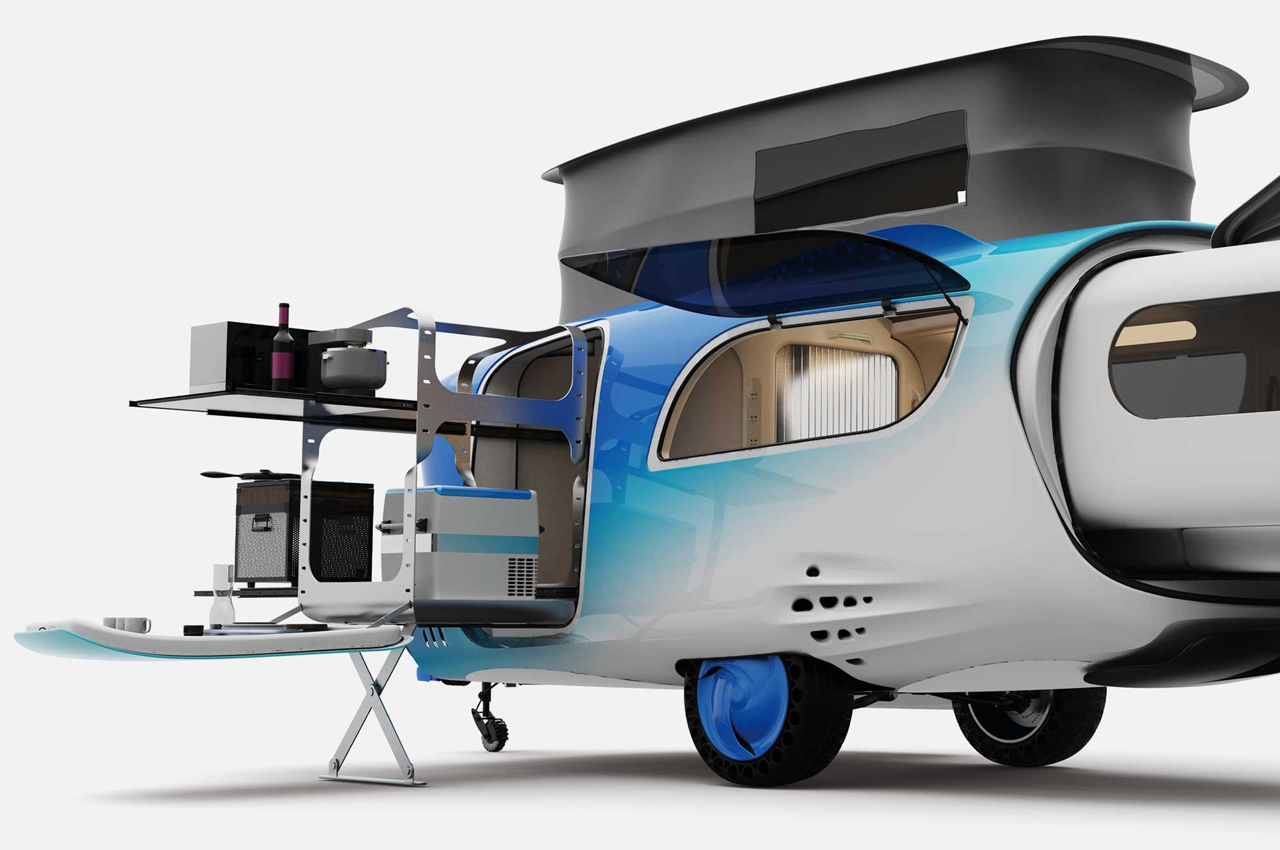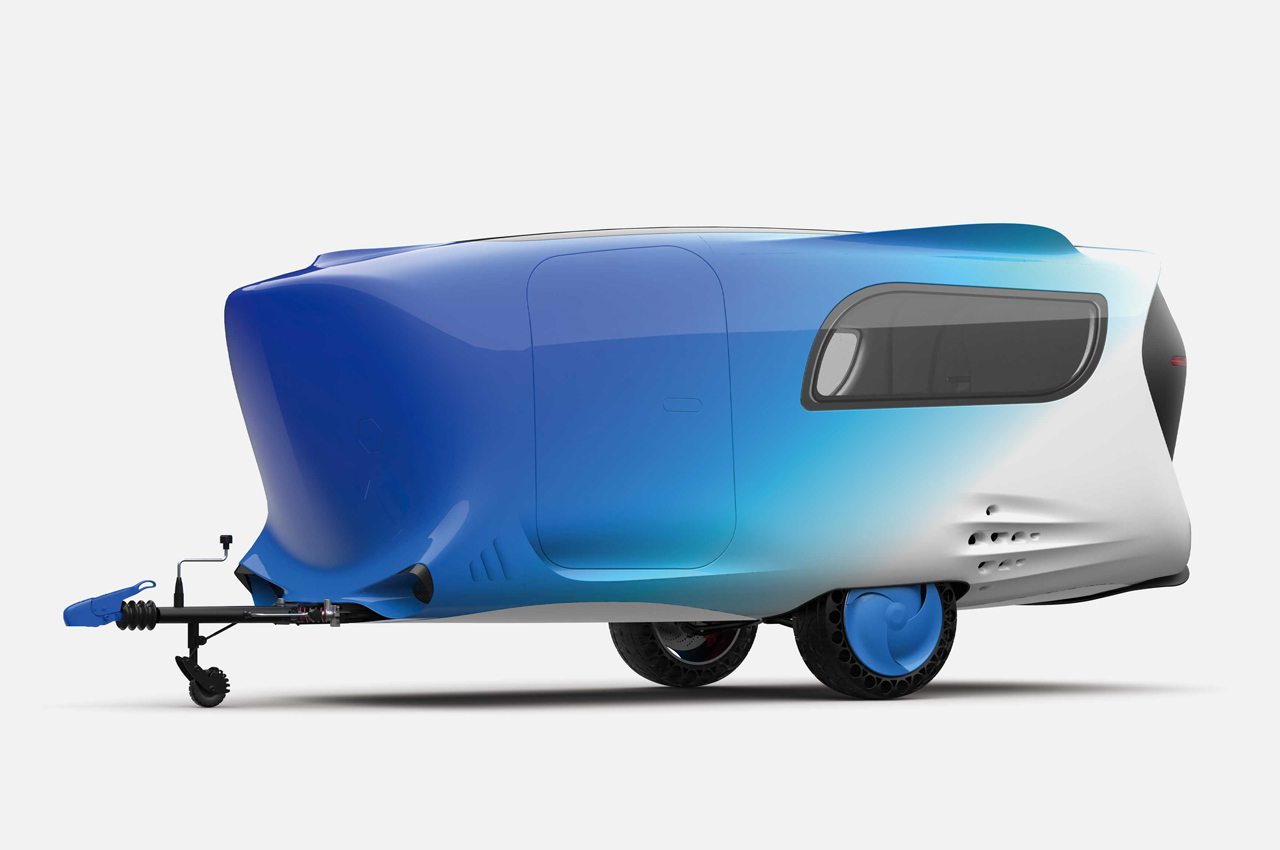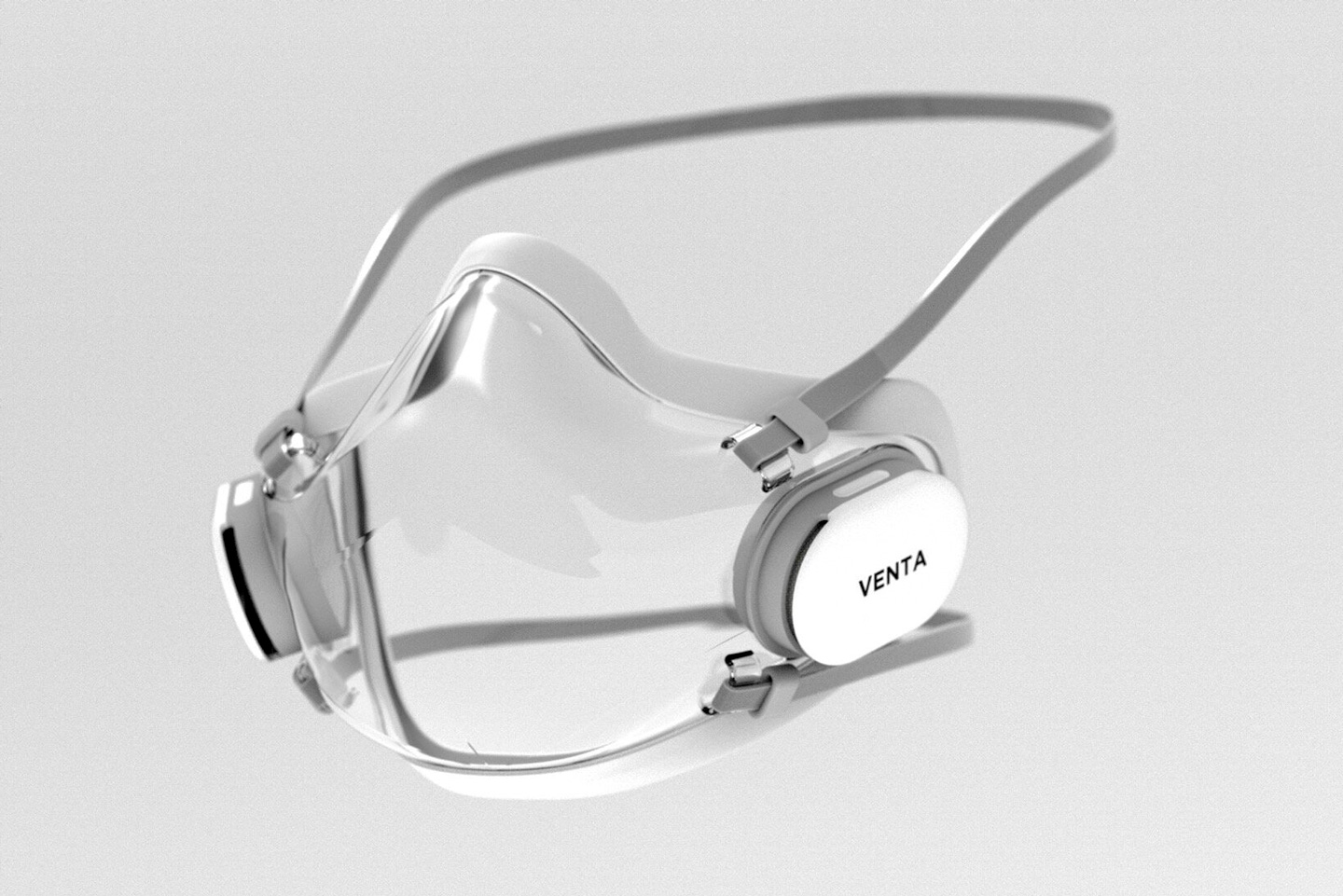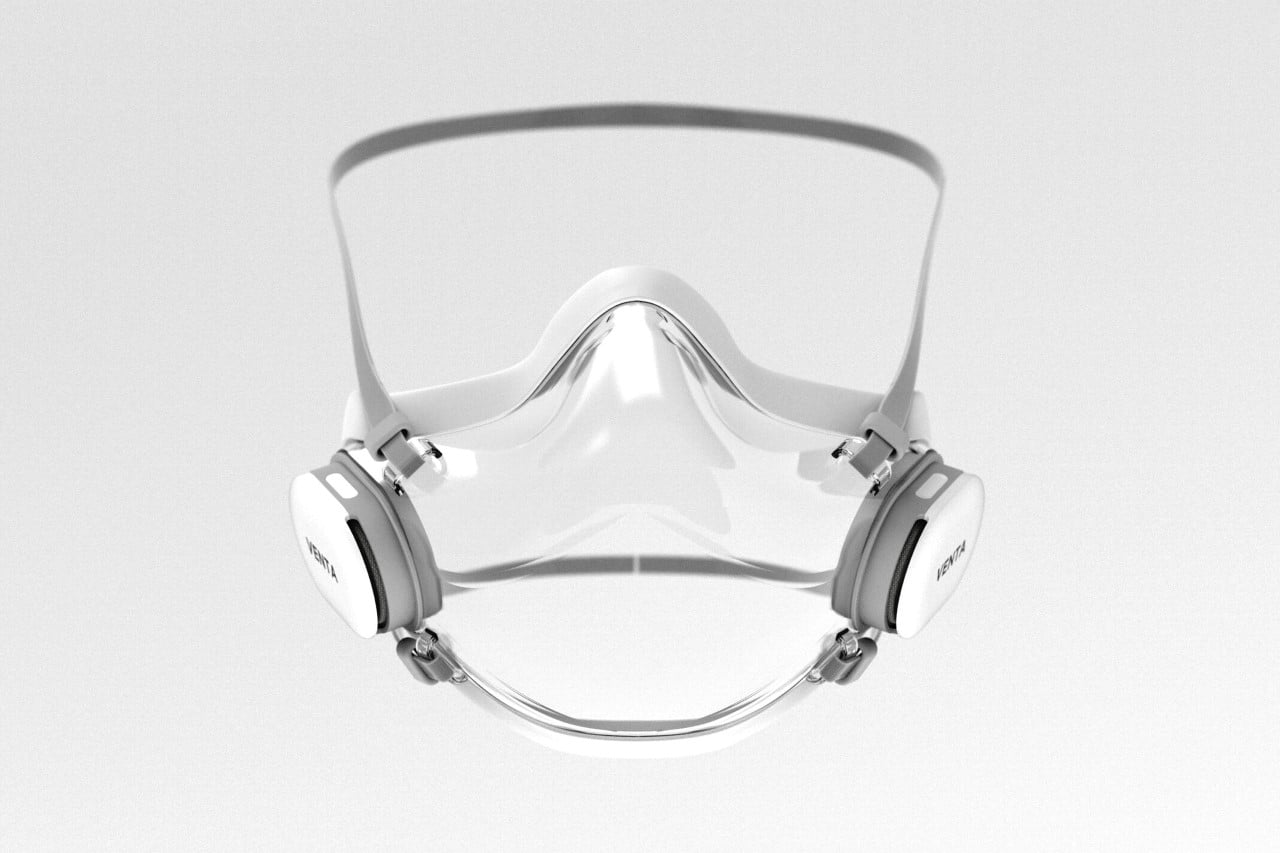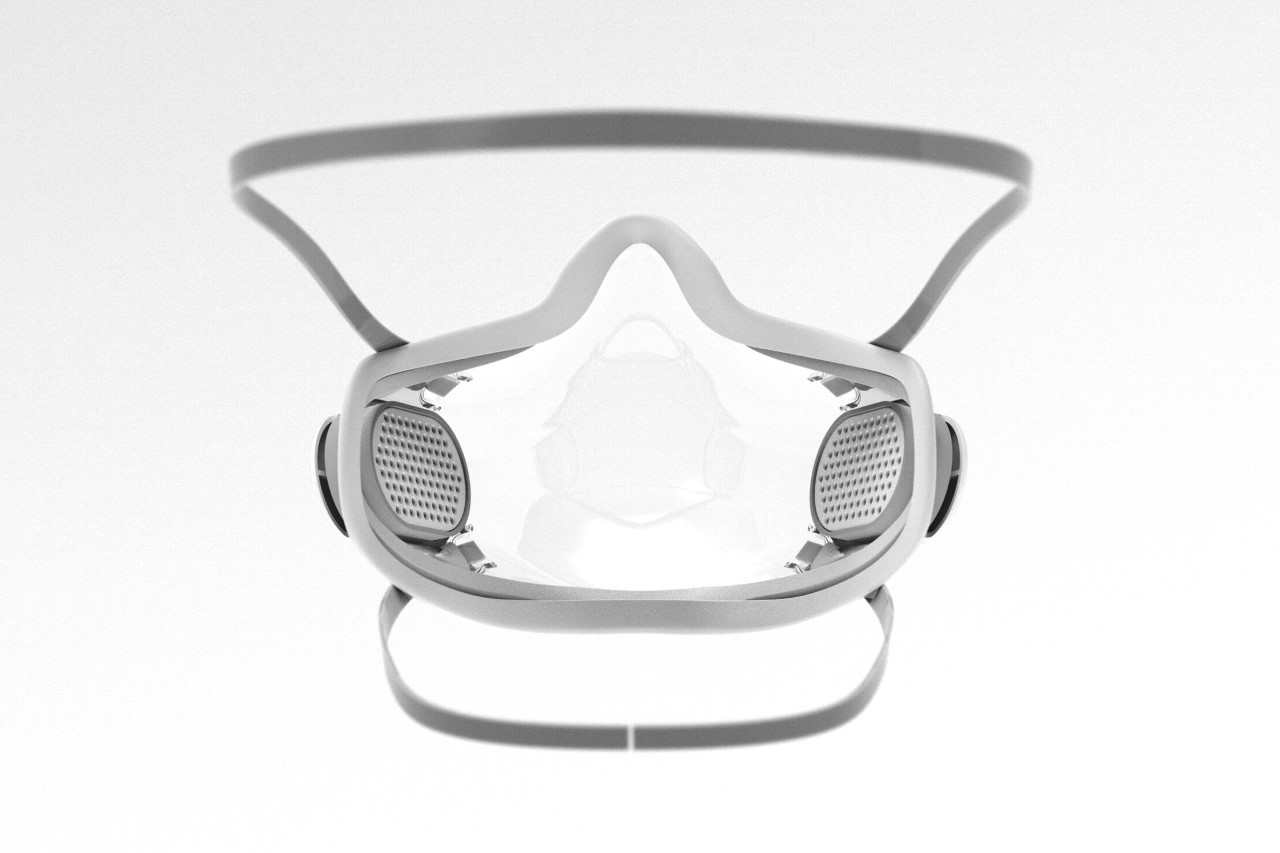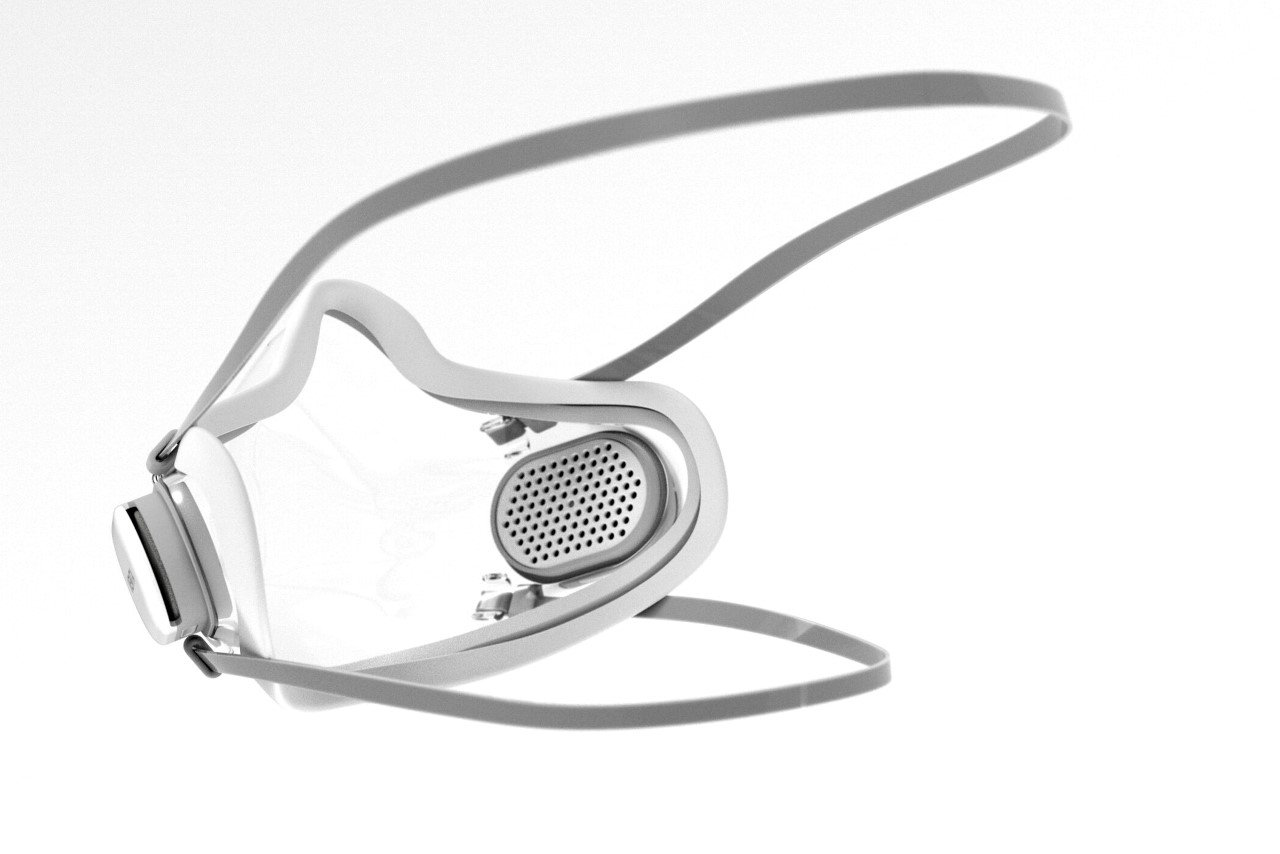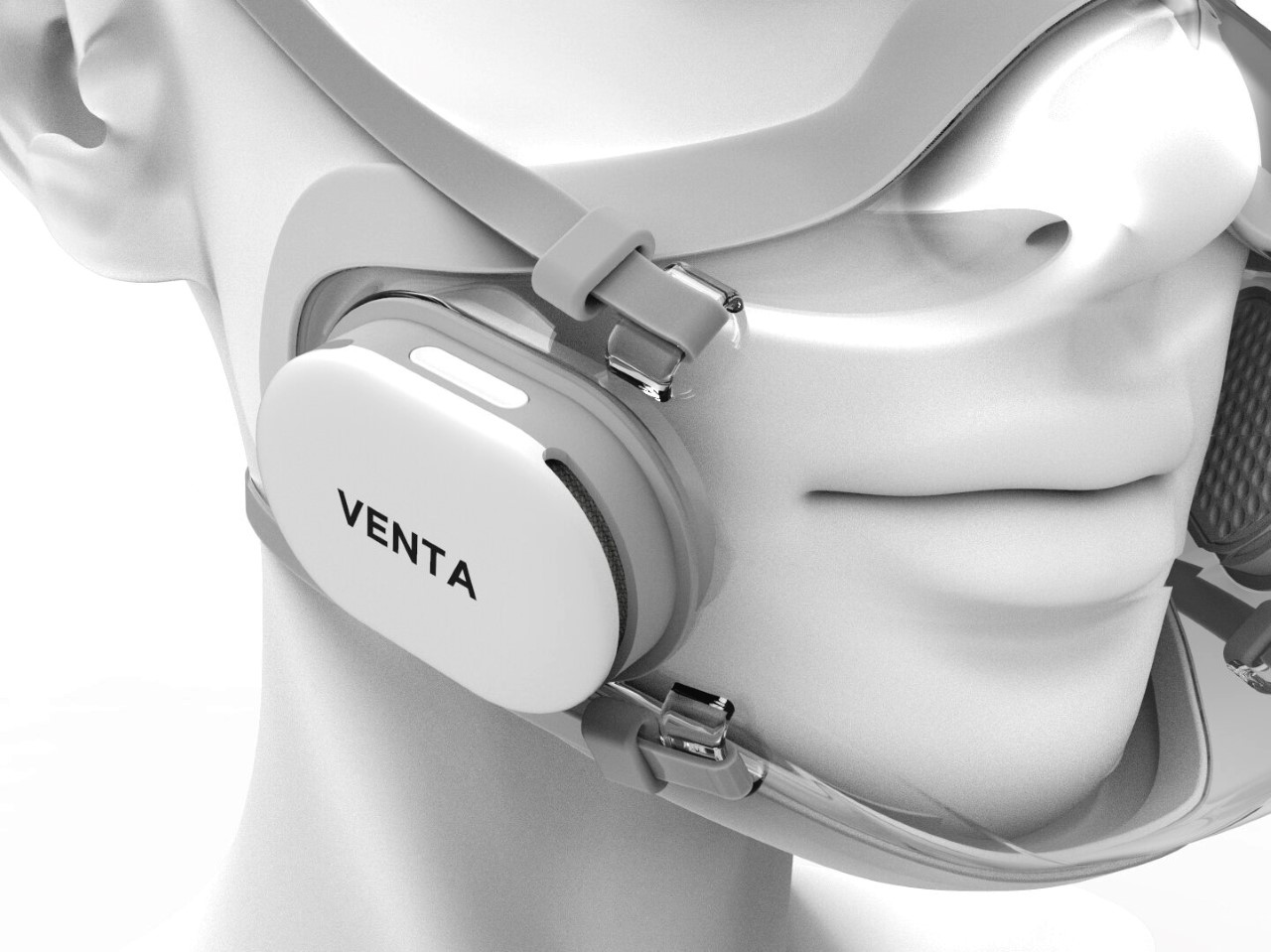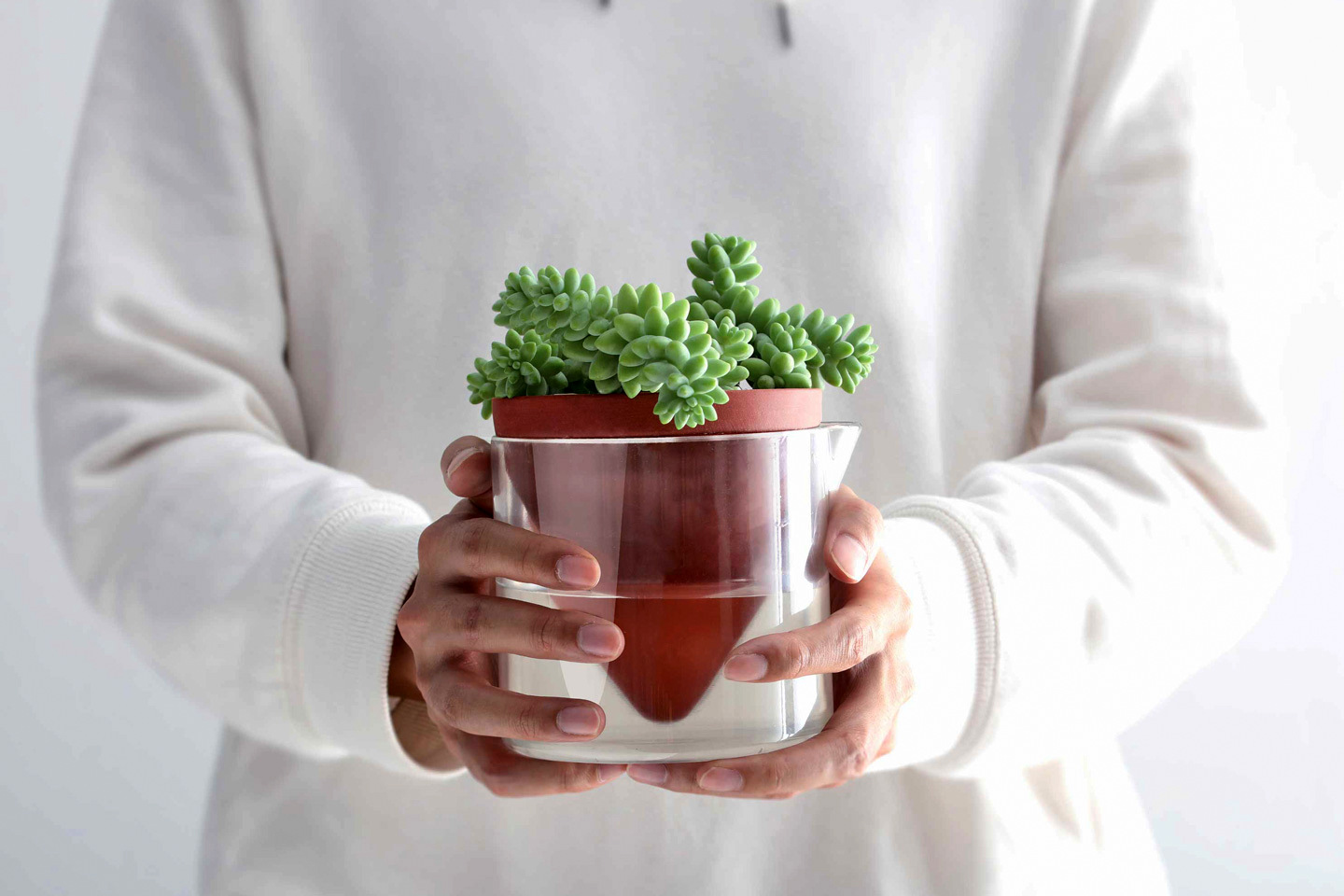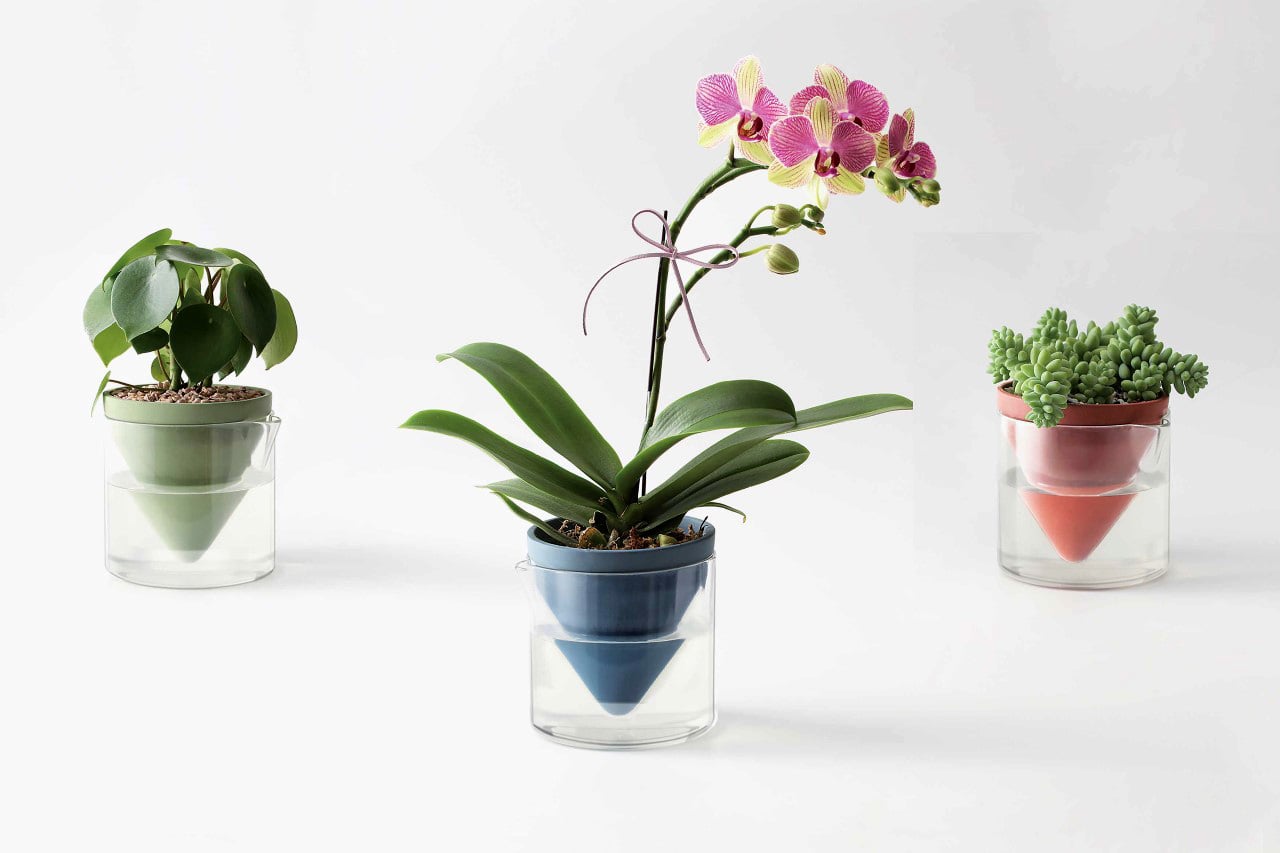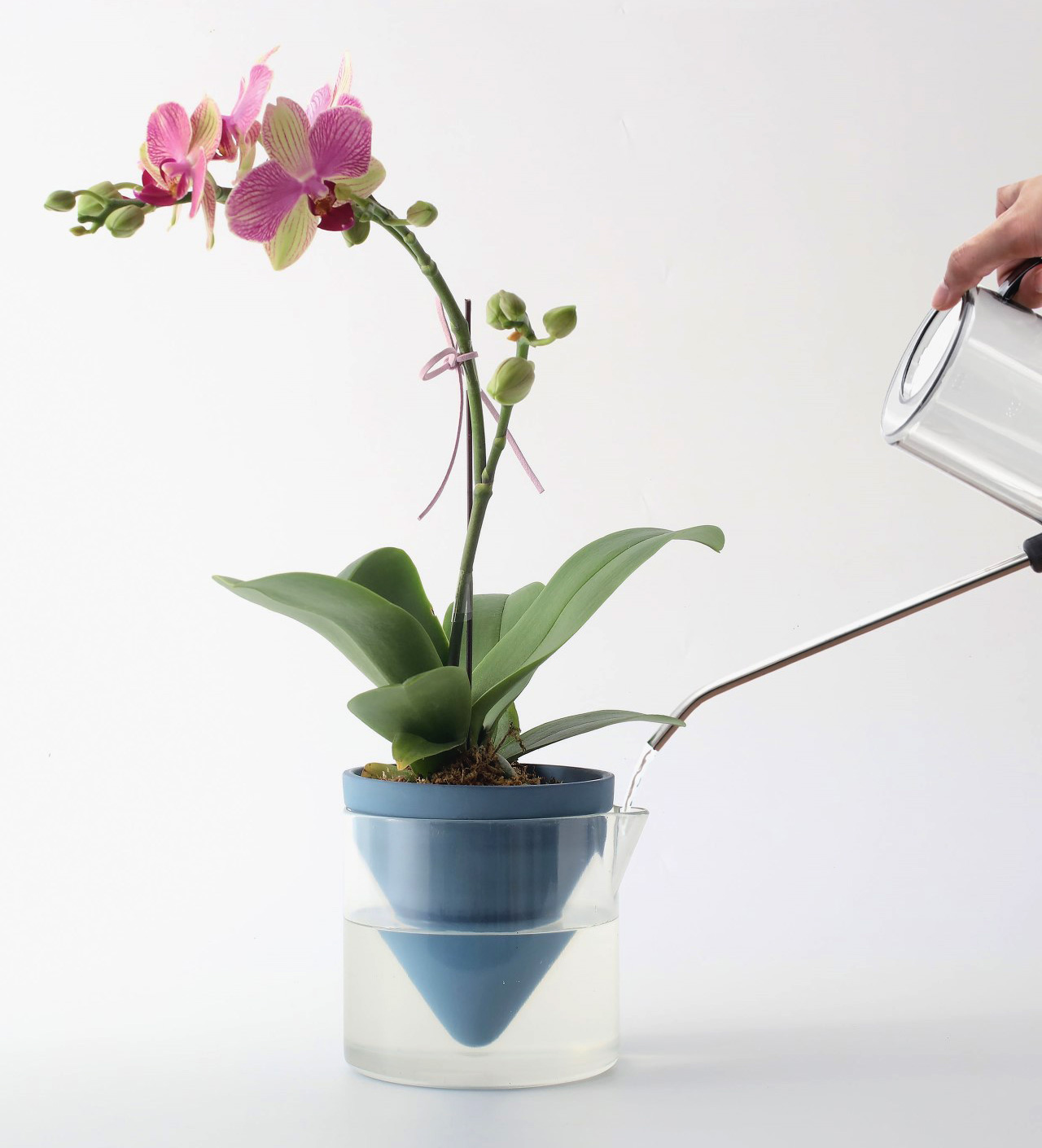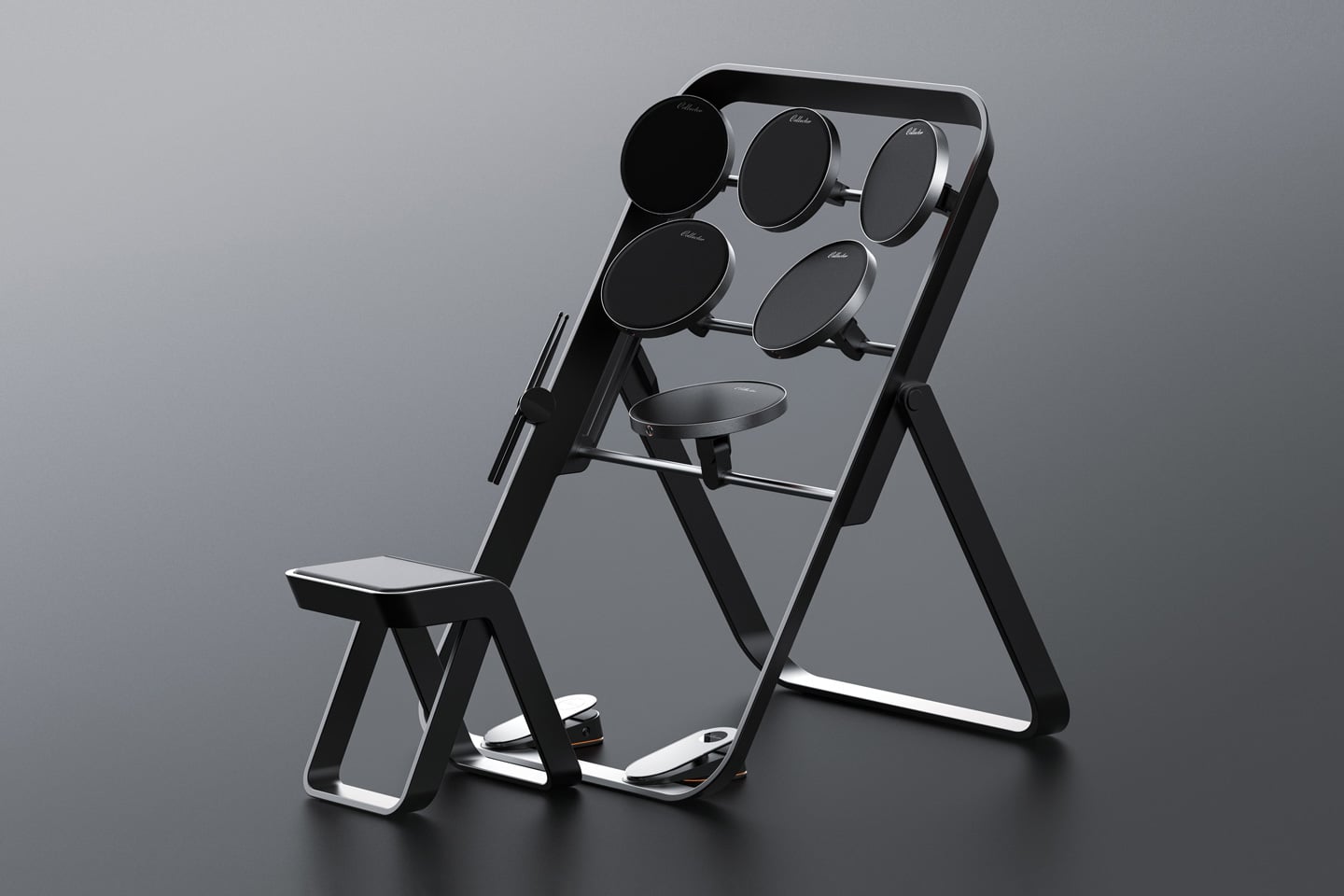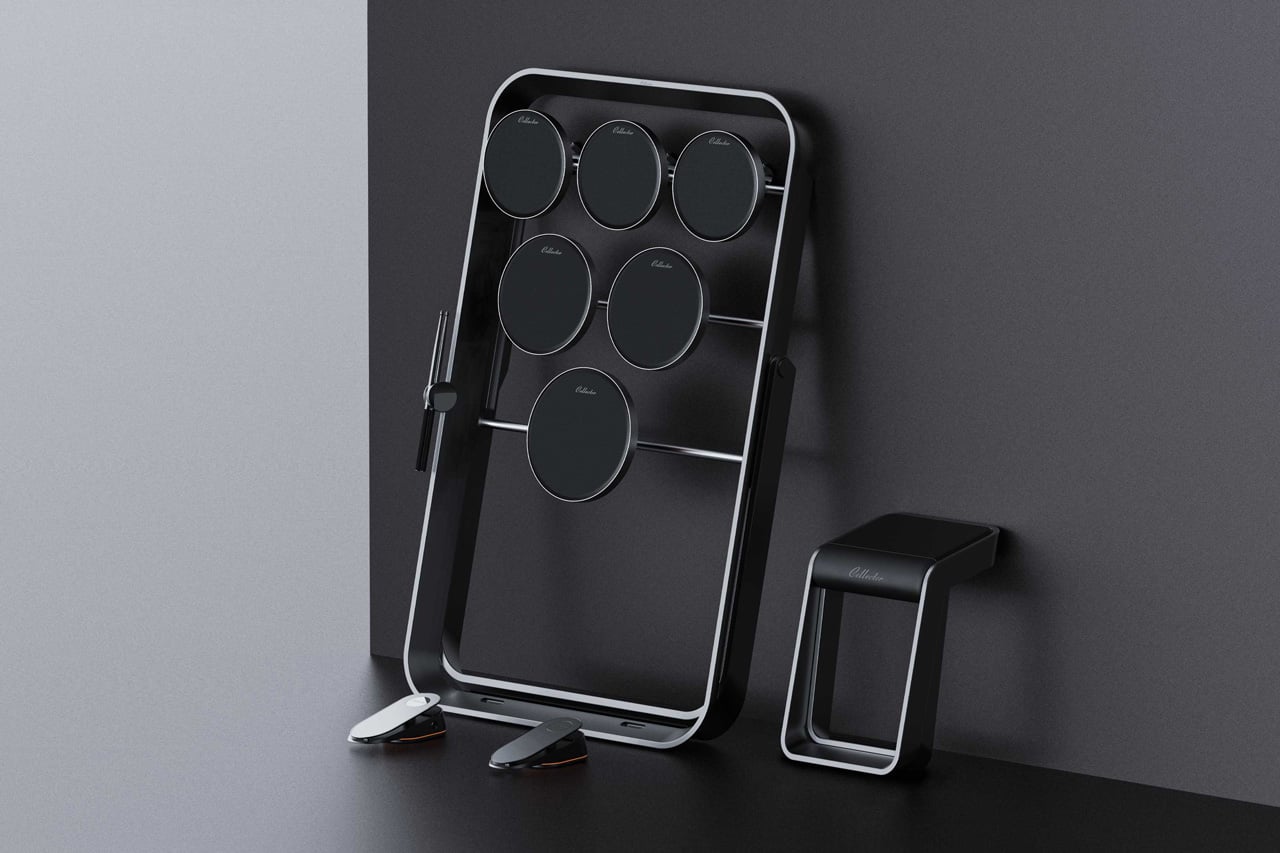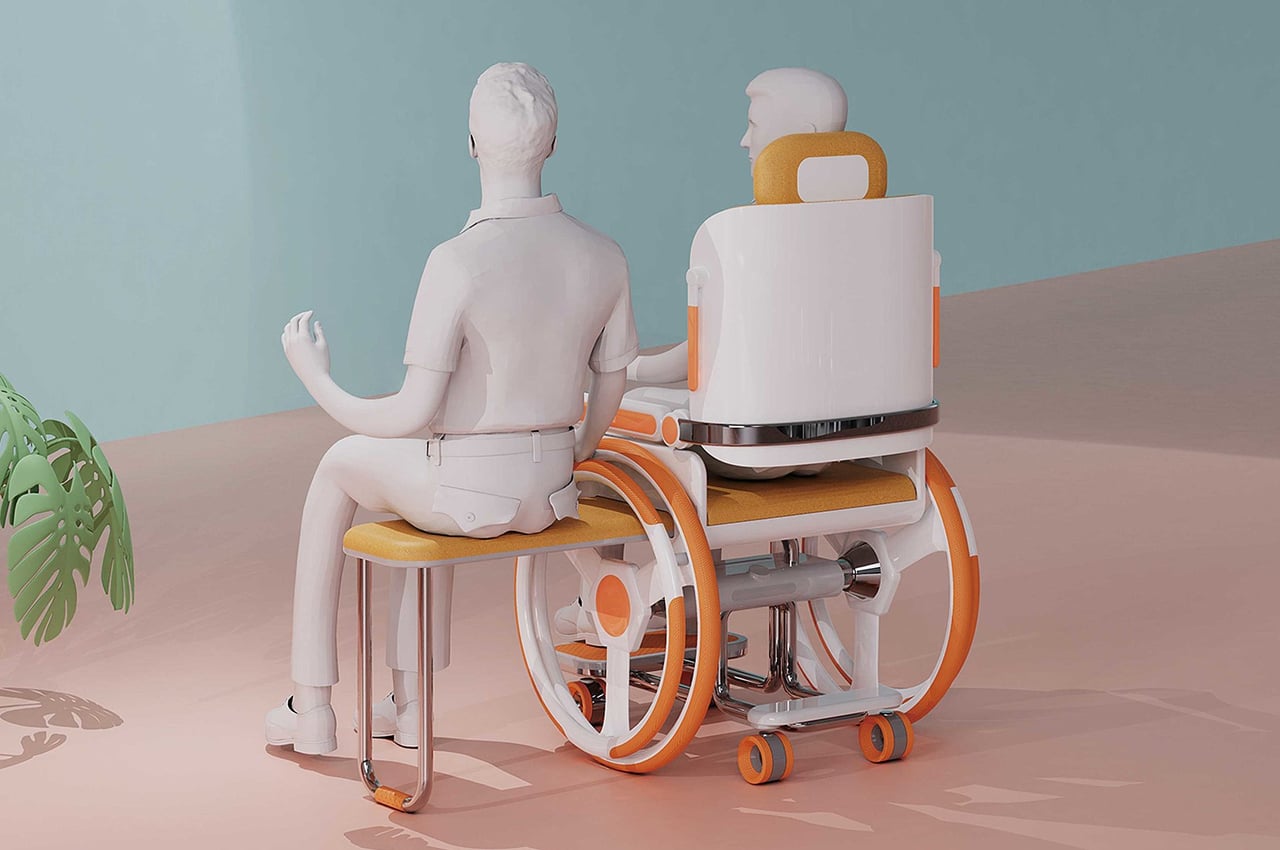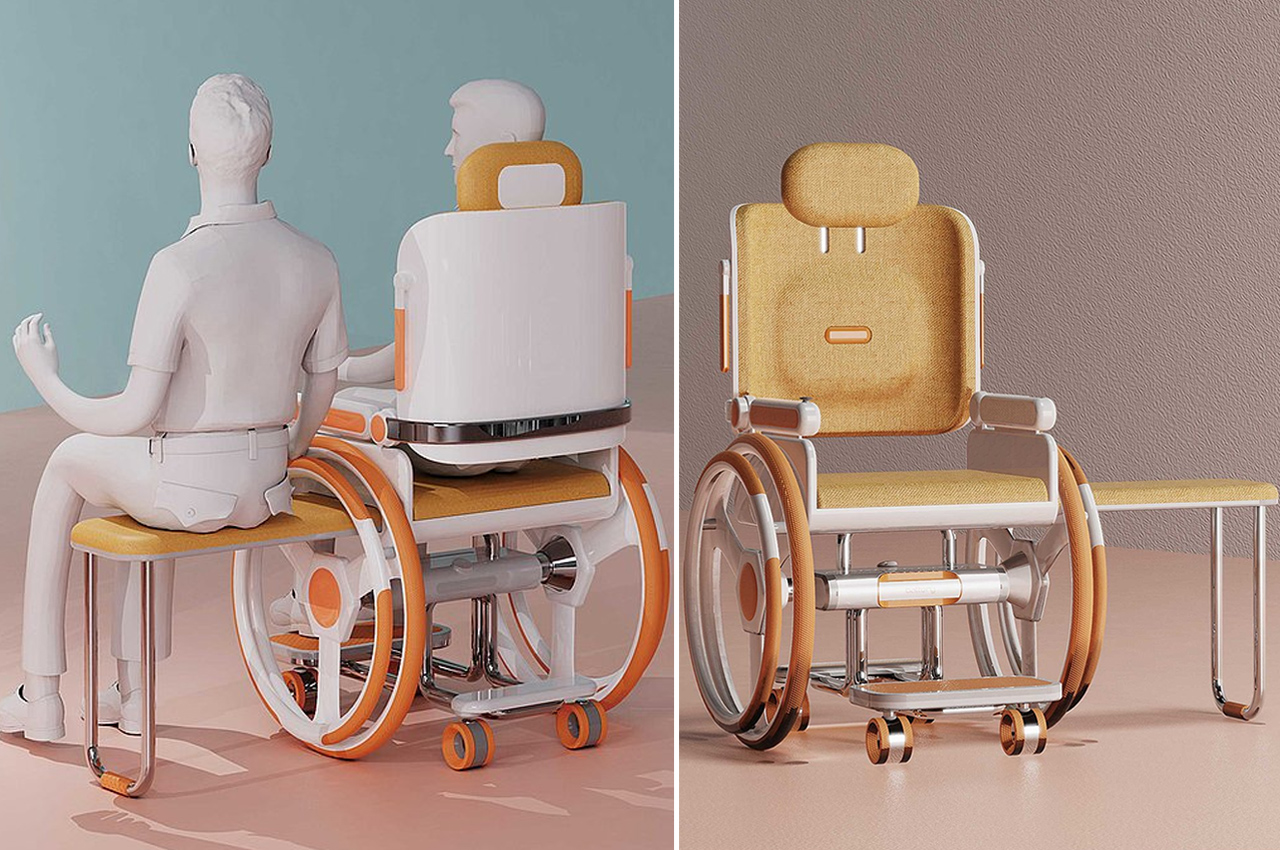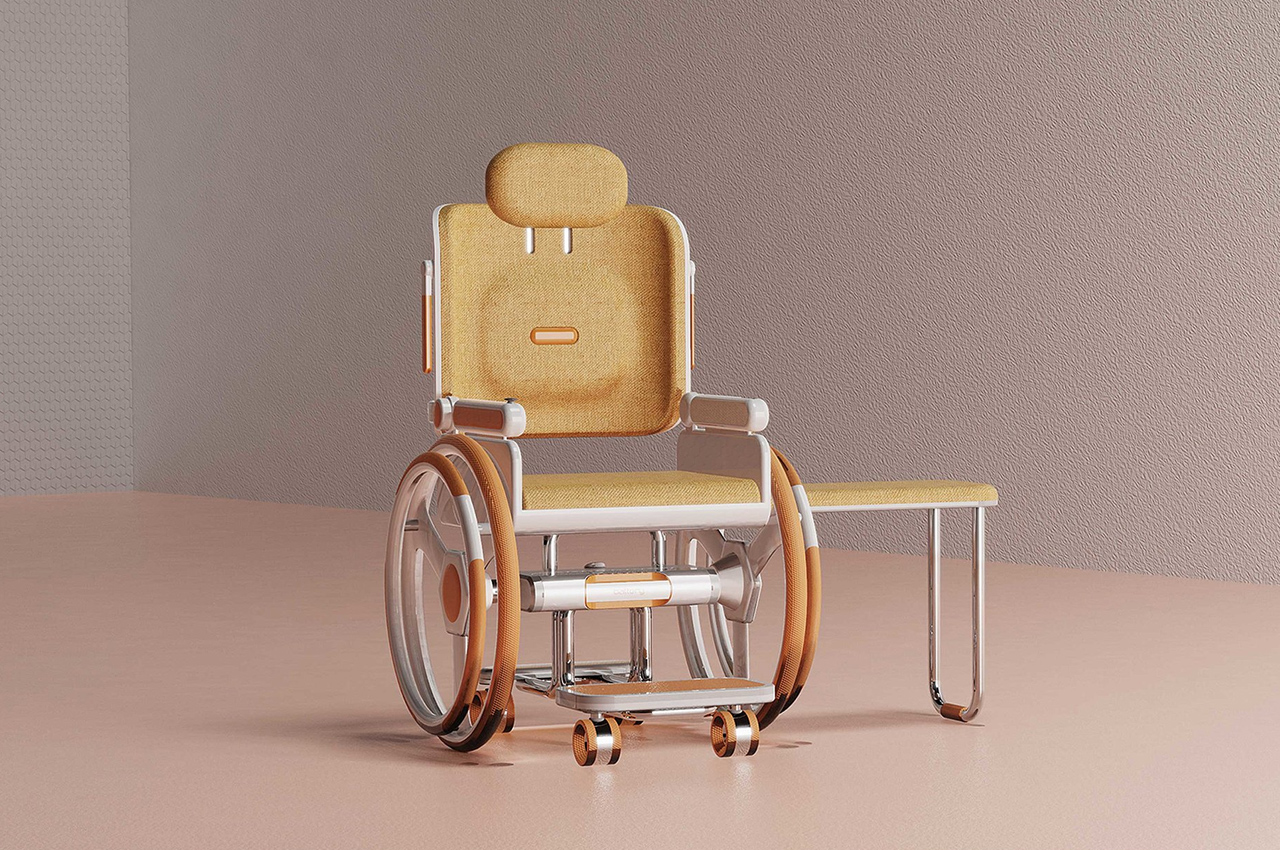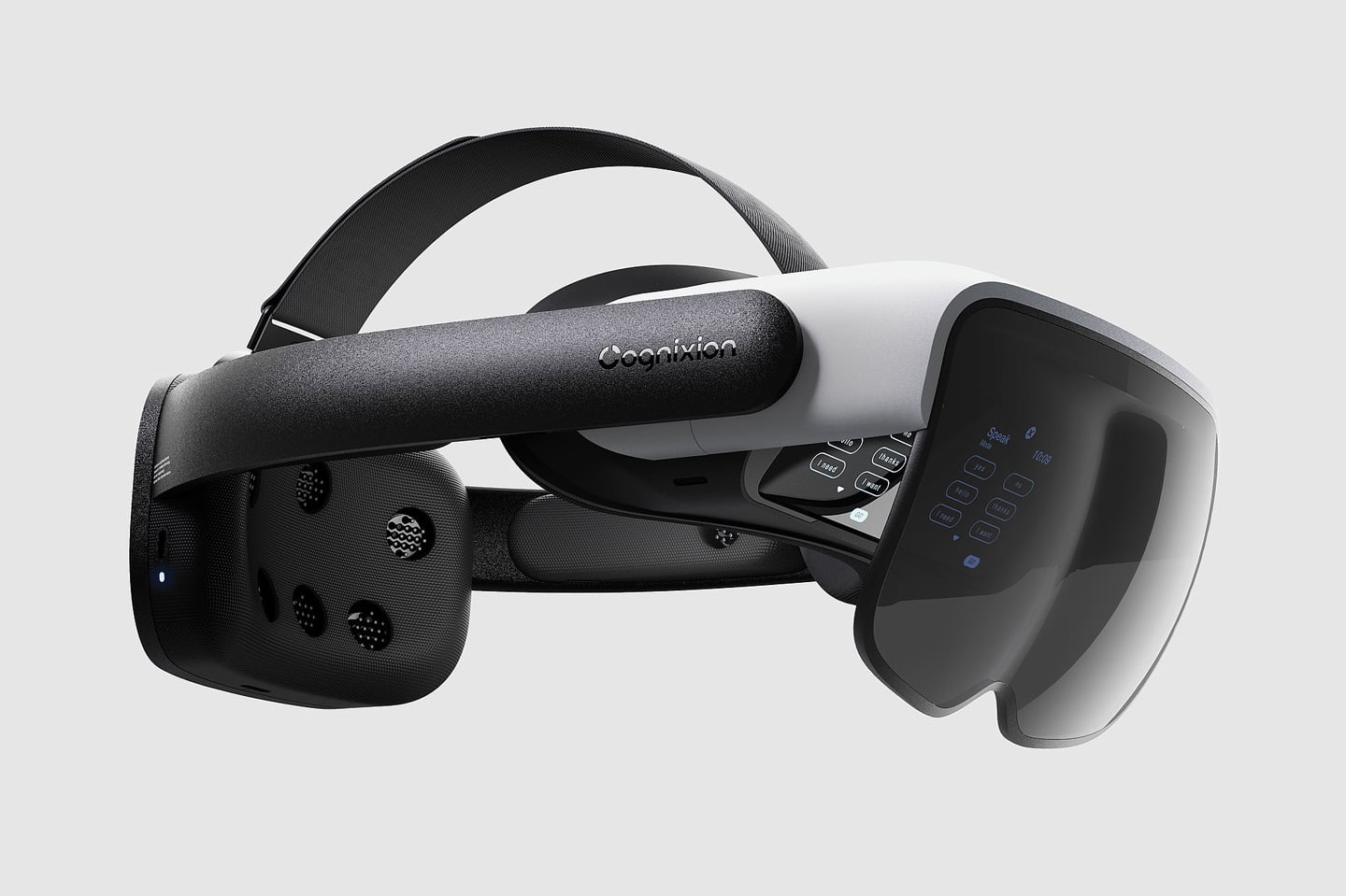
You can’t envision any future without conceptualization. Concepts have always interested us and have been the backbone of Yanko Design because they present an image of products, technologies, experiences, and consequently, futures. They showcase an inventiveness and creativity that’s truly worth appreciating and that’s where we see a massive overlap of interest with our friends who host the Red Dot Design Concept Awards.
This year’s Red Dot Design Concept Awards: Best of Best honors some exciting concepts. Whether it’s the cutting-edge technology used in consumer electronics, or in the health sector, or design that uplifts user experiences and environments, Red Dot’s Best Of Best is our annual go-to for designs that speak of creativity, cross-discipline collaboration, and marvelous execution. Here are a few of our favorites from this year’s Red Dot Design Concept Award: Best of Best! Scroll right to the bottom to see which project won the Luminary Design Award! You saw it here first!
Click here to view more Award-winning designs from the 2021 Red Dot Design Concept Award.
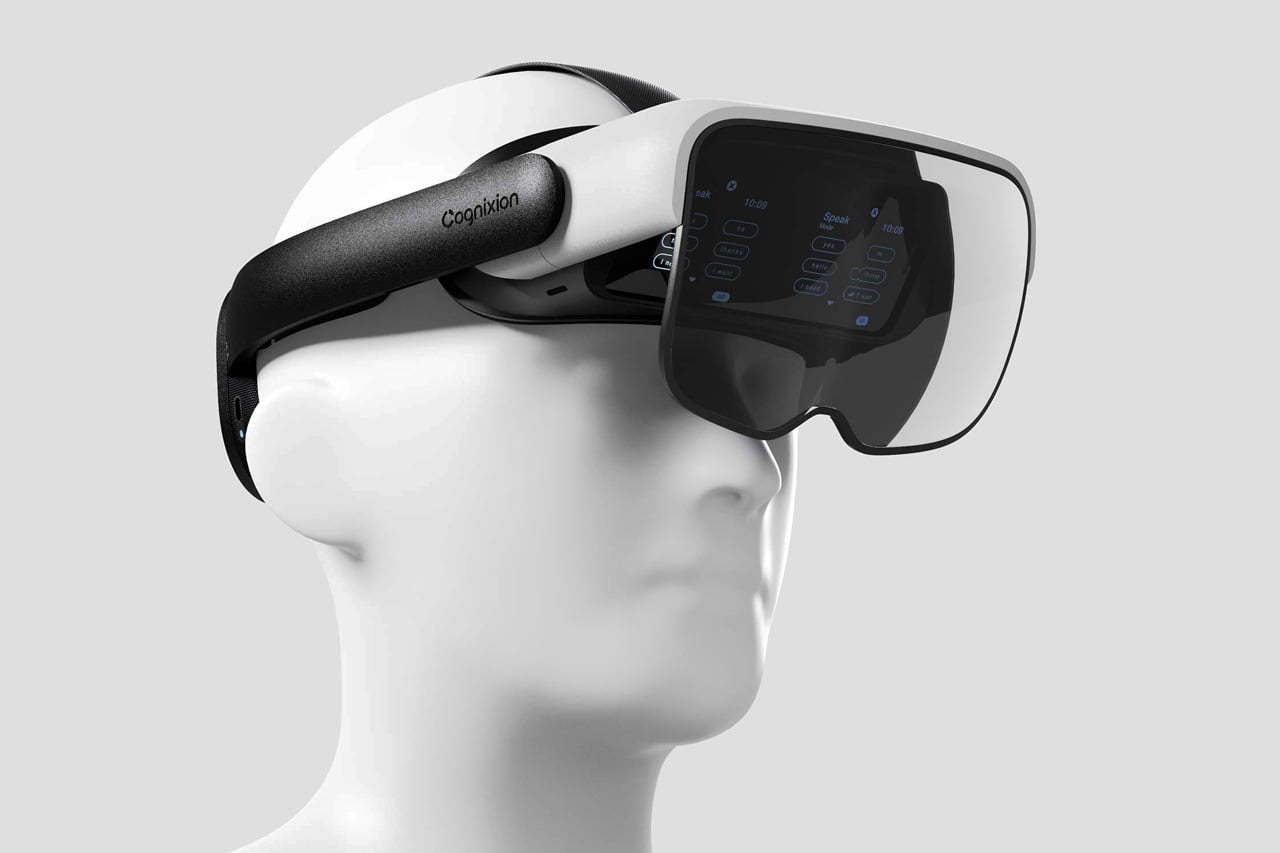
Cognixion One AR Headset by STEL Design
Cognixion One is the world’s first wearable speech-generating device, combining a Brain-Computer-Interface with Augmented Reality to enable communication in those with disabilities like never before. Three context-aware, predictive keyboard options, radial sentence builder tools, and an integrated AI assistant are all powered by 6 occipital-placed electrodes and 4G mobility, enabling comfortable use and functionality to the wearer, who’s presented with a new, intuitive way to communicate with the world. Designed for tetraplegic users with communication disabilities, the technology is usable in any position, in any environment.
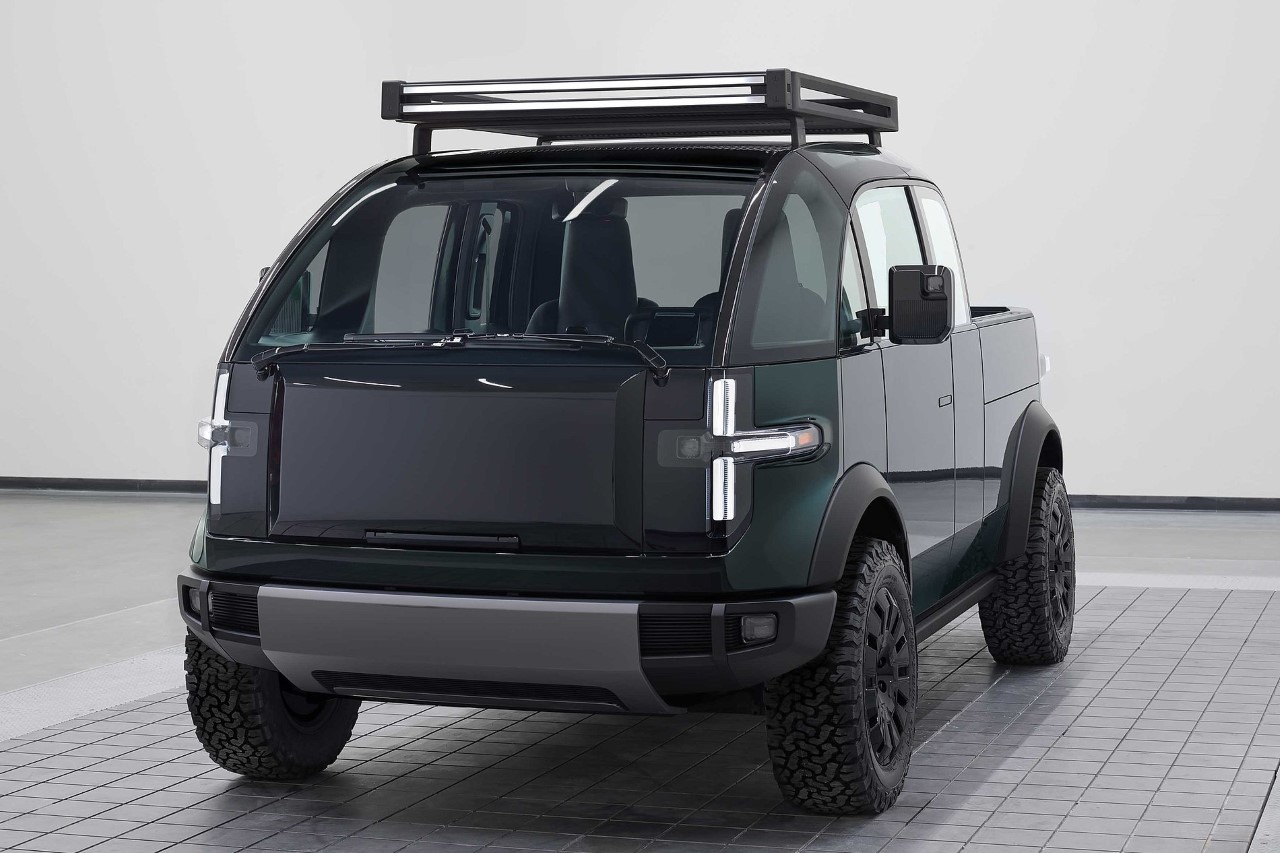
Pickup Truck by Canoo
Designed by the eponymous California-based startup, the Canoo Pickup Truck is a modular electric pickup designed for a variety of scenarios. Unveiled just this year, the new pickup emphasizes modularity and looks to maximize its utility. It has tables folding down around the vehicle, various hidden storage areas, and numerous charging points on the exterior of the truck. The pickup will offer over 200 miles of range with an option between a dual- or rear-motor configuration. Currently in its concept stage, the Red Dot Best of Best Award-winning vehicle is slated to go into production by 2023.
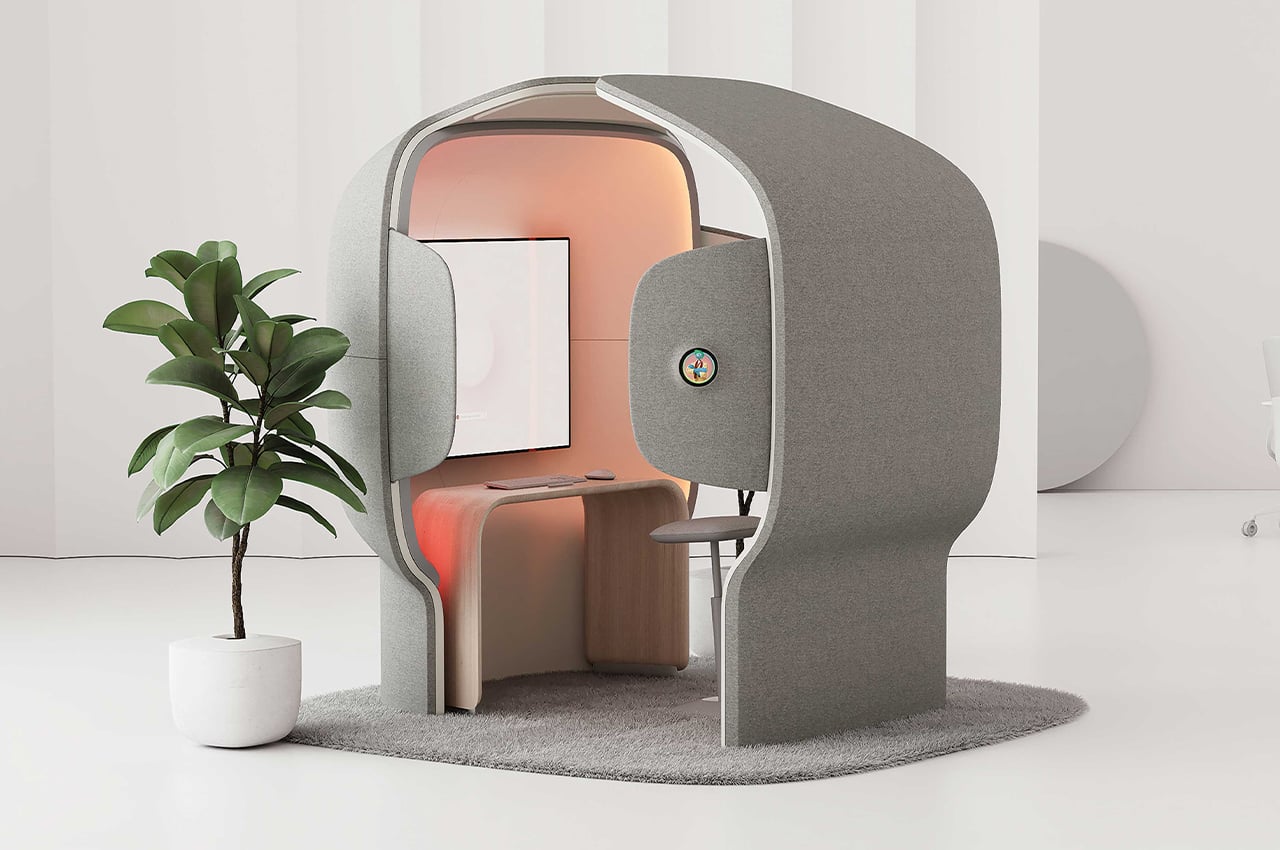
Flowspace Pod by Microsoft Office Envisioning Team
Designed for hybrid workplaces, Flowspace is an innovative little private pod for solo working in crowded offices. Draped in gray felt, Flowspace comes with automated privacy panels that create a hybrid of a conventional desk and round pod. As currently conceptualized, each pod comes with its own desktop computer, desk, and stool. The desktop computer’s monitor spans almost the entire panel inside the pod, making it an ideal screen for heavy workloads and even presentations. The pod itself comes in two halves to combine and provide plenty of privacy amidst busy work zones. Whenever you want to get back to the WFH grind, Flowspace creates a temporary sanctuary for focus and deep work.
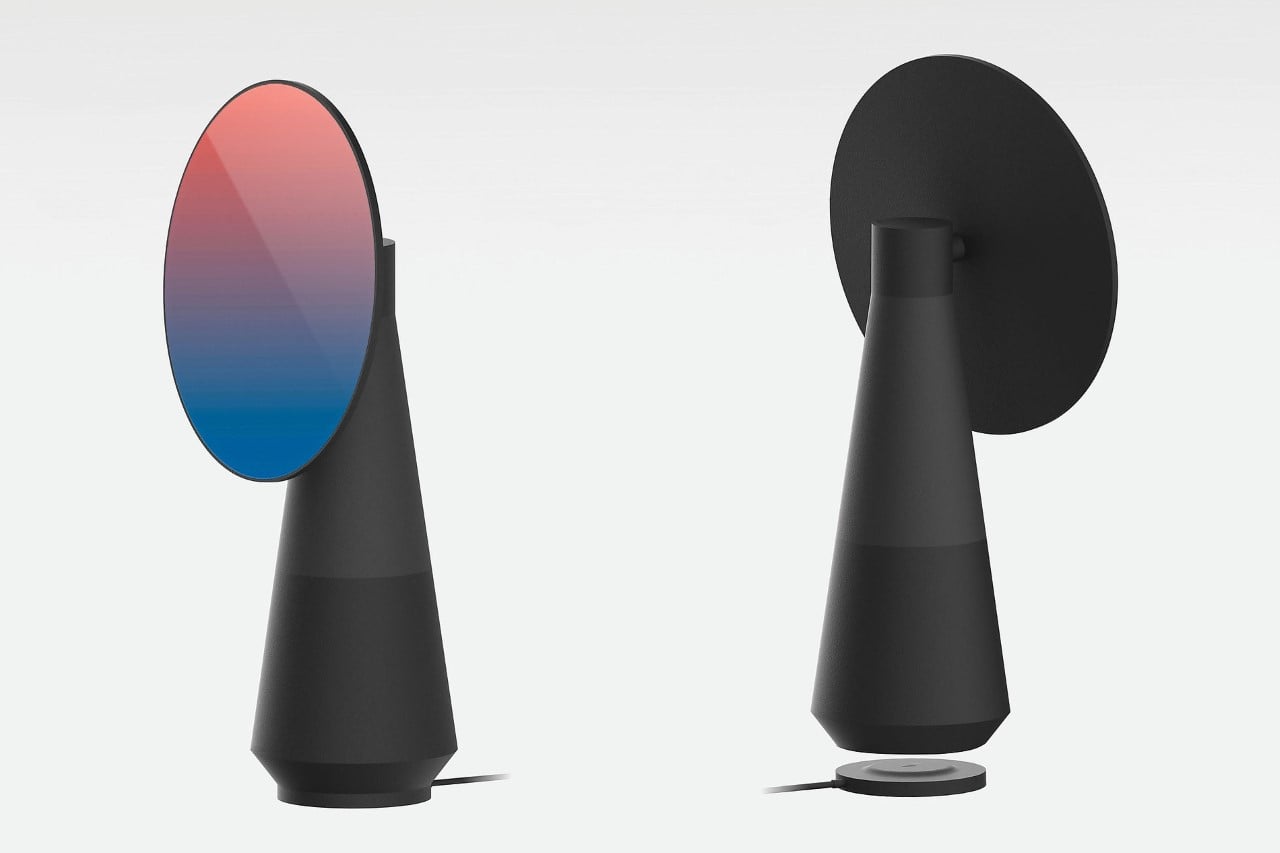
Jinni Virtual Assistant Zhong Zuozheng
Here’s a question nobody probably ever thought of… how do deaf and mute people communicate with voice assistants? Or specifically, with smart speakers? It’s a question that Jinni, a sign-language-based smart assistant, hopes to answer. Equipped with a camera that can read sign language inputs, and a large screen that can communicate with its user, Jinni brings the power of virtual assistants to a subset of people that are often ignored when designing mainstream tech. Just as the smart speaker is a ubiquitous little gadget in homes, Jinni hopes to do the same for the deaf and mute communities, giving them the same access to life-changing tech.

Mollie Salt & Pepper Shaker by Anshuman Kumar
Mollie is an adorably playful salt-and-pepper shaker tool that embodies Zen aesthetics for an interactive seasoning experience. Designed to look like a shaker, it makes the act of ‘shaking’ salt or pepper over your meals much more fun and engaging… although be careful, it’s pretty easy to get carried away and end up with an over-salted meal! Ultimately, Mollie introduces a new playful facet to eating and preparing food!
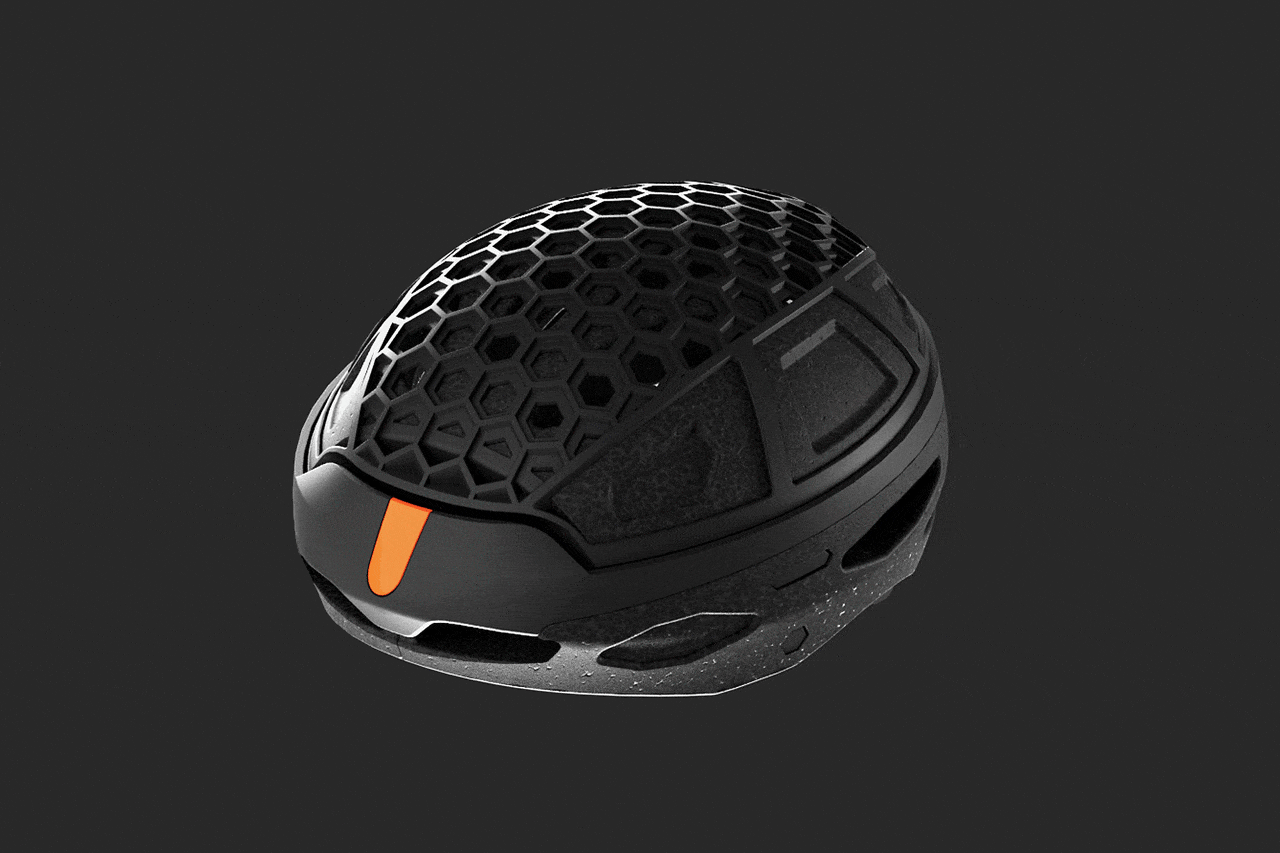
The ‘Flip-Clip’ Helmet by Newlane
The Newlane ‘Flip Clip’ is a truly packable helmet designed to make carrying headgear easy and convenient. The helmet’s patented design features a flippable top that turns its dome-shaped form into a frisbee that’s easier to stash in bags, carry under arms, or place inside the cargo space in scooters. Measuring 81mm in thickness when closed, the helmet’s bulkiness gets reduced by 50%, making it much more convenient than traditional bulky helmets that can be cumbersome to carry around.
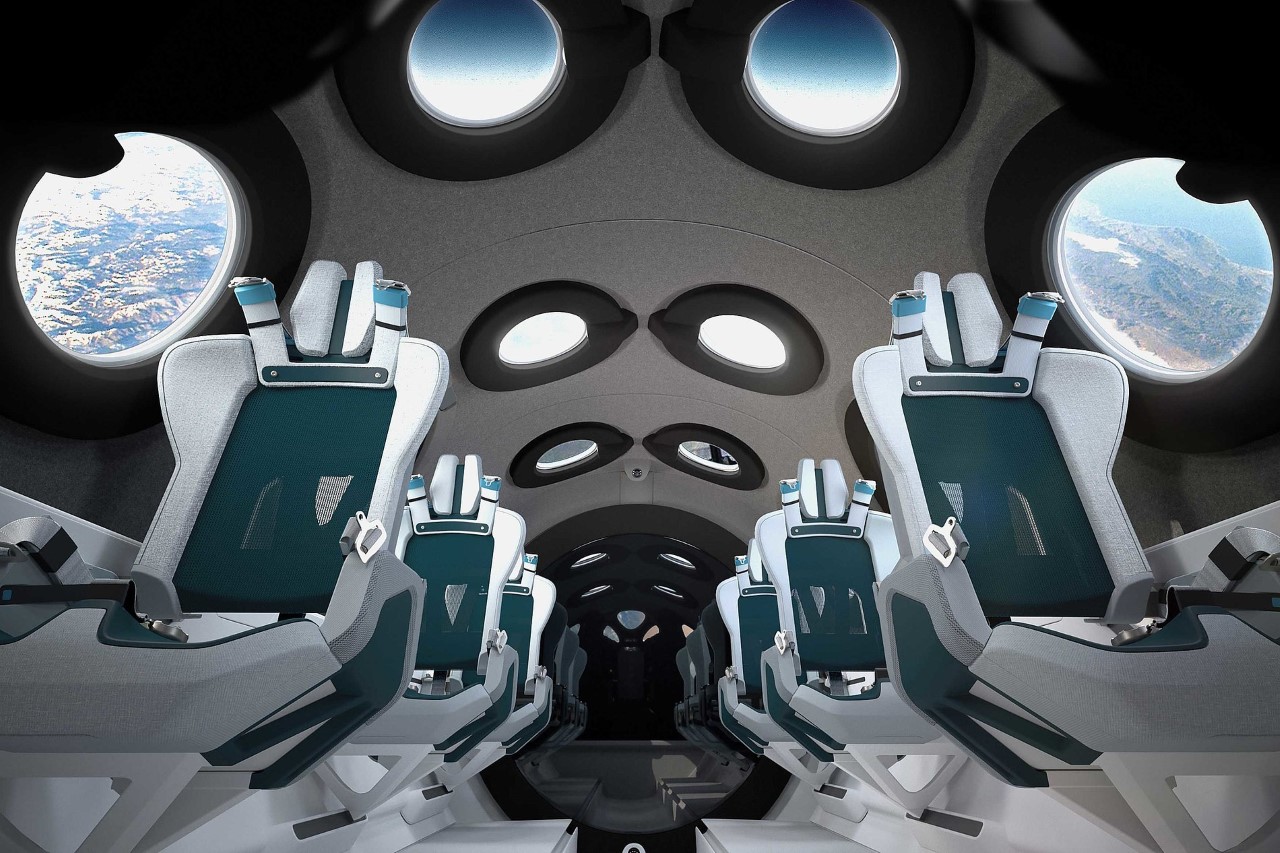
Virgin Galactic Spaceship Interior by Seymourpowell
Envisioned by UK-based creative consultancy Seymourpowell, the Virgin Galactic Spaceship Interior provides a unique customer experience that is suitable for a zero-G environment, elevating access to the view of Earth from Space while ensuring safety within a strict weight budget. Designed for the VSS Unity (which embarked on its first fully-crewed sub-orbital mission with Richard Branson on the 11th of July), the interiors provide space for 6 passengers and come with 12 large, porthole-style windows, 6 of which are positioned directly next to the individual passenger seats, offering a stellar view. The cabin interior is also complemented by icy hues of white, silver, and teal, intended to be reflective of space itself and the Earth below.
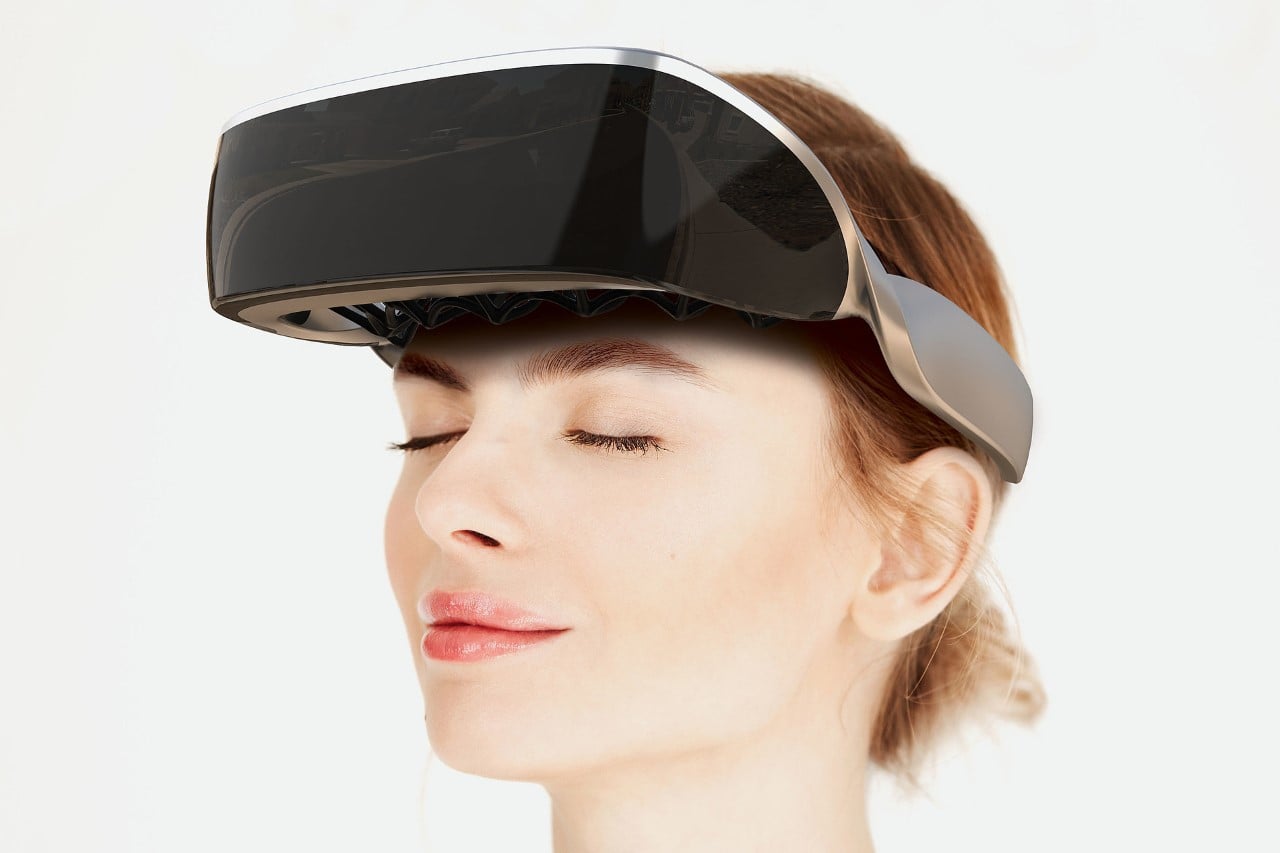
.lumen – Glasses for the Blind by DESIRO Vision for .lumen [Luminary Winner 2021]
Founded as a research startup with the mission of empowering the blind, .lumen just unveiled their first wearable, a head-worn gadget for the visually impaired, that mimics the helpful characteristics of a guide dog. The guide dog, unanimously seen as a good solution, has multiple drawbacks – high cost of training, and most blind people can’t take care of guide dogs on their own. Due to this, there are only around 20,000 guide dogs for 40 million blind people. The Red Dot Luminary Award-winning .lumen offers a much more scalable solution to solving the daily problems of the visually impaired. Designed to sit on heads the way a VR or AR headset would (without obstructing the eye region), the .lumen glasses can do three things incredibly well. It can understand an environment, its objects, their positions/movement in 3D; it can then compute interaction paths to wanted objects, or generally, based on context; and finally, the glasses can transmit information to the blind using haptic and auditory impulses.
Click here to view more Award-winning designs from the 2021 Red Dot Design Concept Award.

